Never Ready: A Congress on the Visuality of the Internet
The multitude of spaces in the online world have widely been unified in the last few years. Innovation and finding your own unique solutions have been pushed aside, easing us into lazy comfort. Together with designers, writers and artists from all over the world we want to go off grid for a breather and get out of our cozy pillows. Together we want to be nostalgic about a new web that has yet to be conjured by us and share new possibilities and viewpoints for a happier and more diverse time in front of and behind the screen. We envision a digital detox from the online anecdotes and how the internet should look and delve deep into new narrations that break up with our templated reality. To overthrow the golden rules of web design to which we are bound and embrace lost or new ways of how the web works.
Speakers:
DVTK (GB/FR), Kexin Hao (NL), Marco Land (DE), Olia Lialina (DE), Laiqa Mohid (GB), Sebastian Schmieg (DE), Laurel Schwulst (US), Vera van de Seyp (NL), Harald Peter Ström (SE), Yehwan Song (KR), Liebermann, Kiepe, Reddemann (DE)
Team: Moritz Ebeling, Stina Frenz, Wiebke Grieshop, Kim Kleinert, Karla Krey, Tigran Saakyan, Torben Spieker, Stephan Thiel, Leoni Voltz, Yulia Wagner; Klasse Digitale Grafik
Prof. Christoph Knoth, Prof. Konrad Renner
Timetable
- 2:30 p.m.: Introduction & Performative Opening
- 3 p.m.: 5 Colours for The Eternal Wave by Laurel Schwulst
Laurel Schwulst is an American artist, writer, and professor. Selected works include “How to Build a Bird Kite” (interactive for the New York Times, 2021), Flight Simulator (app for iOS and Android published by Soft, 2019), and Perfume Area (book co-written with Sydney Shen, published by Ambient Works, 2015). - 4 p.m.: Thoughts from 25 years of web designing (when no one is a web designer ((myself included (((maybe))) by Harald Peter Ström
Peter Ström (1978) is a graphic / web designer and educator based in Stockholm, Sweden. Peter started out exploring and participating in the early web in the mid 1990s, as part of the first generation growing up online. He launched web publications such as Harald.net, Reload.org and (the infamous) Alfabag.com. He later founded web design agency Speedway (later Abel & Baker), spent a few years in Berlin and eventually studied graphic design at the Rietveld Academy in Amsterdam. After graduating in 2006, he relocated to Stockholm and launched graphic design studio Konst & Teknik with Mattias Jakobsson, with the aim to intersect traditional graphic design and digital design into one practice.
Since 2016 he is senior lecturer in Visual Communication and part of the faculty at Beckmans College of Design where he teaches and researches design for screens.
In 1998 he was named Swedens Coolest Webdesigner by industry publication Cap & Design. Exactly 20 years later, in 2018, he was awarded the Berling Price for his work bridging the digital and analogue typography in Sweden.
Currently (2022) Peter works on a few design commussions with Konst & Teknik, researches the preservation of digital design as well as being an active board member at contemporary art gallery Issues. He is also a slow learner and intrigued sceptic on all thing Web3. - 5:15 p.m.: Four You. History of the WWW in four epochs: Under Construction, Update, Upload, U by Olia Lialina
Olia Lialina (b. Moscow, 1971) is among the best-known participants in the 1990s net.art scene - an early-days, network-based art pioneer. Her early work had a great impact on recognizing the Internet as a medium for artistic expression and storytelling. This century her continuous and close attention to Internet architecture, "net.language" and vernacular web has made her an important voice in contemporary art and new media theory. Lialina is credited with founding one of the earliest web galleries, Art Teleportacia. She is cofounder and keeper of One Terabyte of Kilobyte Age archive and a professor at Merz Akademie in Stuttgart, Germany and a GIF model. - 6 p.m.: Panel: Hypertext as Native Language with Laurel Schwulst and Harald Peter Ström
- 7 p.m.: In & off screen, within & amongst bodies by Kexin Hao
Kexin Hao is a visual artist and designer born in Beijing and based in The Netherlands. Her practice is a marriage of graphic design and performance art. Having initiated and being involved in various creative projects across China and Europe, Kexin challenges not only geometrical borders but also disciplines of design, film, performance, and music, as well as physical boundaries between art and non-art space. Using a daring visual language, the work is a constant swing between intimate close-up on personal stories and zoom-out to collective narratives; between a past of political heaviness and a flashy modernity rendered in humour and sarcasm. In her recent works, Kexin investigates in the themes of body, rituals, health, archive, and collective memory. - 8 p.m.: Students Meeting, BBQ and Drinks
• 10 a.m.: Body as Interface, Guided Meditation with Kim Boutin
Kim Boutin is a designer, educator, and researcher. She is the co-founder of DVTK, a digital direction studio based between London and Paris. The studio advises and creates virtual worlds for the digital space. Its approach to interactive design is rooted in forward-thinking strategy, in order to create experiences for a diverse range of clients, from fashion (Kenzo, Coperni, Nike) to arts (Serpentine Galleries, Barbican, ZKM) and tech (Apple, Google, Farfetch).
• 11 a.m.: <Dynamic Equilibrium> by Yehwan Song
Yehwan Song is a Korean-born artist and designer.
She designs and develops experimental websites and interactive graphics. Through her projects, she tries to flip the general understanding of web design and subvert common user-experience behaviors, which oversimplify users' behavior. She pursues diversity above consistency and efficiency.
• 12 noon: Original Copy by Marco Land
Marco Land is a designer, programmer and co-founder of ungroup, a digital design studio based in Berlin. The studio works collaboratively across various media for a diverse range of clients from individuals to institutions, focusing on interactive work.
• 2 p.m.: Serendipitous Borders: Interface as a place by Laiqa Mohid
Laiqa Mohid's work deals with interaction and world building as a method to connect people, places and memory. Using data and information as a material, Laiqa Mohid fondly paintd with code in the free time and tries to teach my computer what it means to be human.
• 3 p.m.: Hybrid Playground by Vera van de Seyp
Vera van de Seyp is a designer and creative coder. She has great interest in artificial intelligence, languages and finding systems in chaos. Currently based in Amsterdam, she runs her own practice, teaches at various art institutes and gives workshops and lectures across the world to inspire makers to code and make their own tools.
• 4 p.m.: Virtual Architectures by DVTK: Kim Boutin
• 5:15 p.m.: Panel: Anecdotes about the Interface with Kim Boutin, Marco Land and Yehwan Song
• 7 p.m.: Scroll Bar by Liebermann Kiepe Reddemann
• 8 p.m./9 p.m.: BBQ and Drinks, Never Ready Club
• 10 a.m.: Breakfast
• 11 a.m.: Web3n3rgy by Sebastian Schmieg
Sebastian Schmieg investigates the algorithmic circulation of images, texts, and bodies. He creates playful interventions that penetrate the shiny surfaces of our networked society and explore the realities that lie behind them. In particular Schmieg focuses on labor, algorithmic management, and artificial intelligence. He works in a wide range of media including video, website, installation, artist book, custom software, lecture performance, and delivery service. Schmieg’s work has been exhibited internationally at The Photographers’ Gallery London, MdbK Leipzig, HeK Basel, and Chronus Art Center Shanghai. He is a professor of Interface Design at HTW Dresden and lives and works in Berlin and Dresden.
• 12 noon: Class Rooms without Firewalls with Sebastian Schmieg, Vera van de Seyp and Laiqa Mohid
• 1 p.m.: Open End
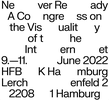
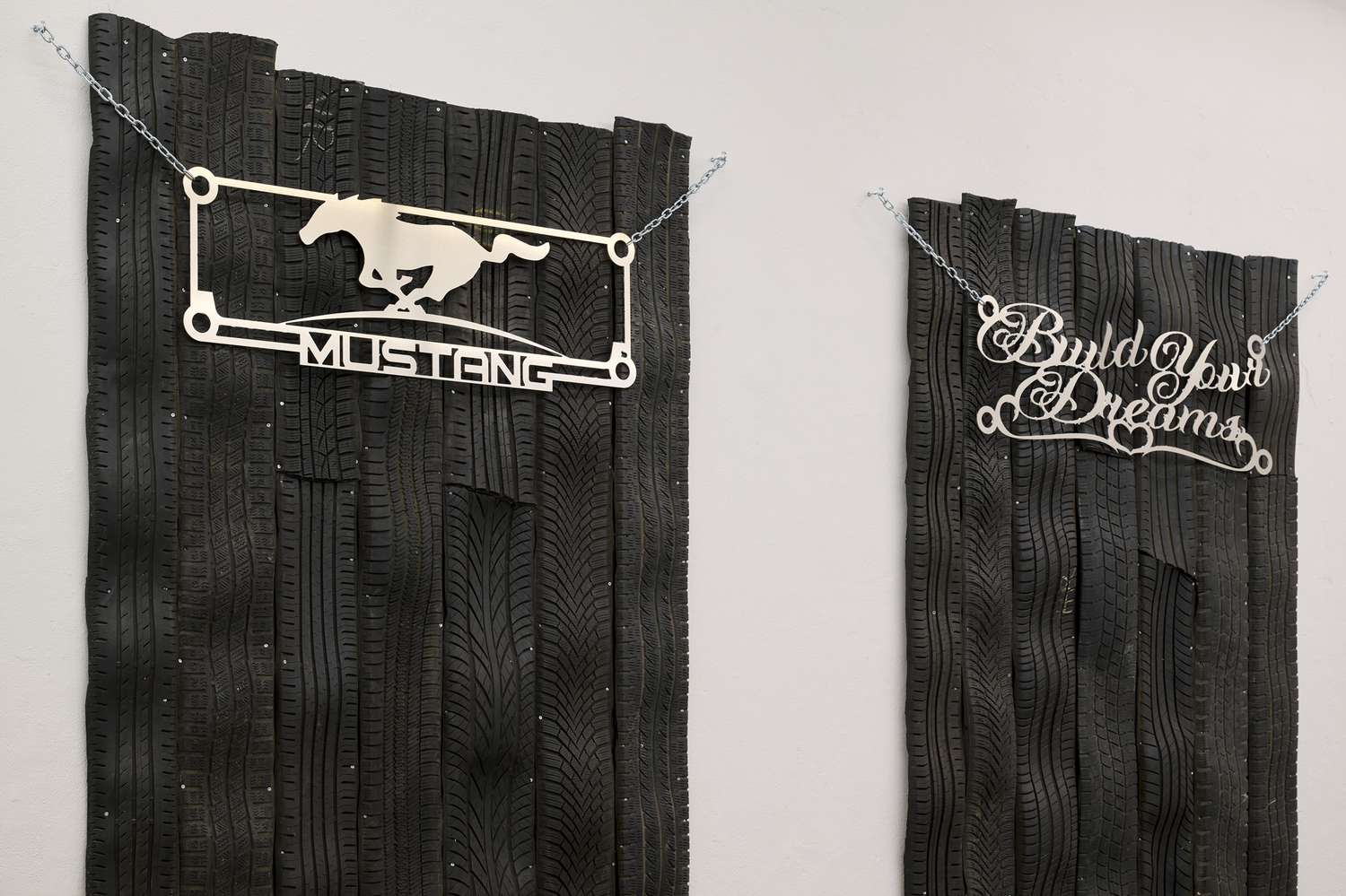
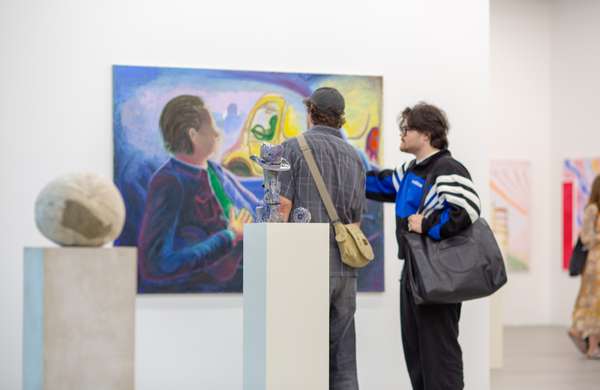
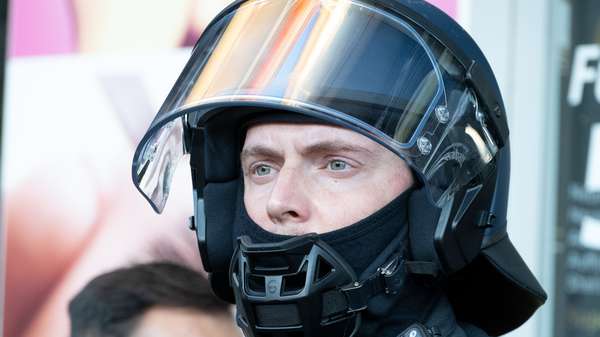
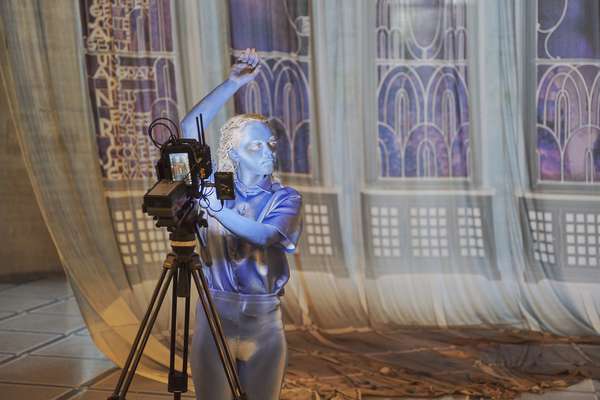
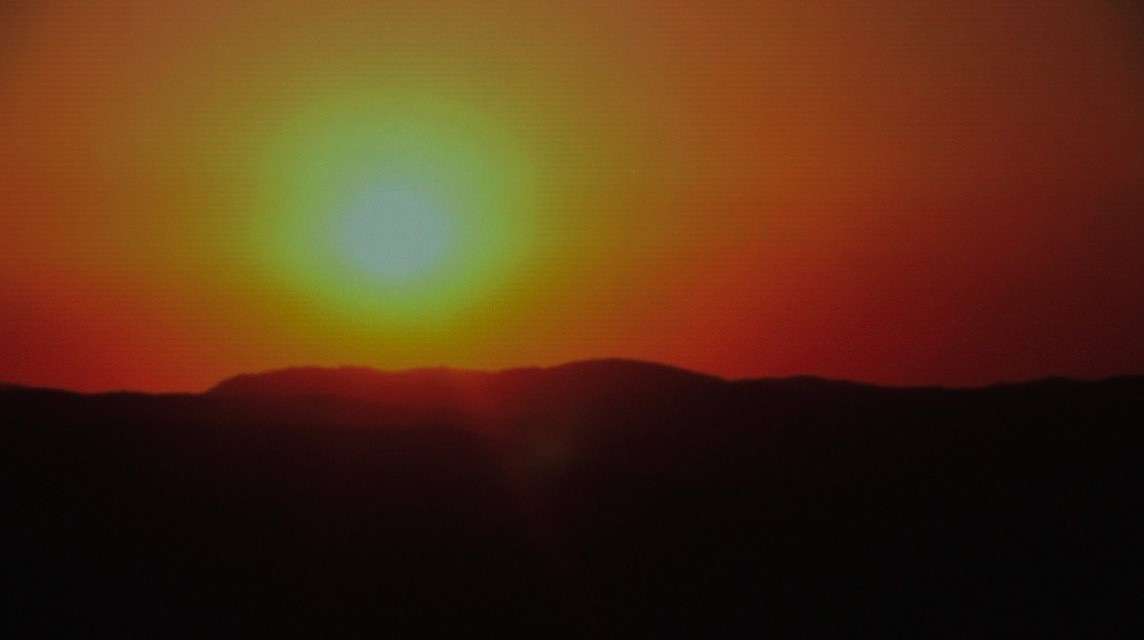
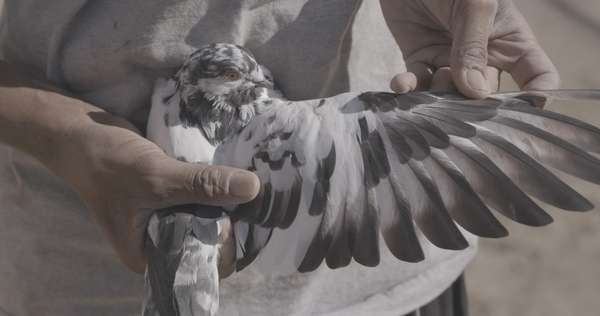
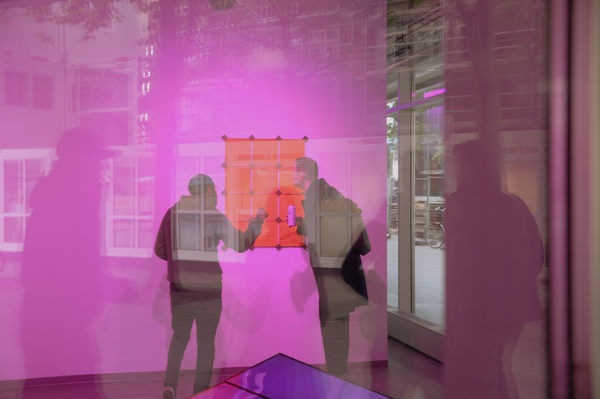
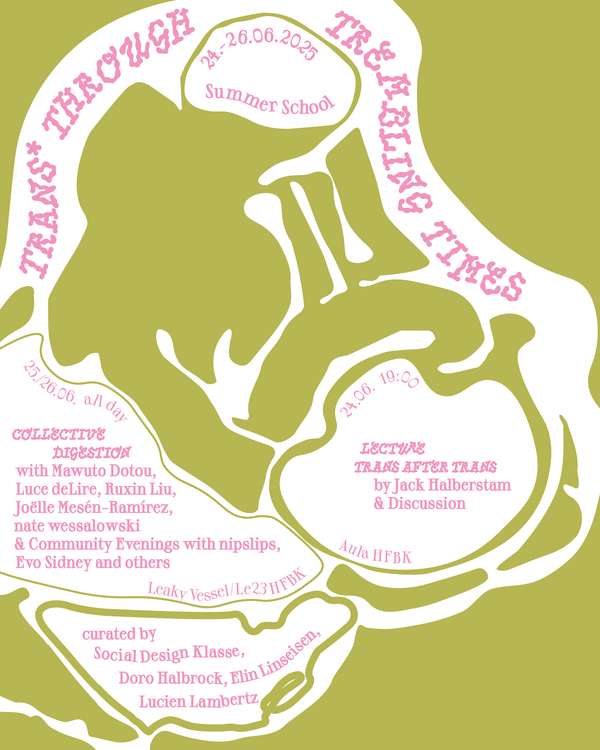
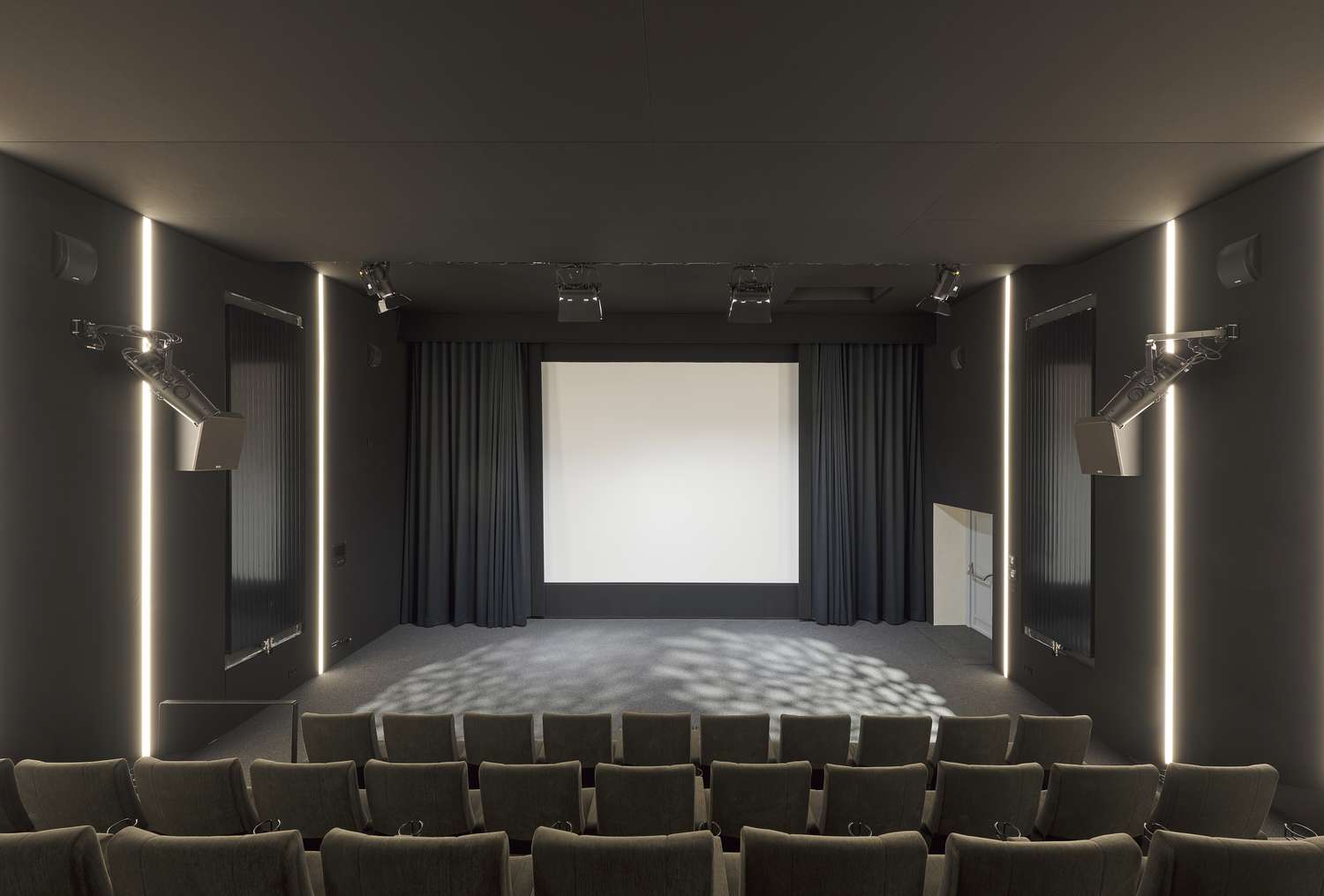
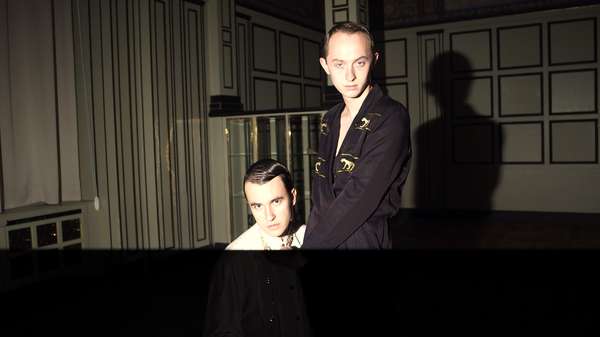
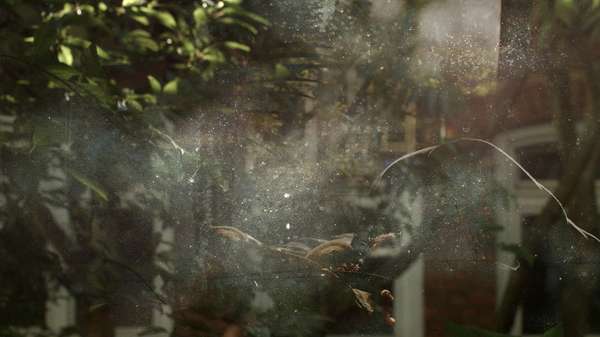
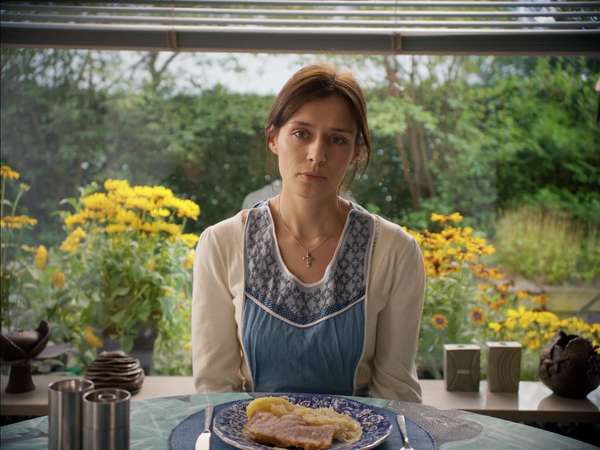
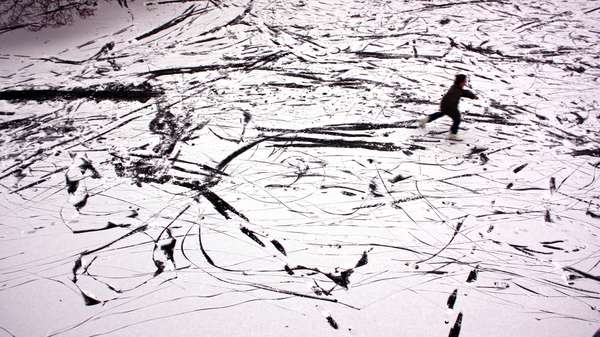
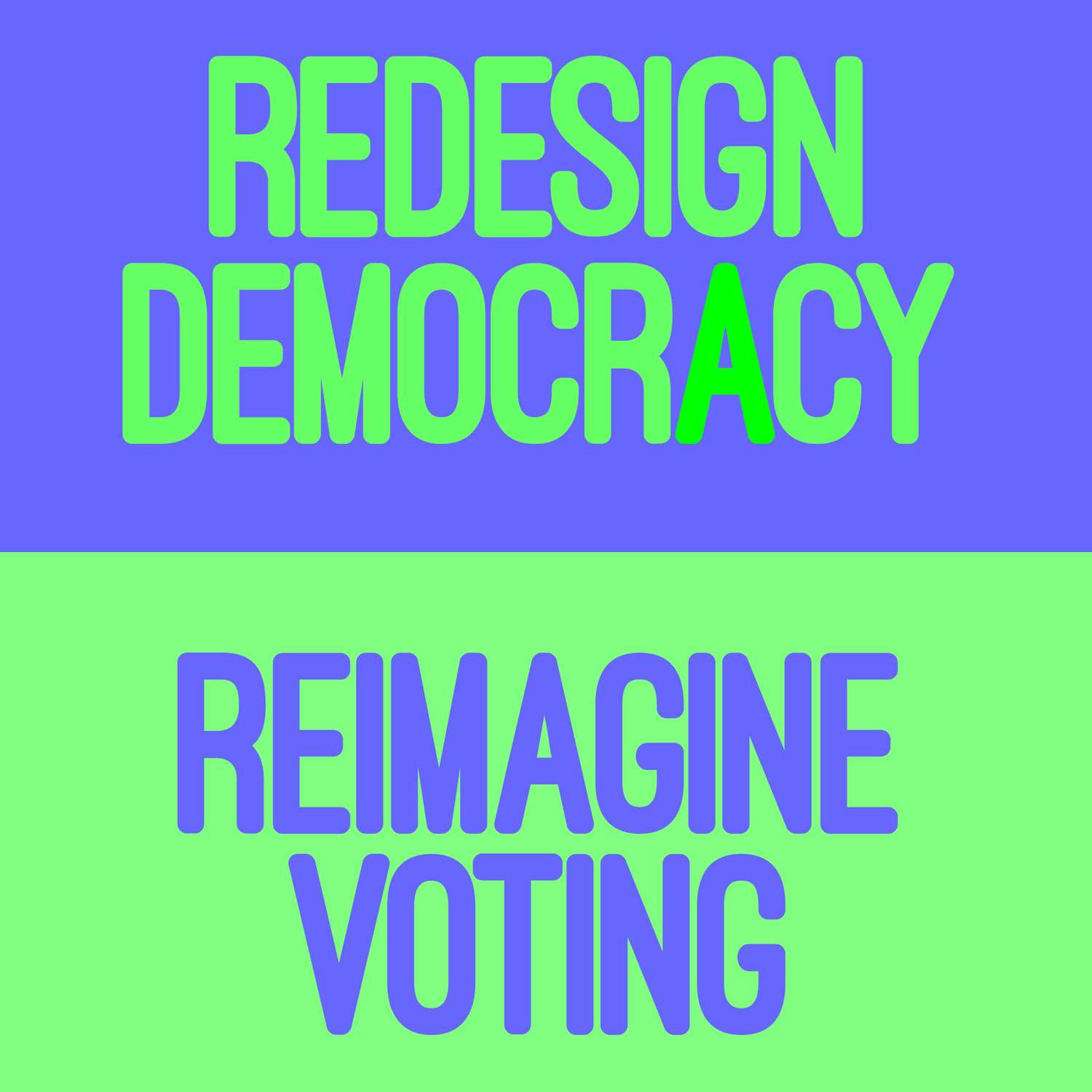
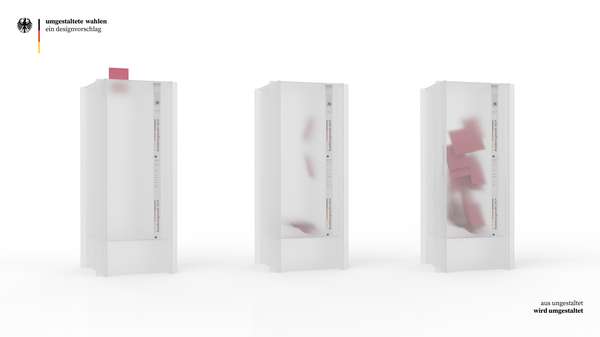
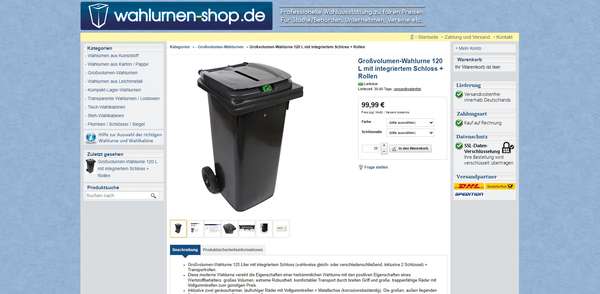
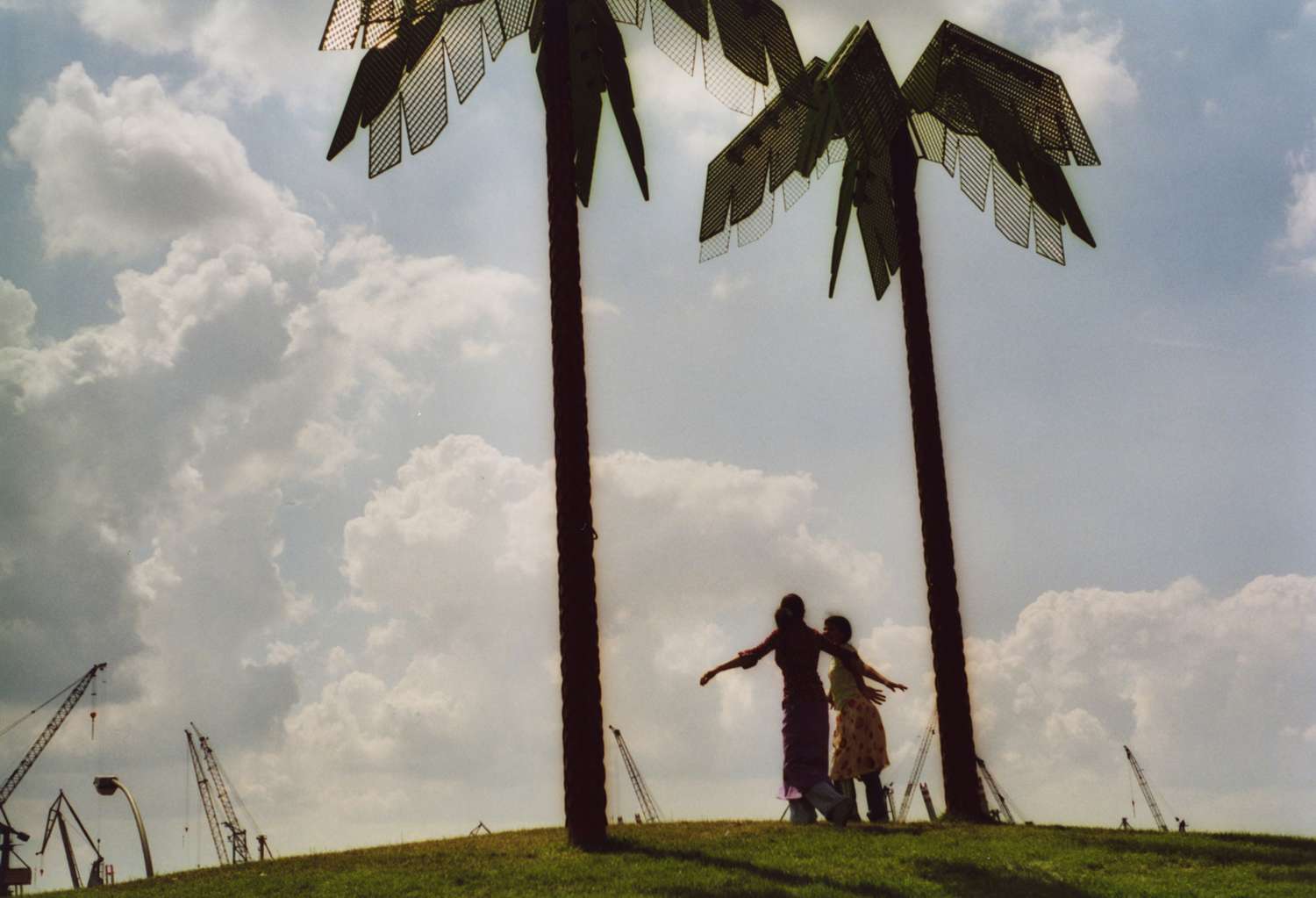
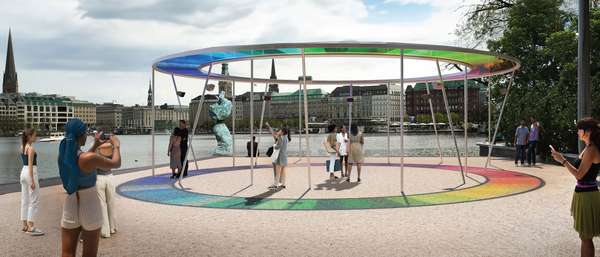
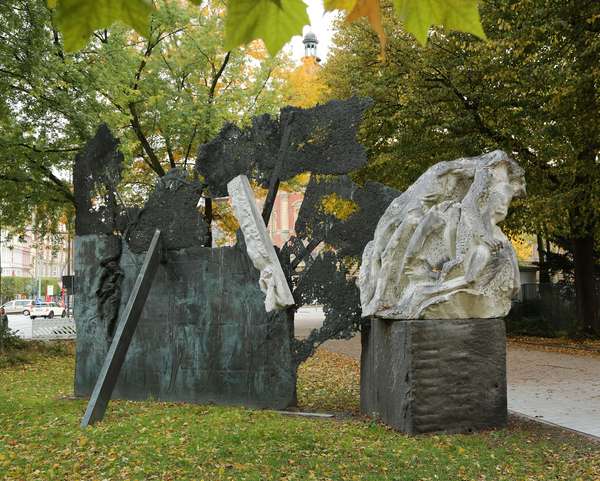
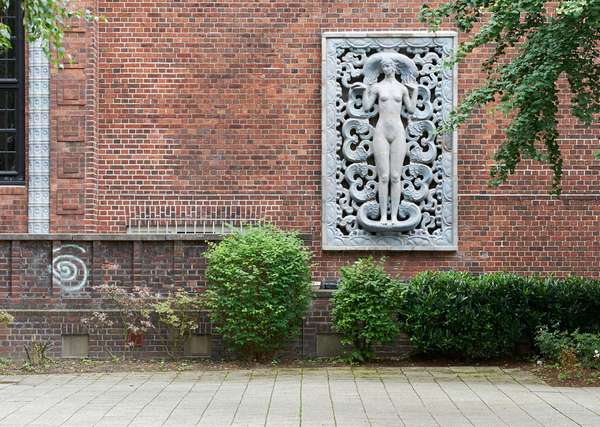
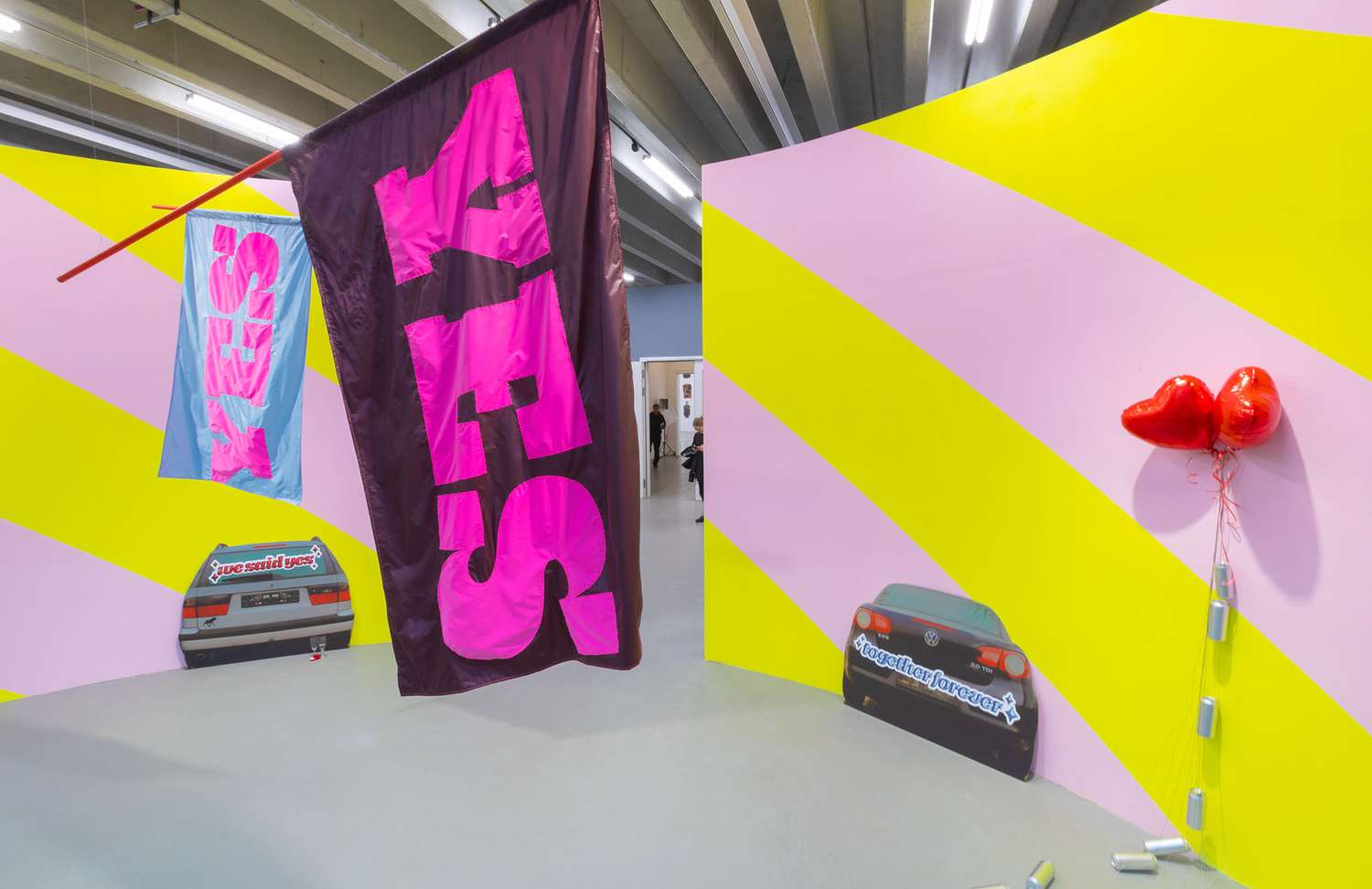
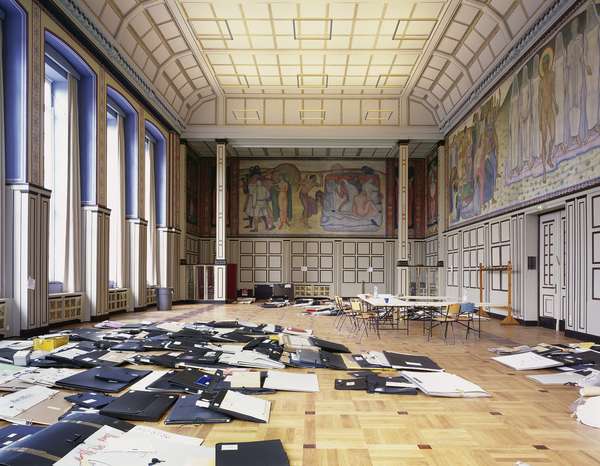
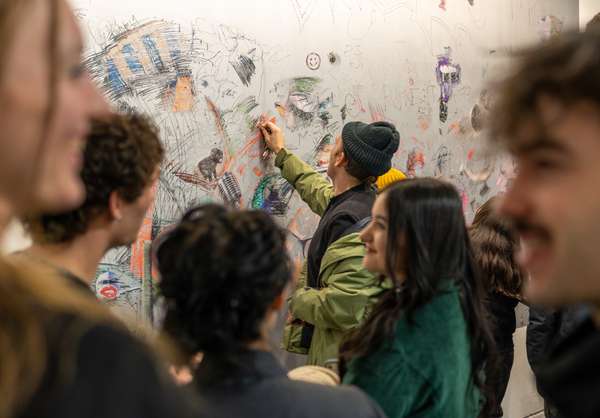
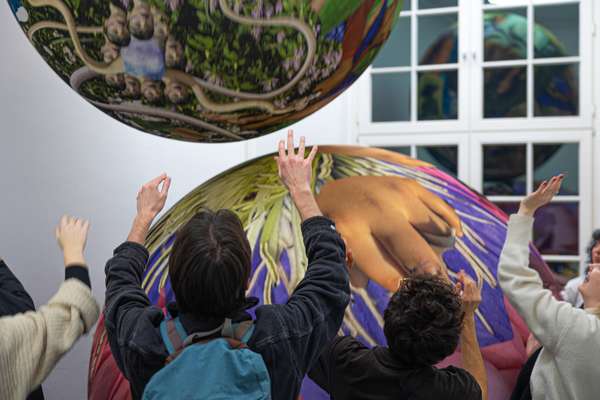
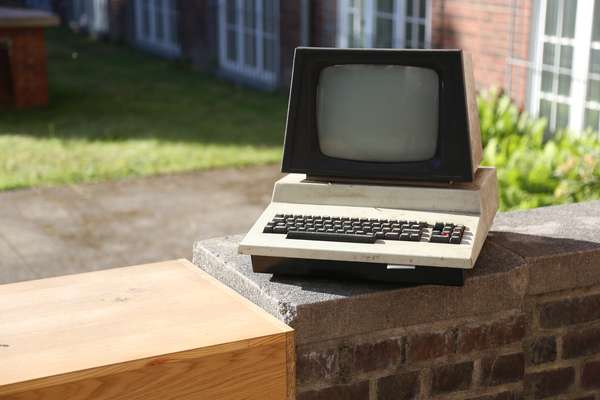

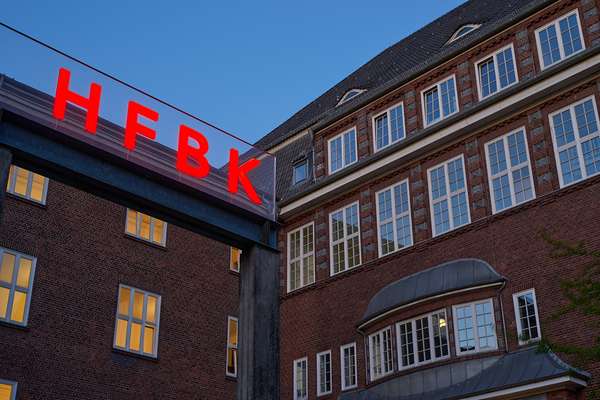
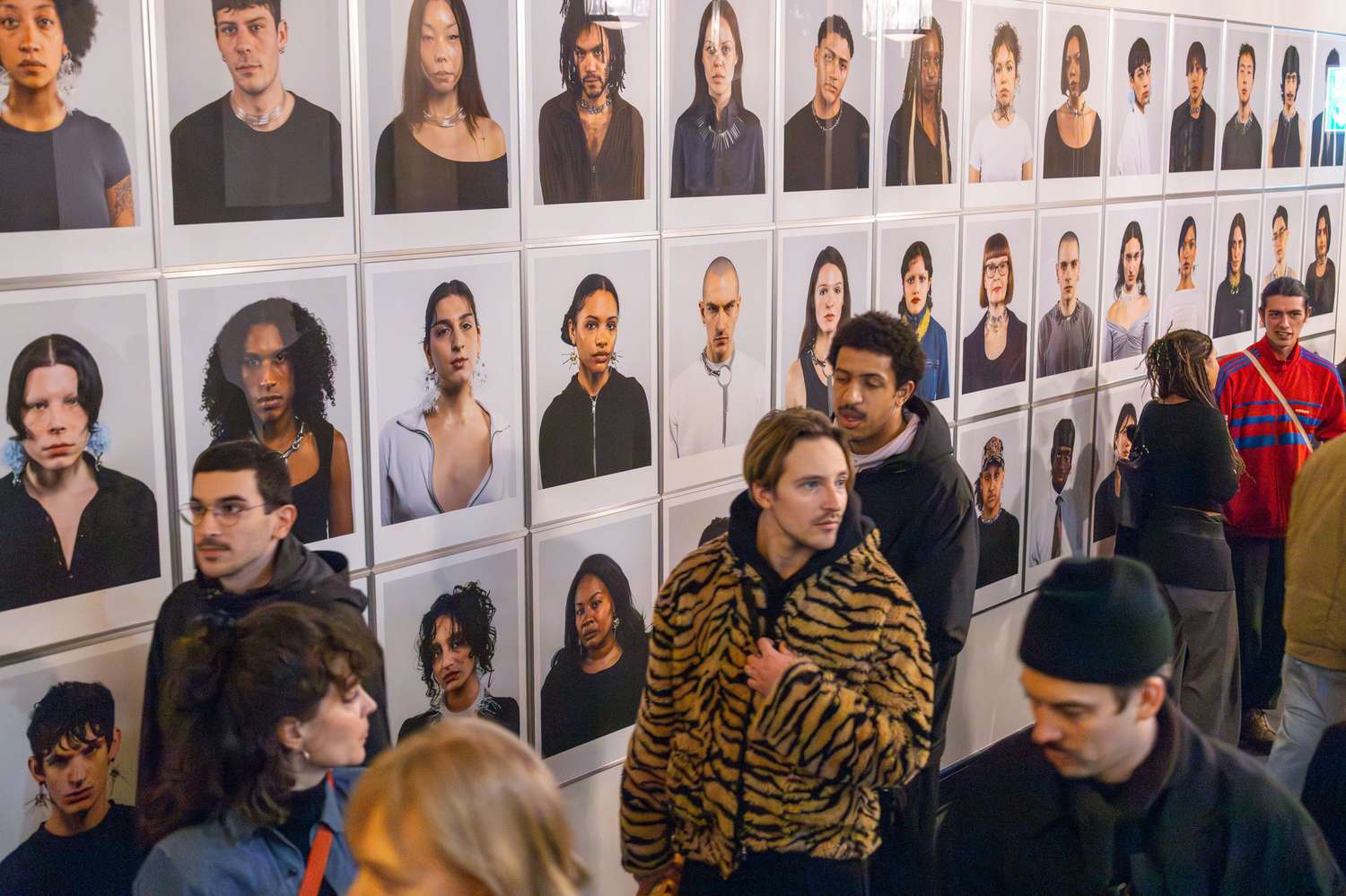

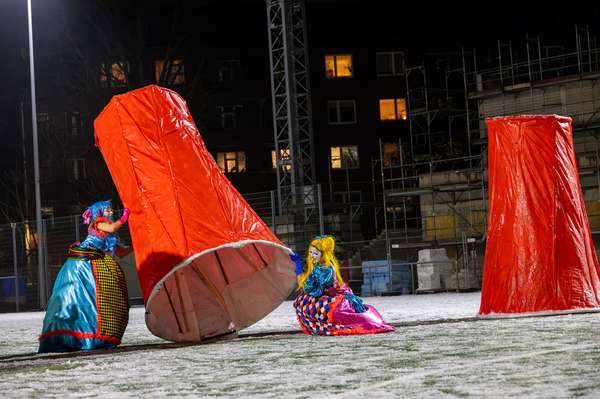
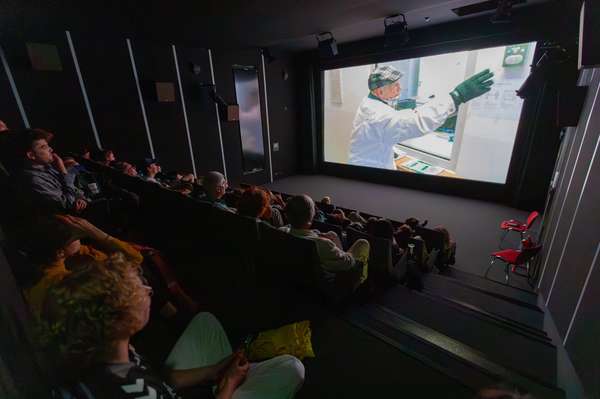
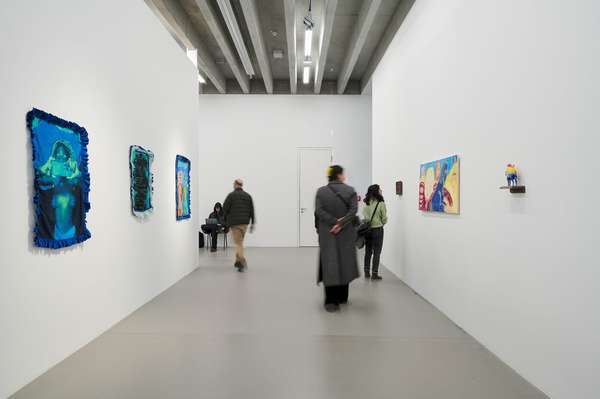
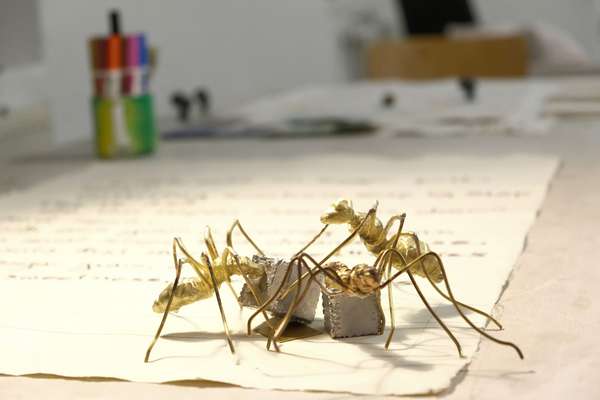
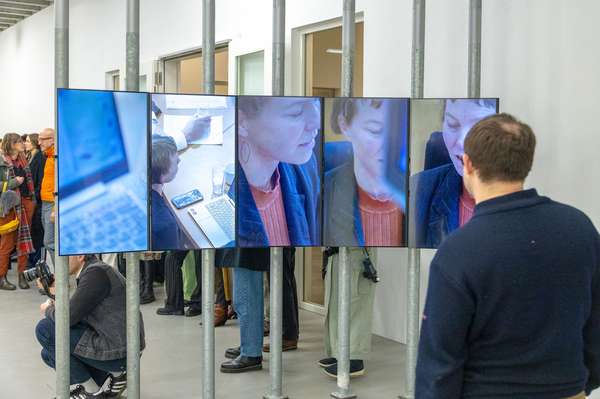
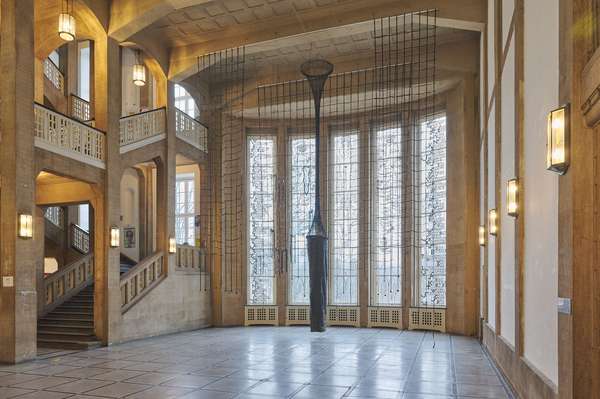
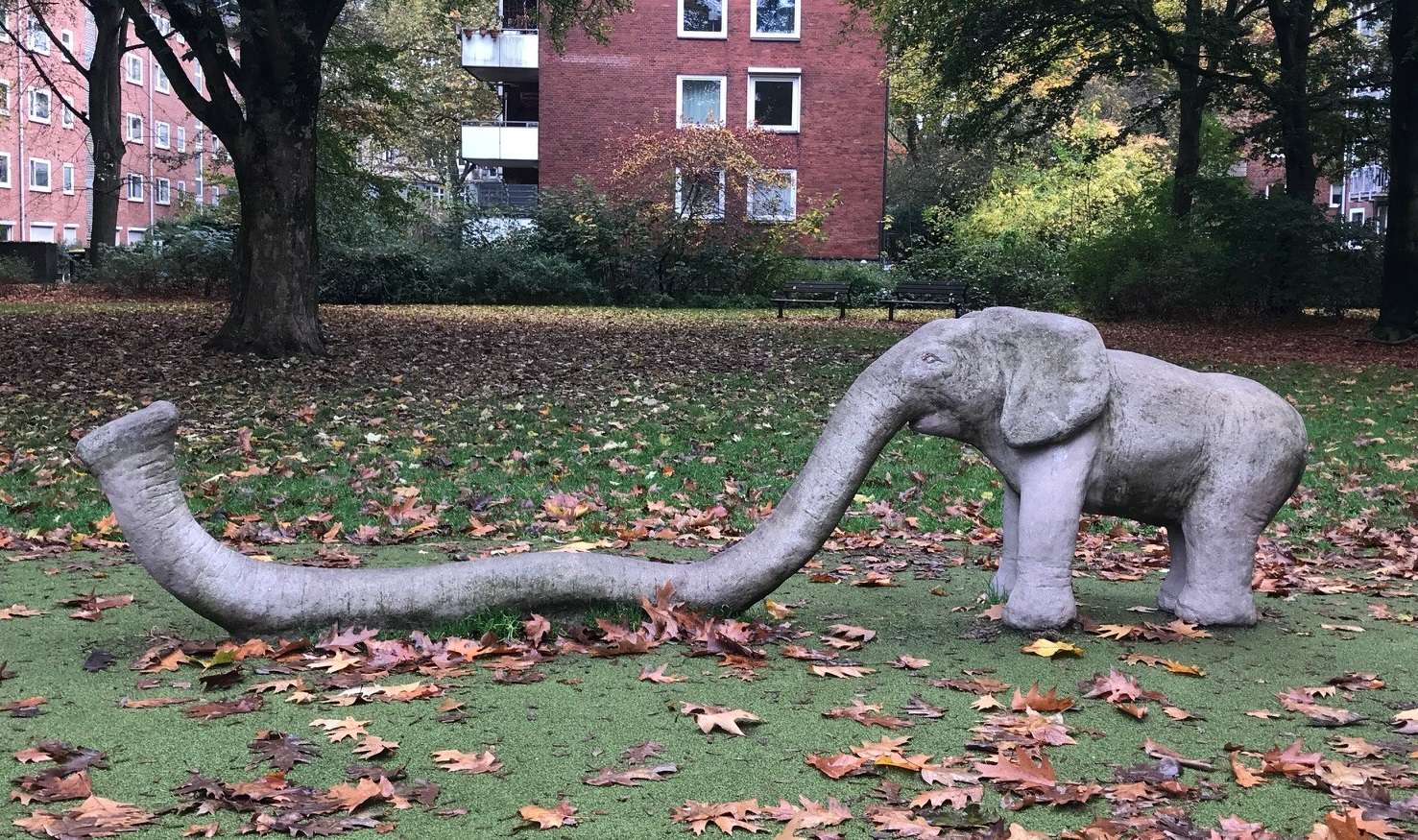
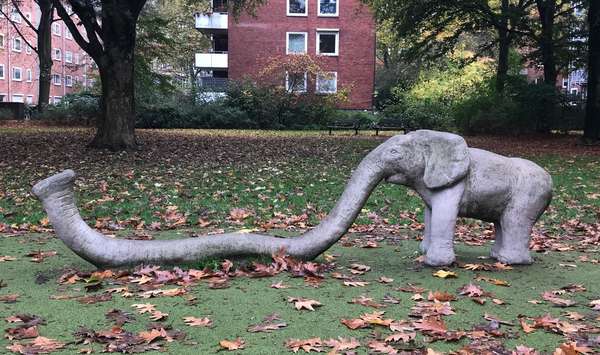
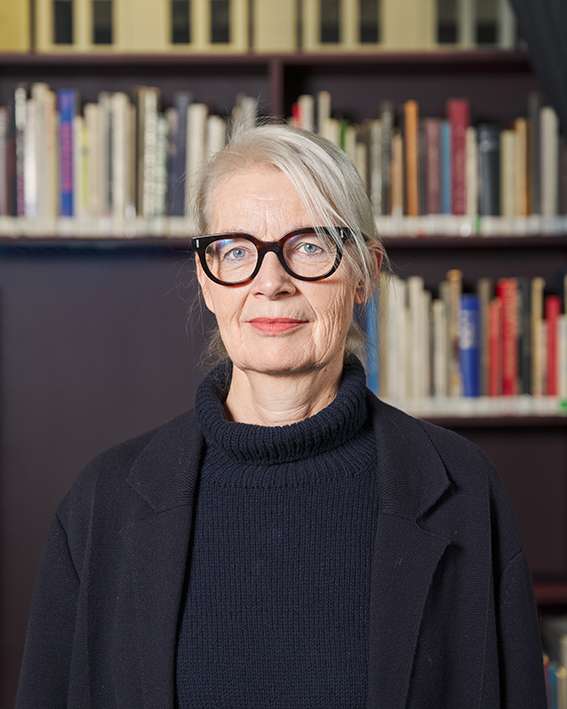
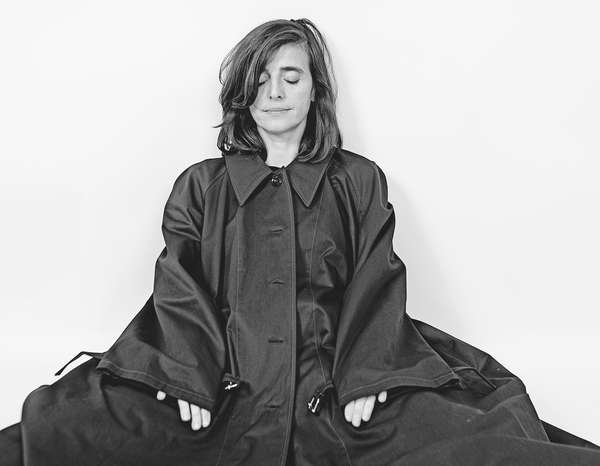
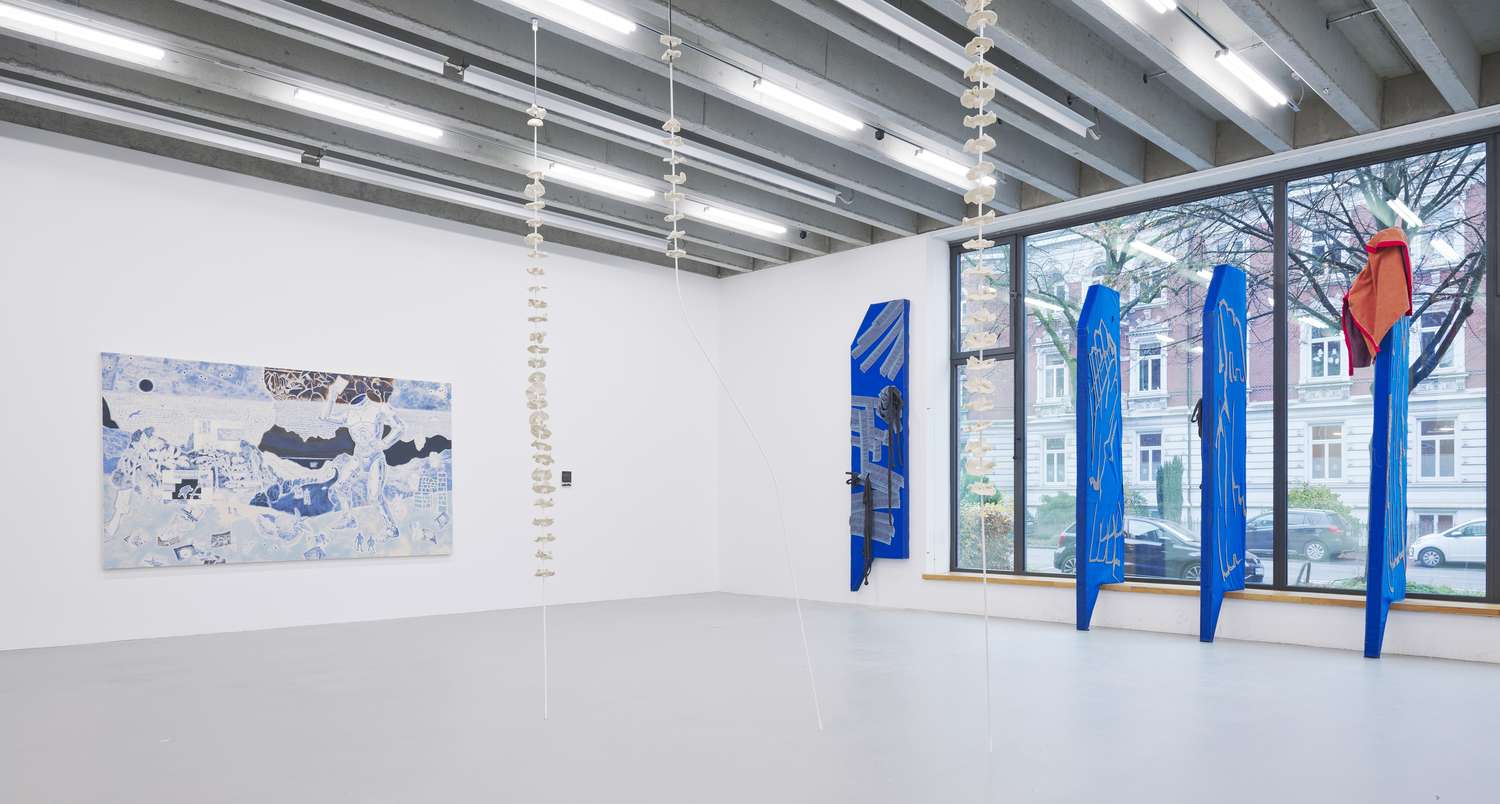
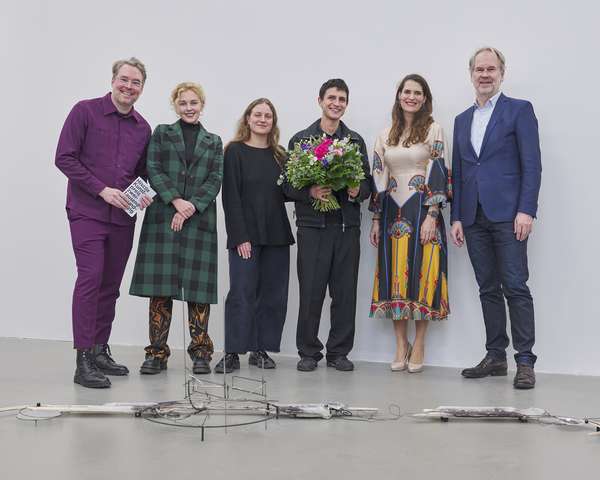
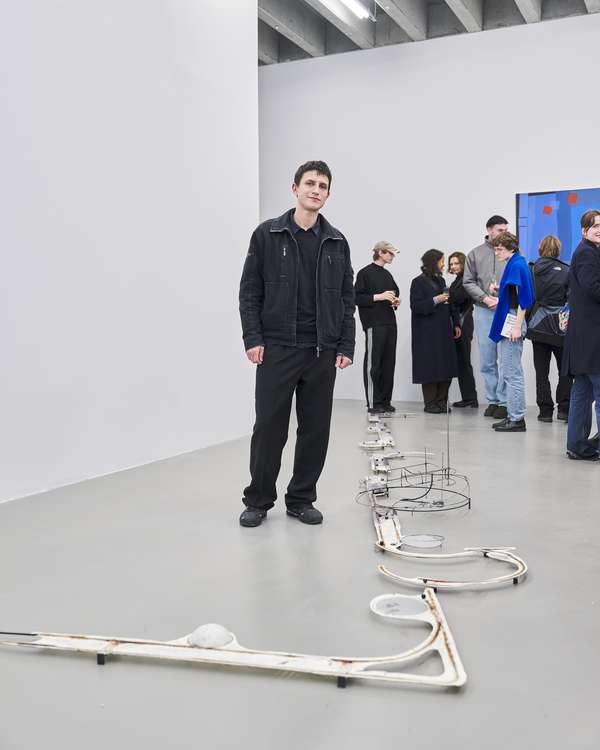
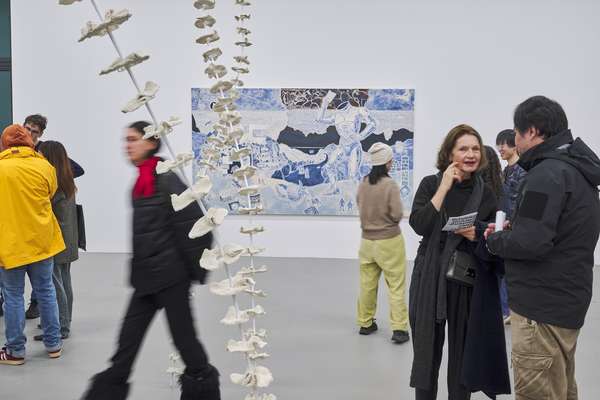
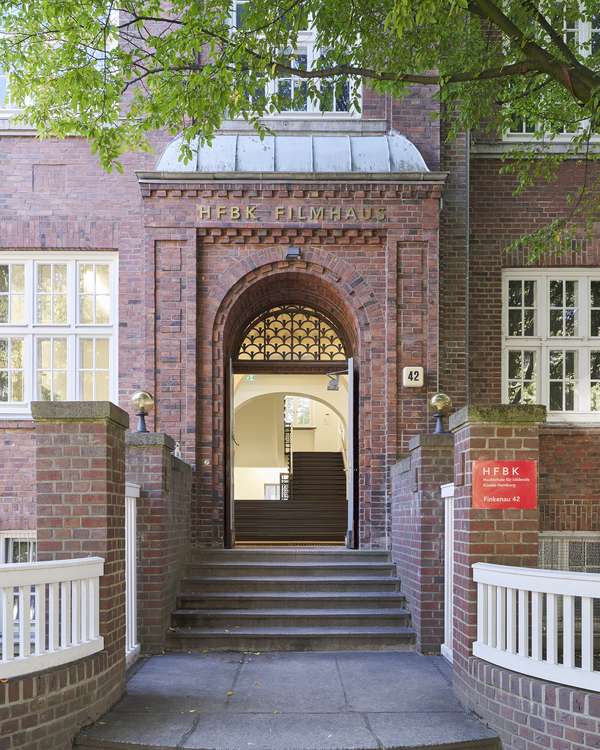
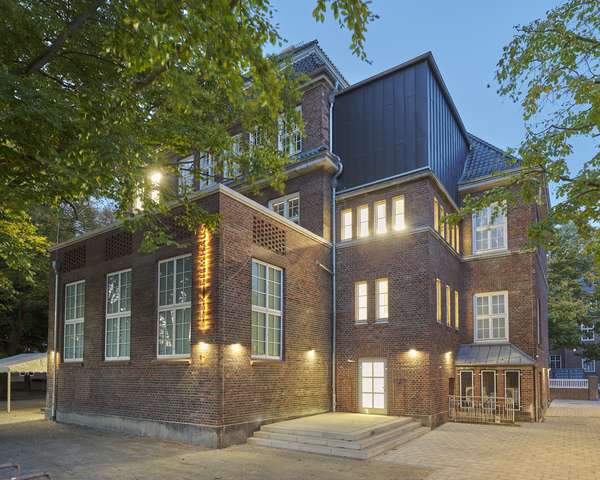
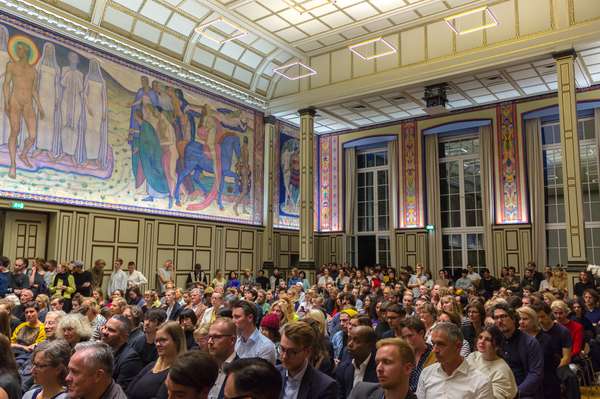
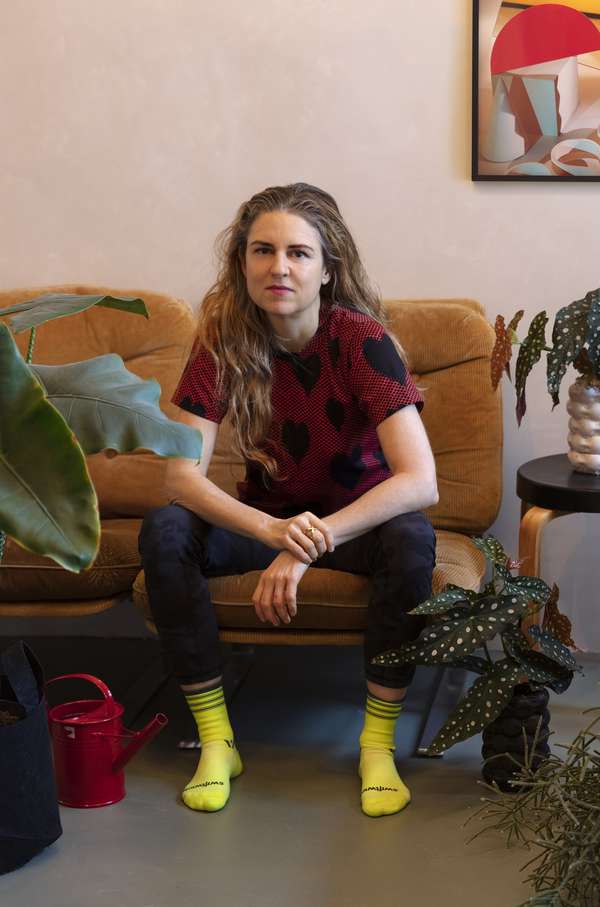
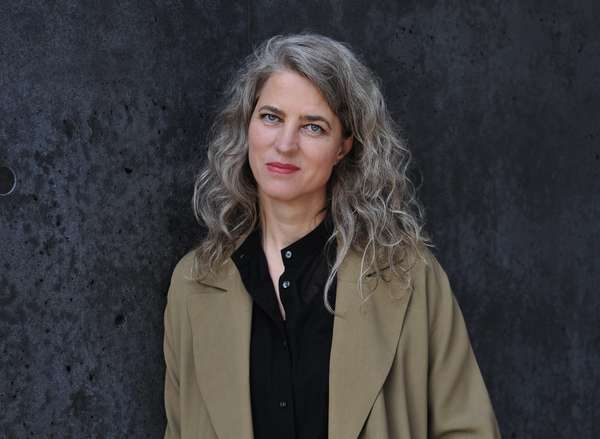
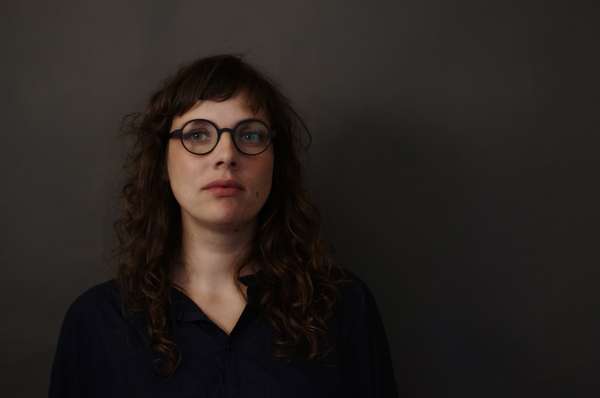
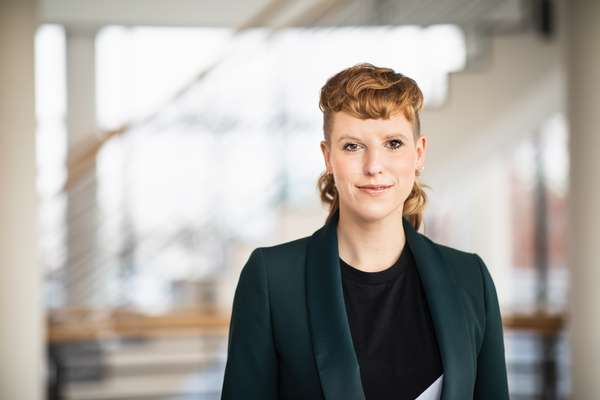
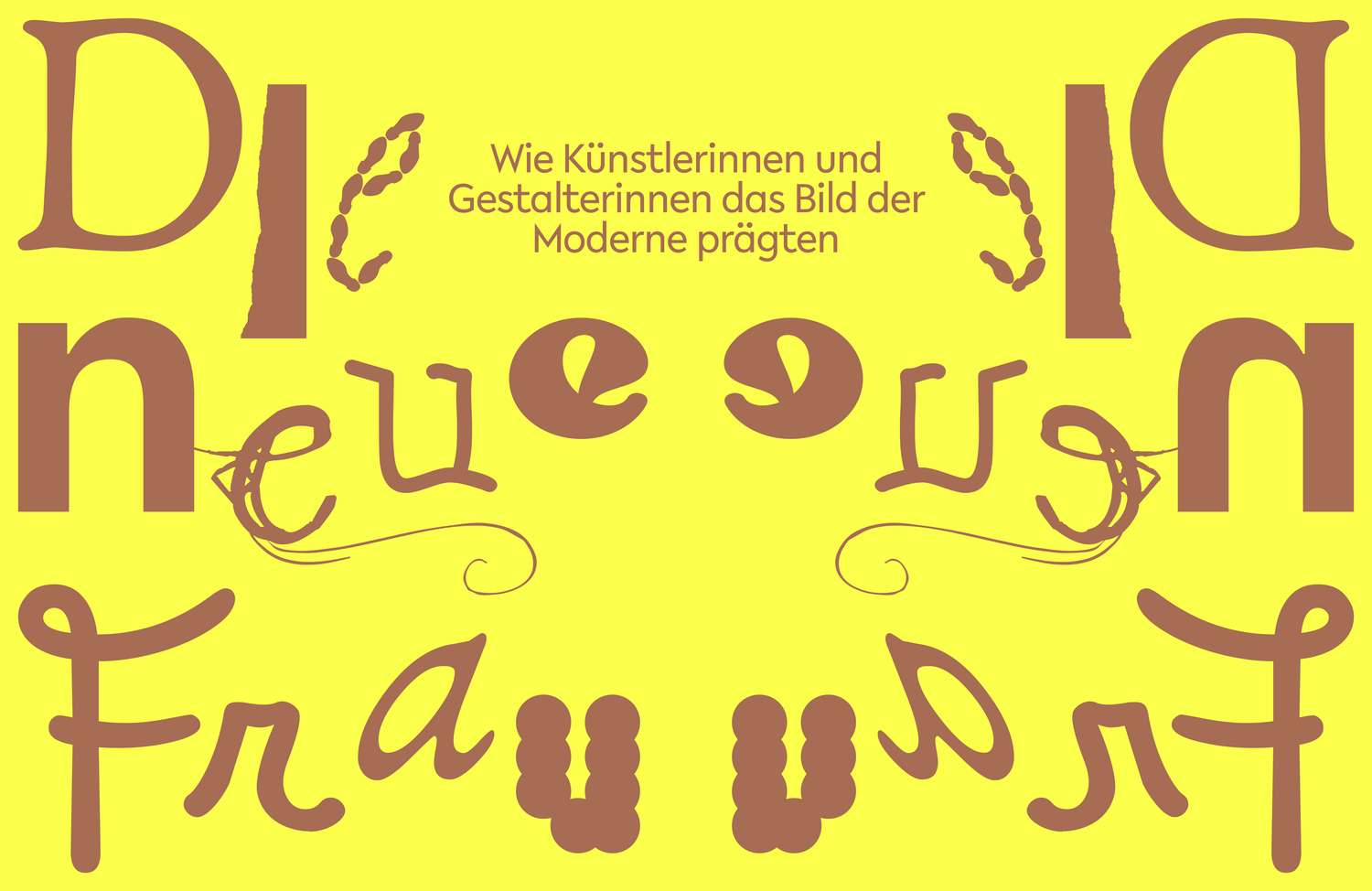
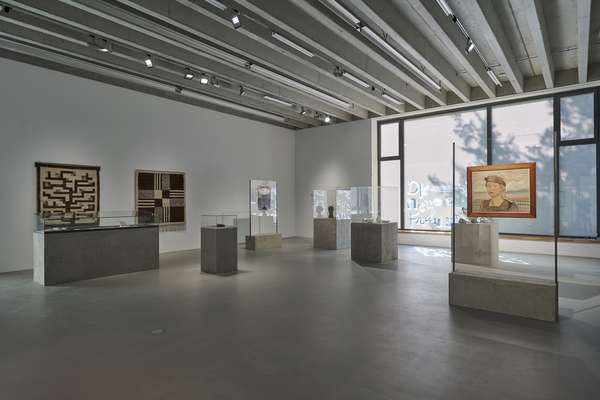
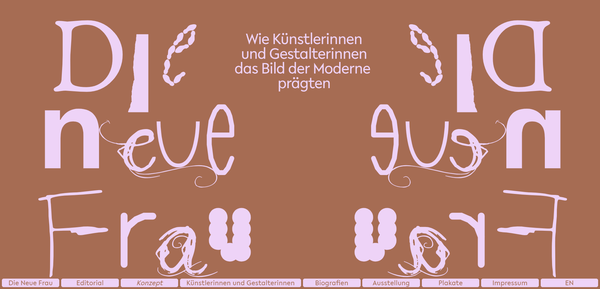
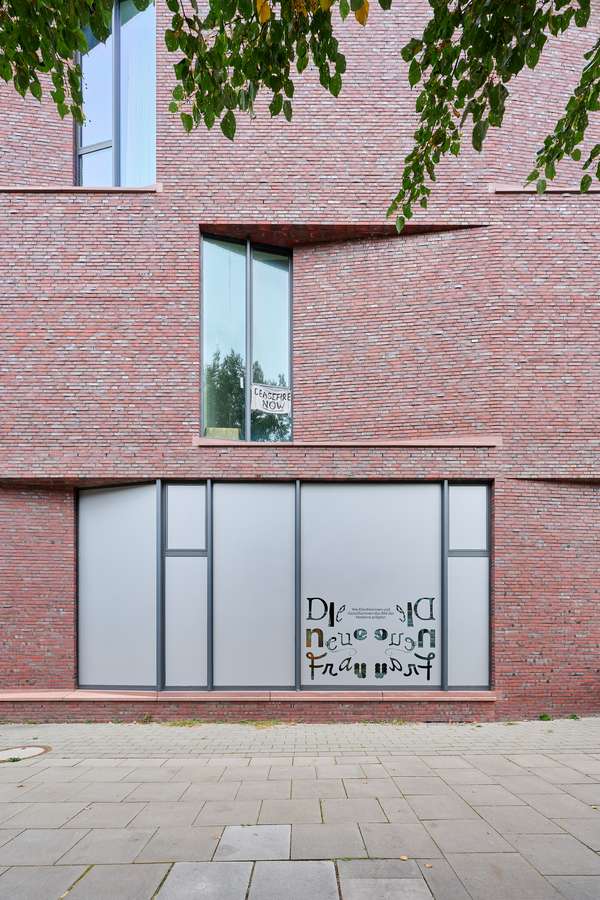
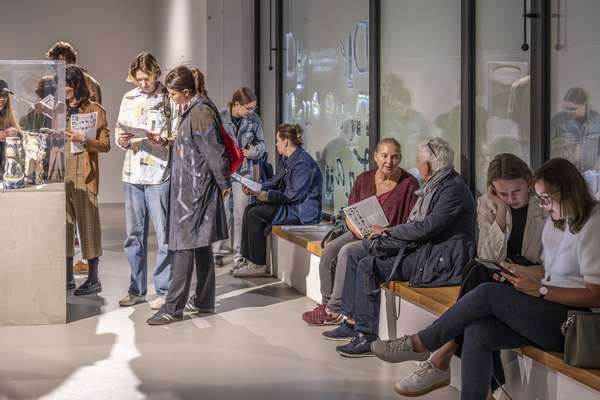
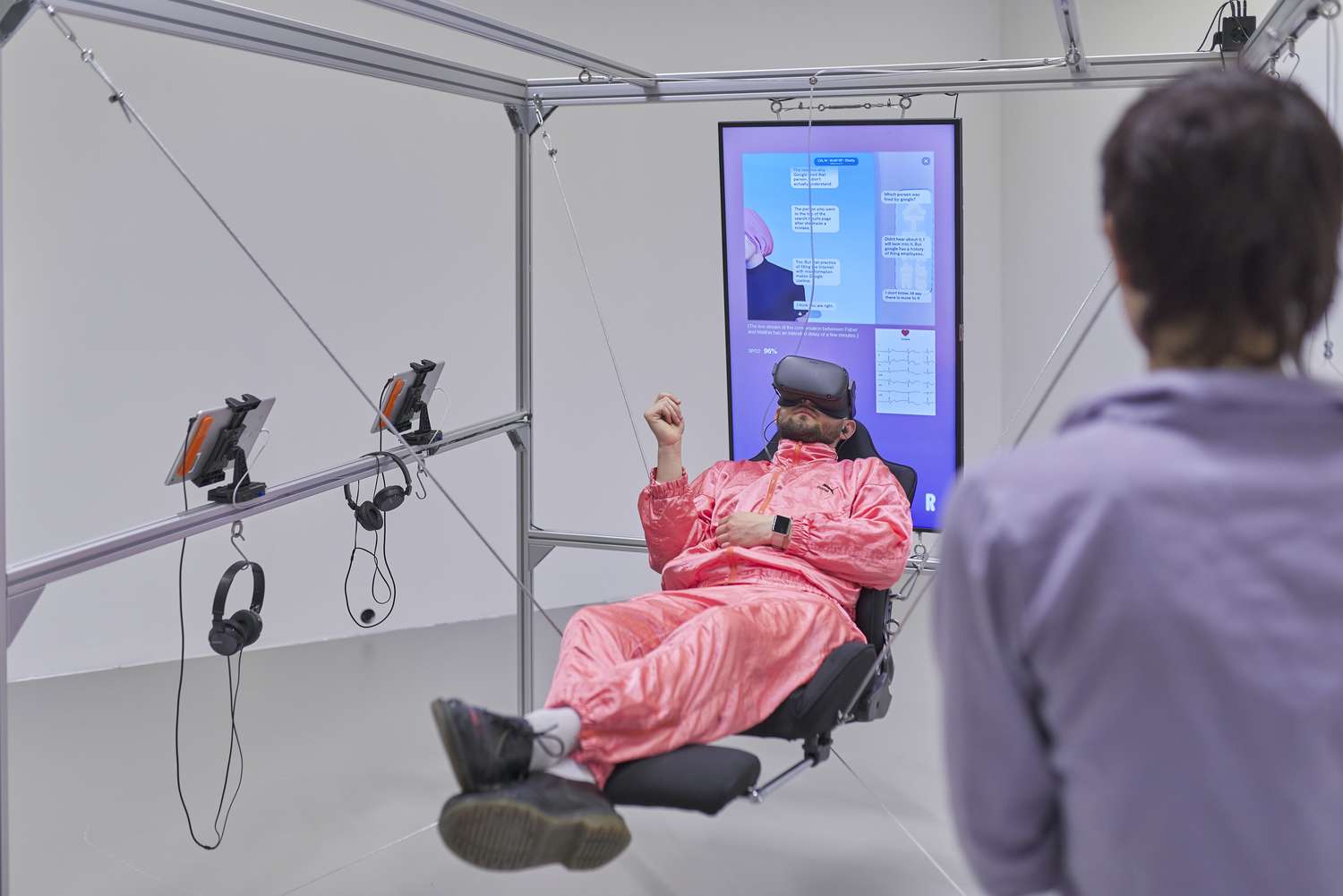
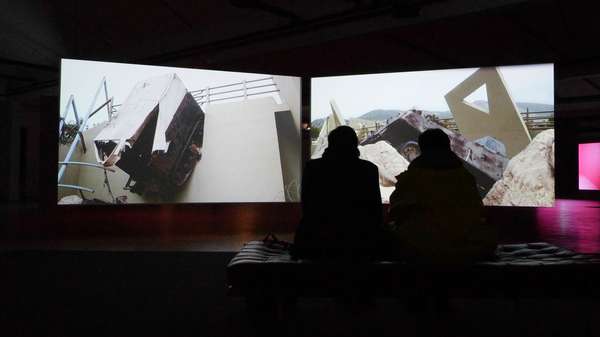
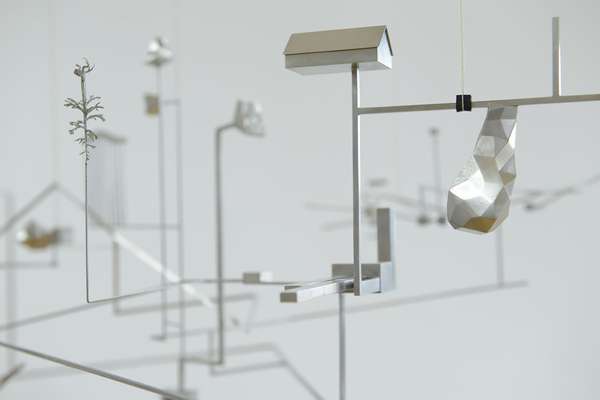
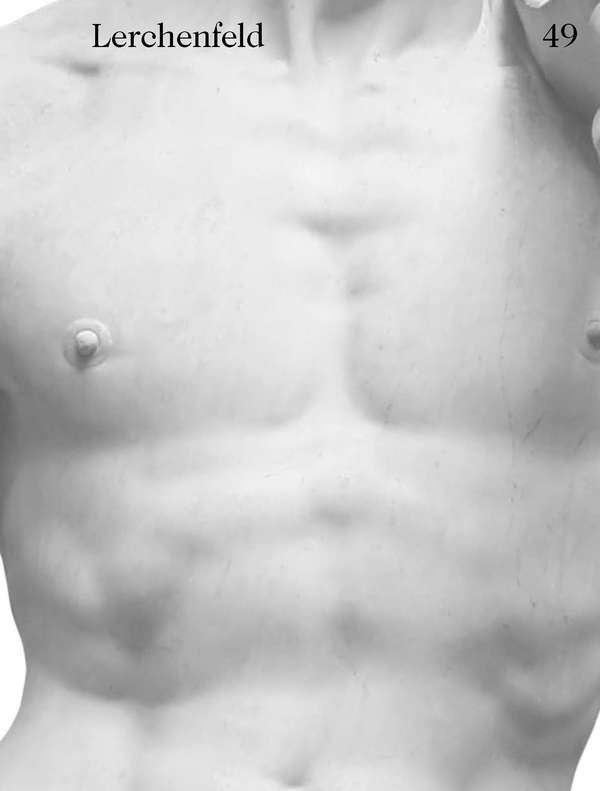
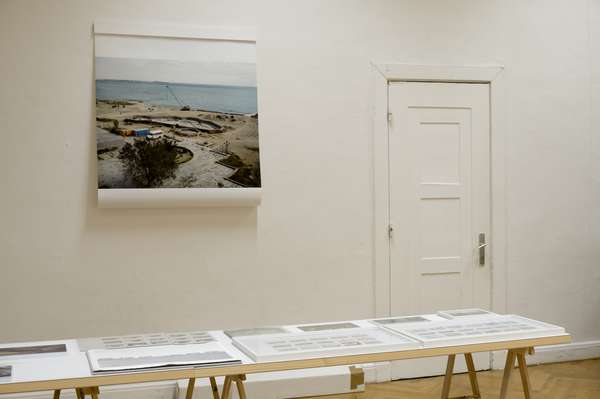
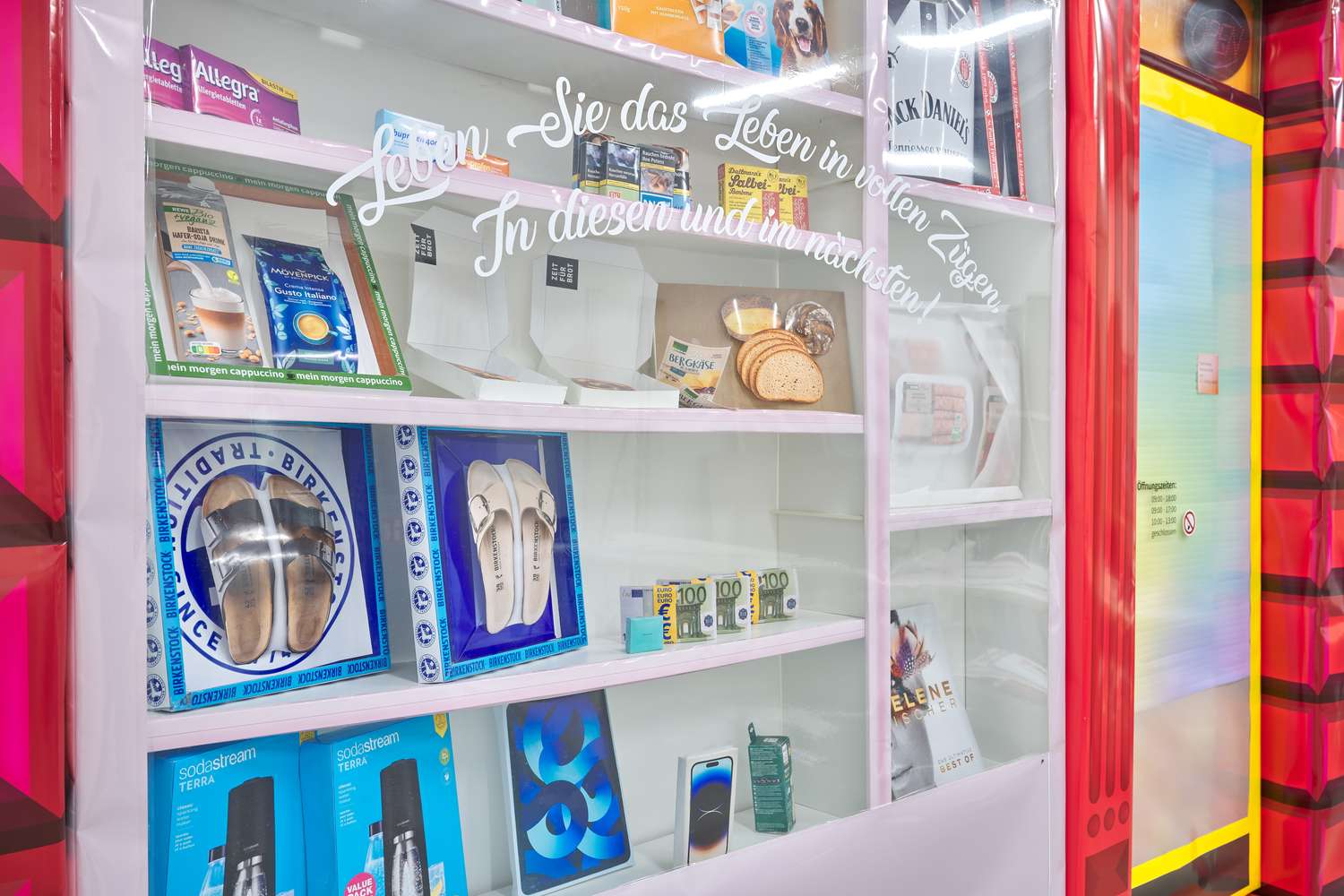
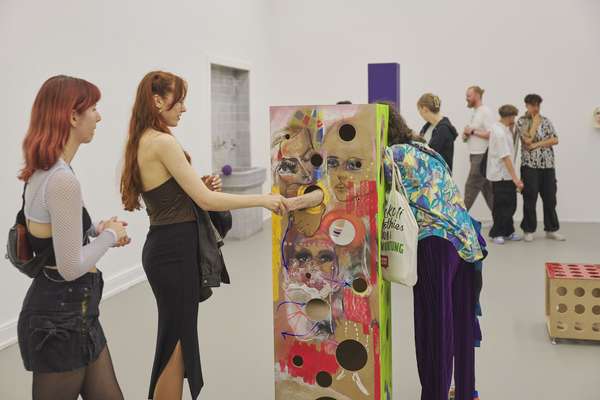
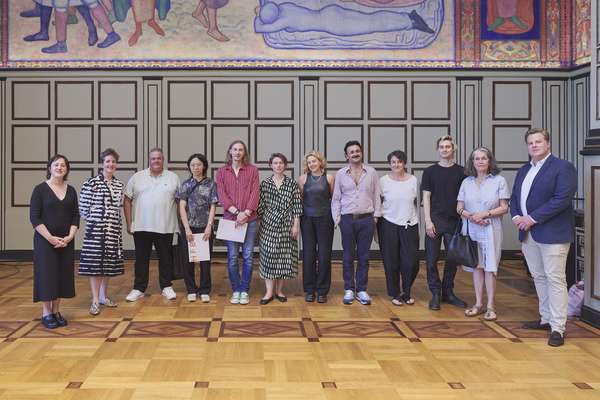
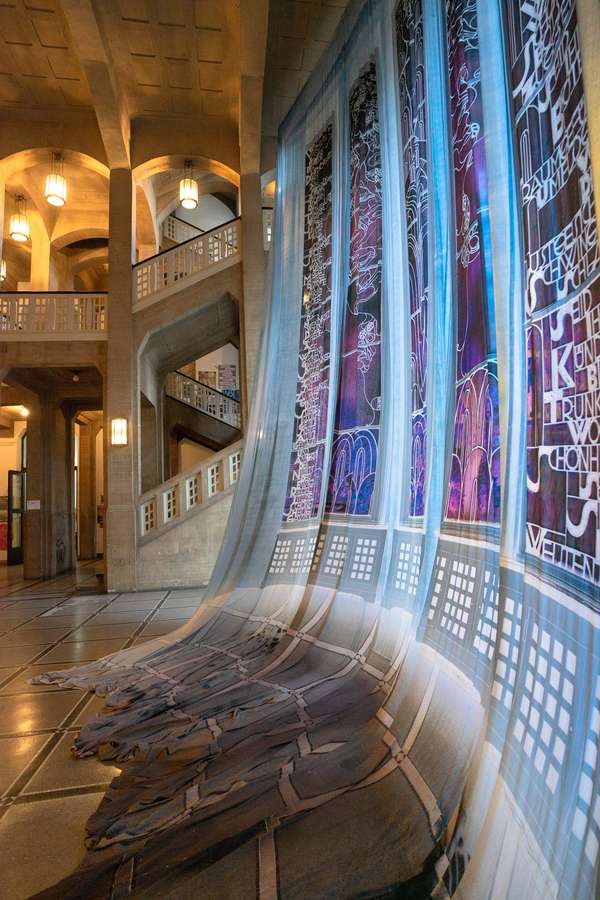
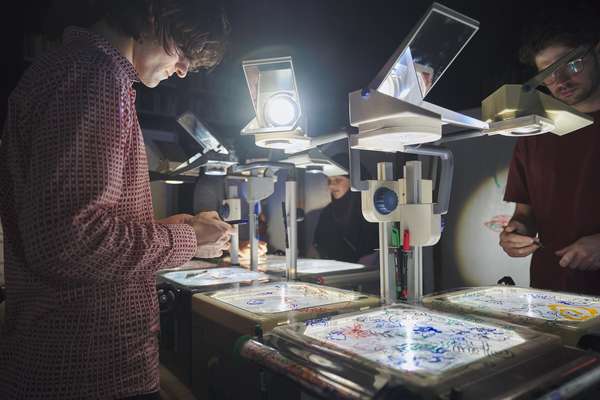
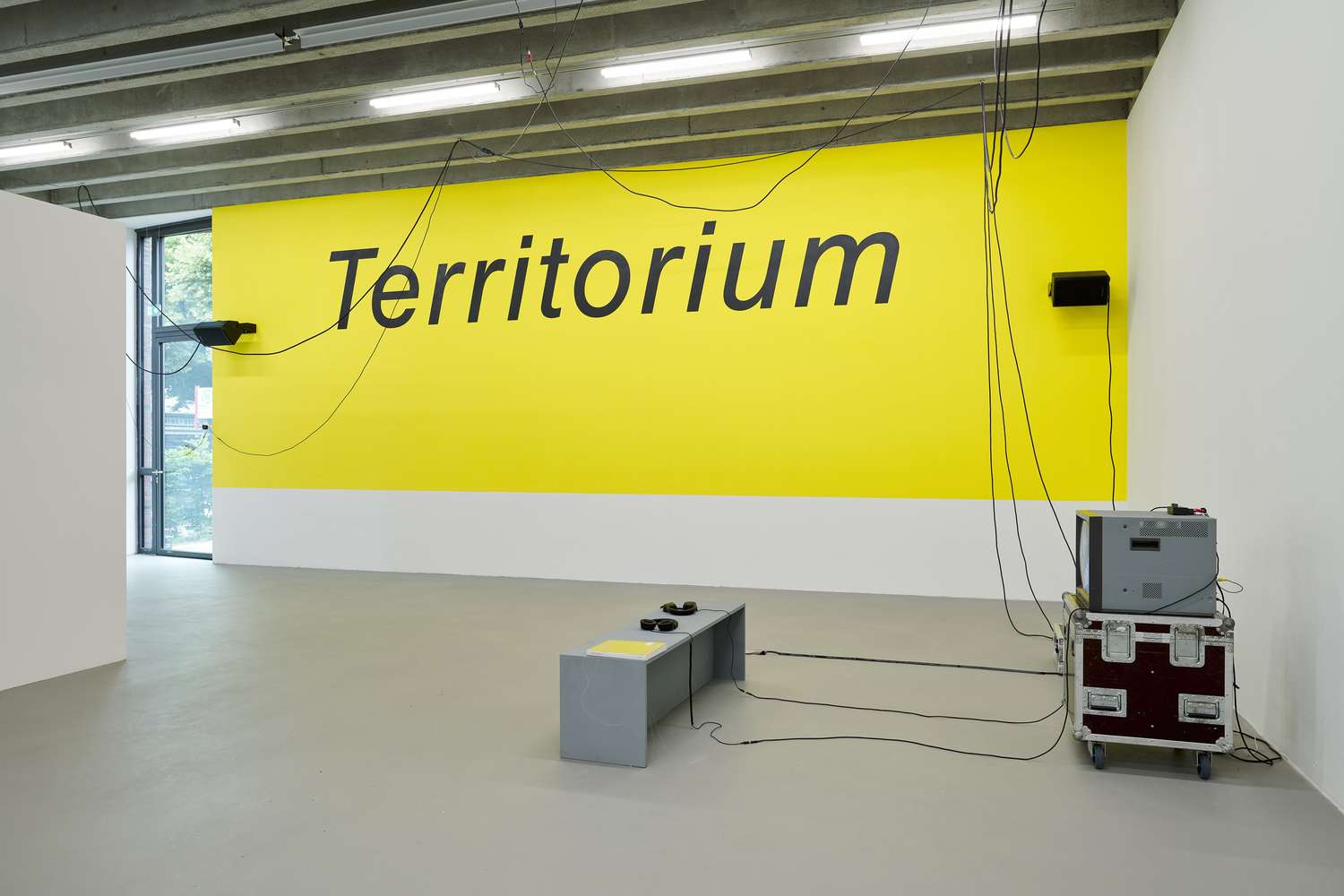
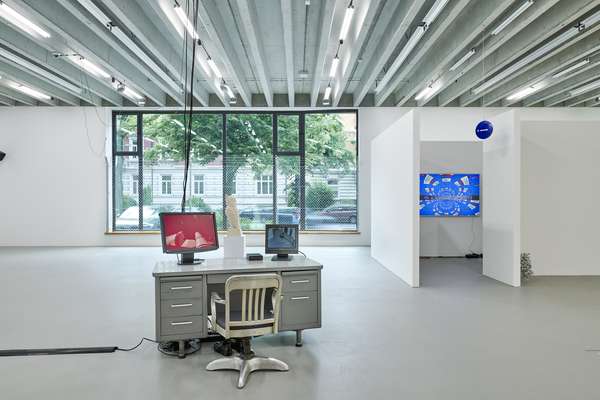
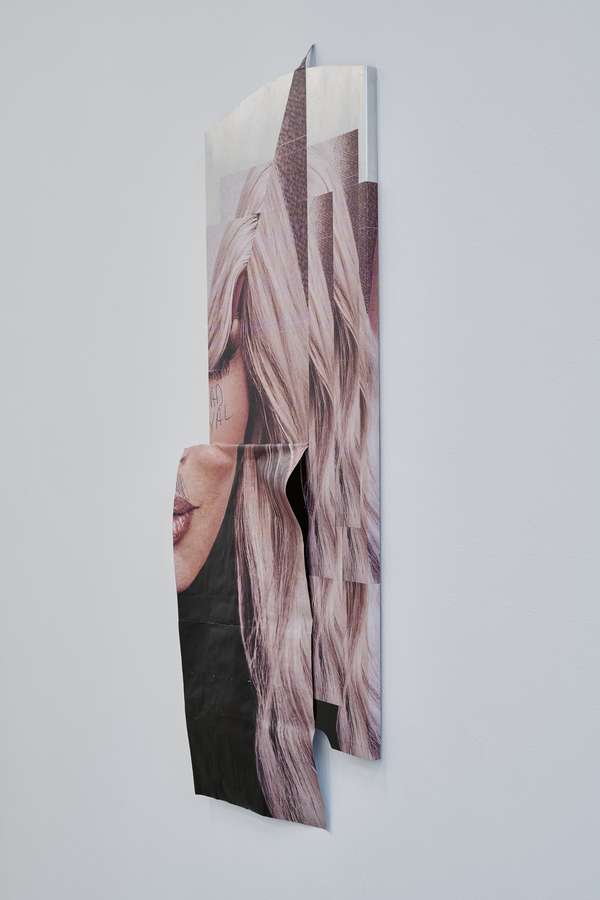
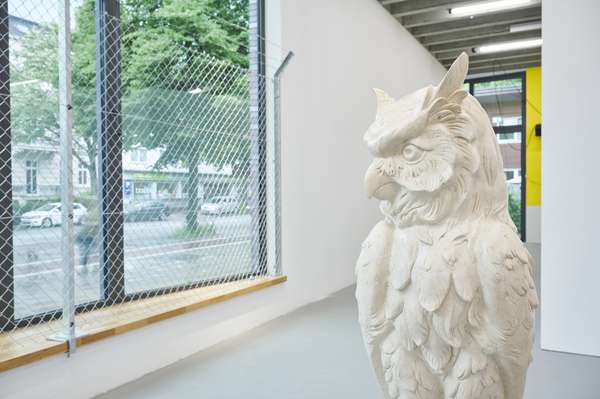
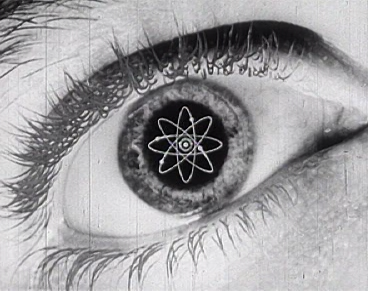
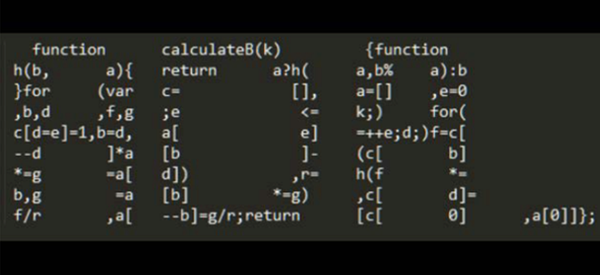
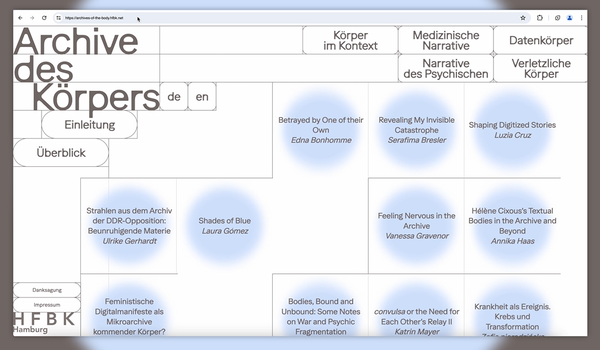
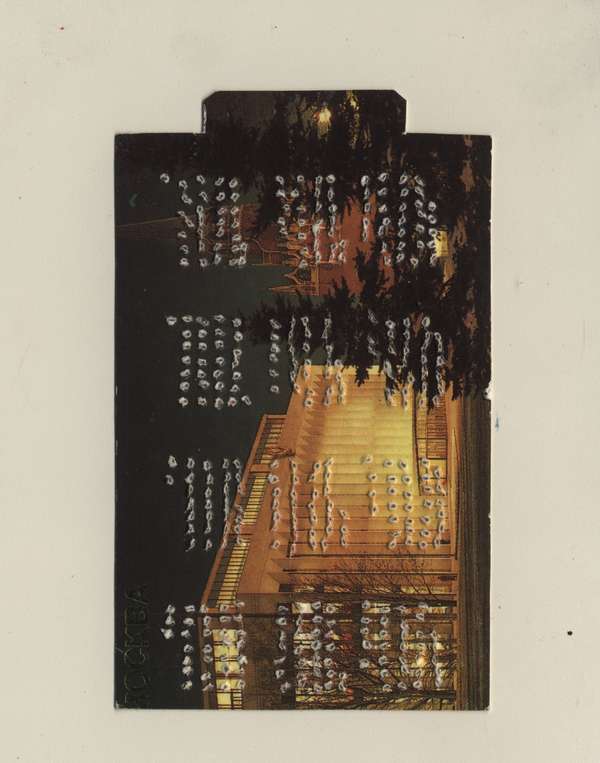
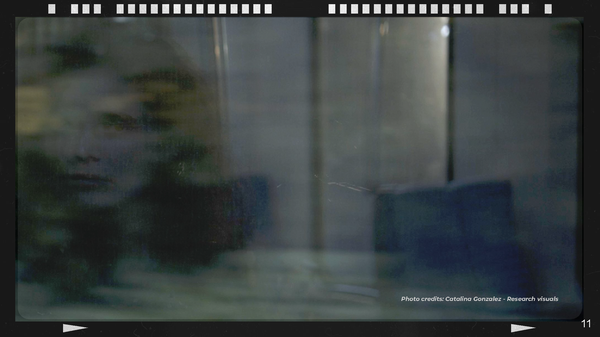
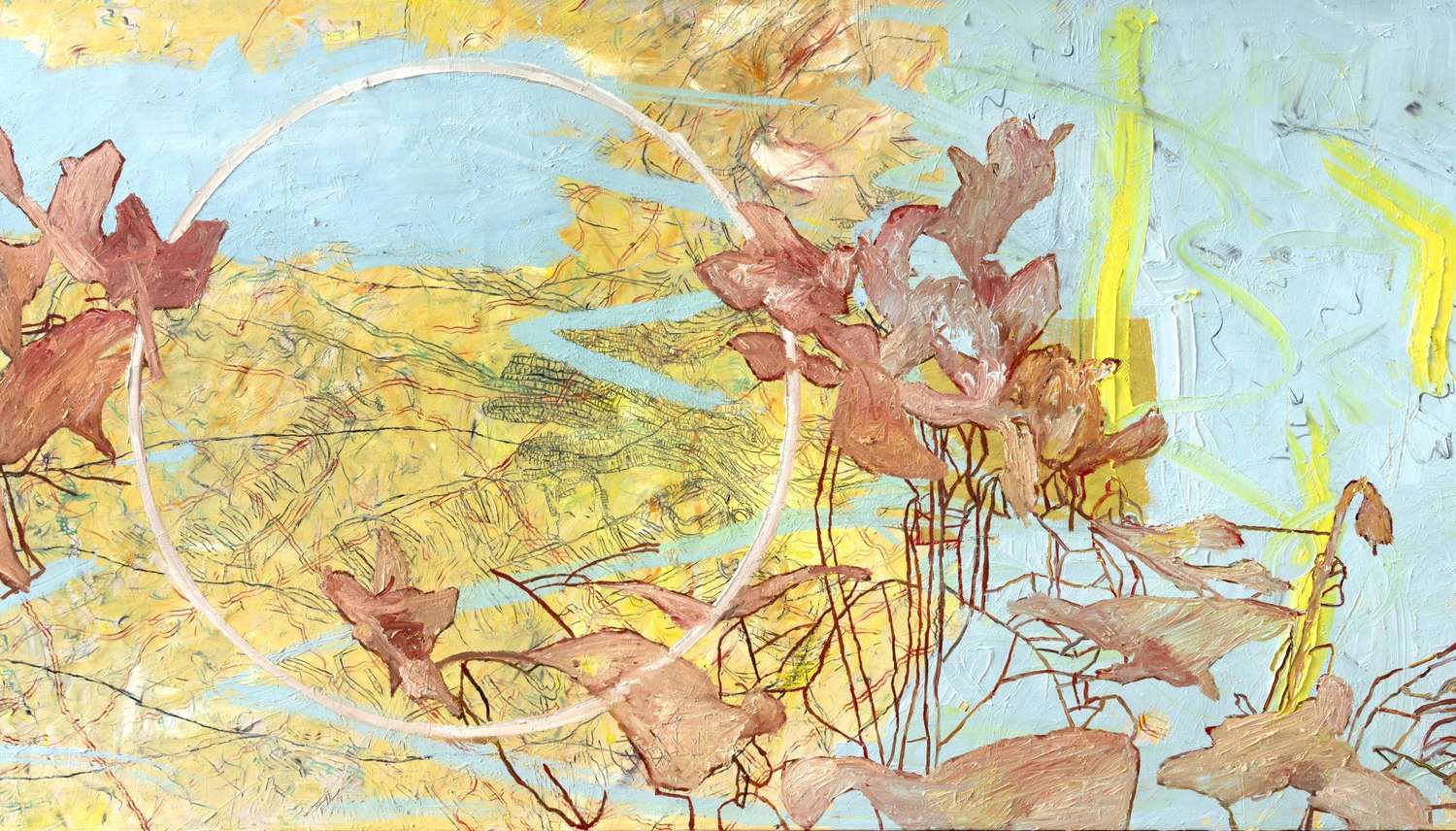
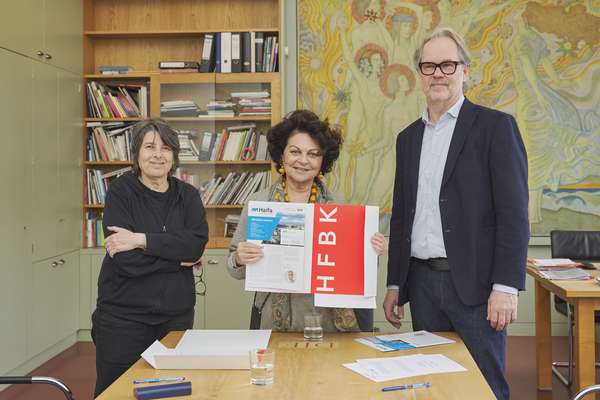
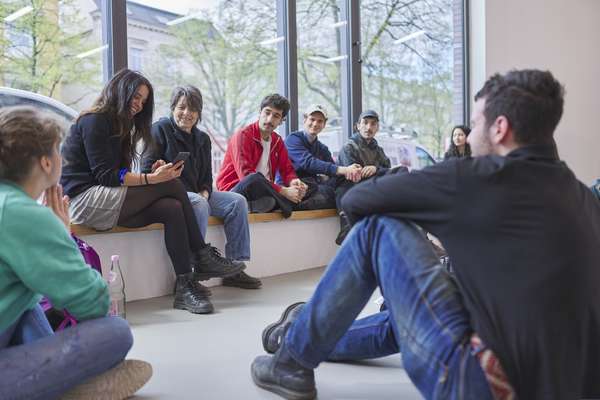
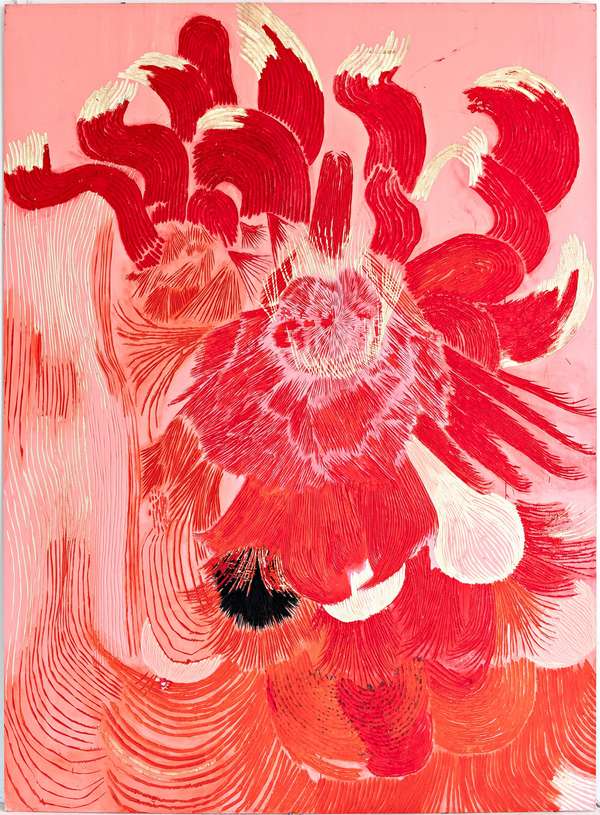
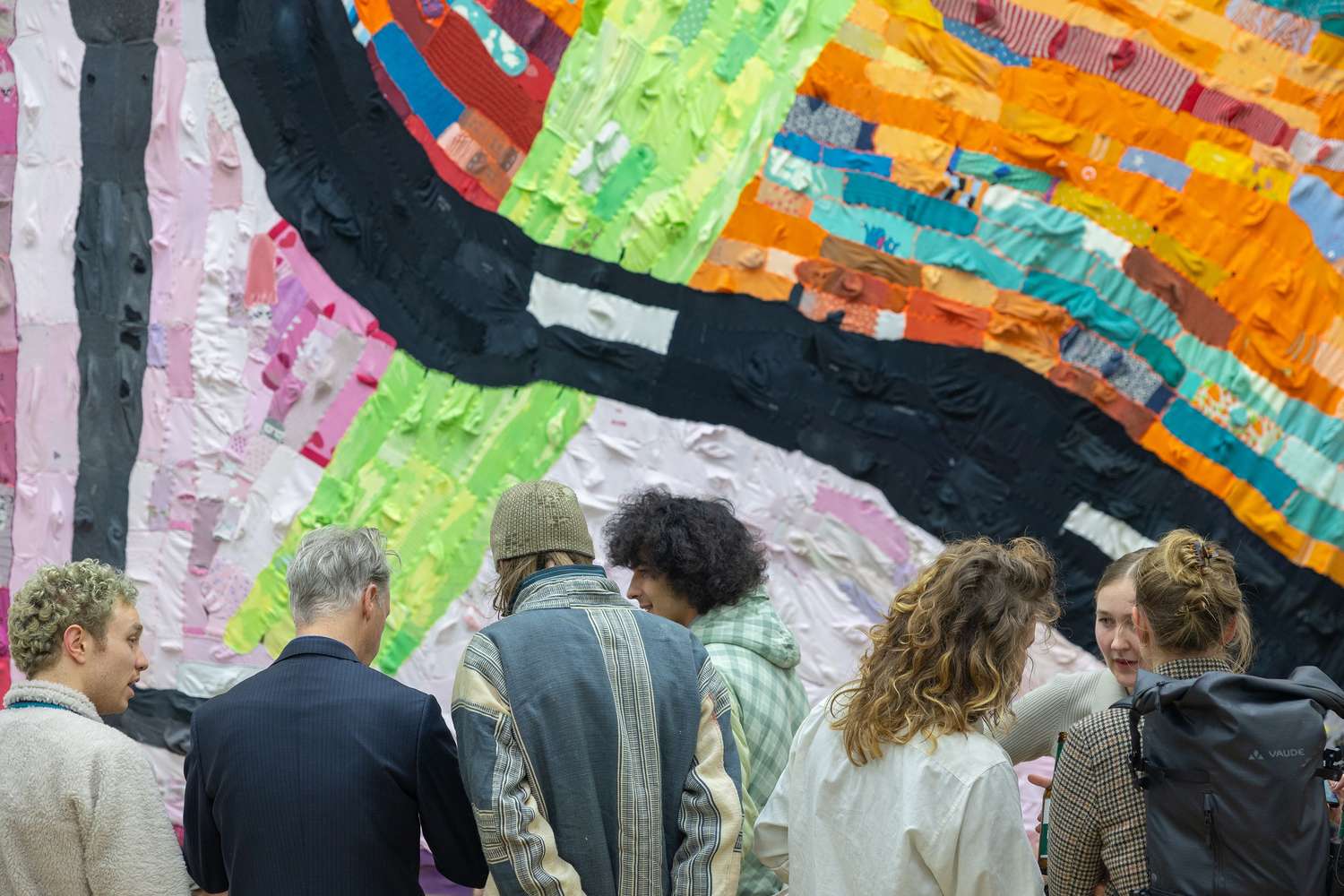
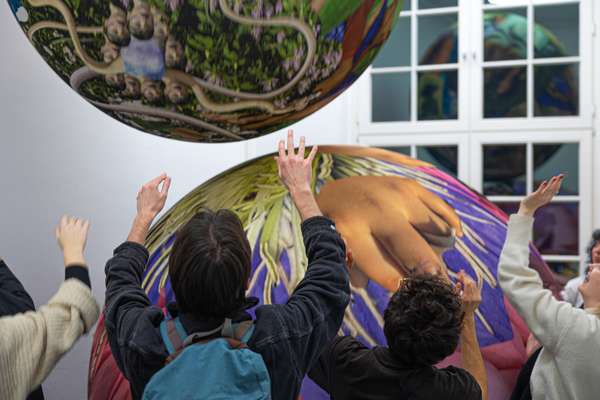
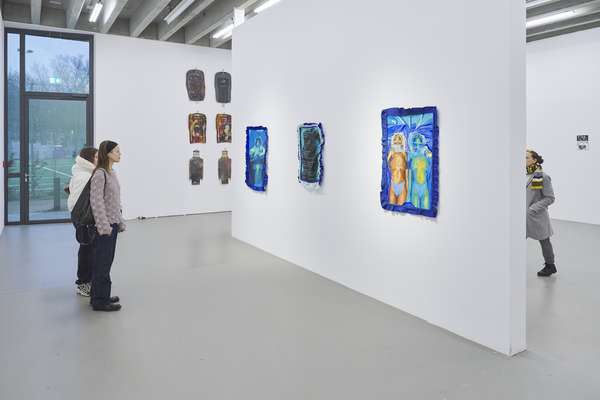
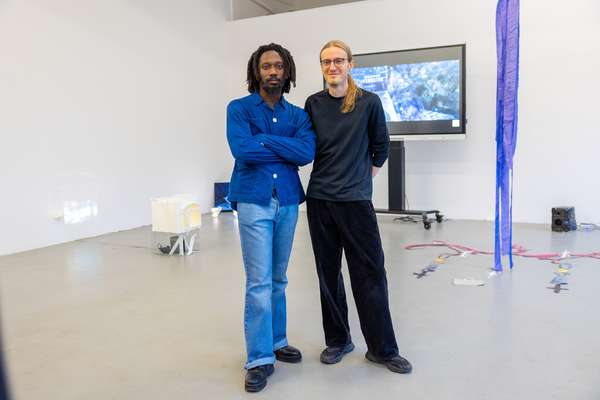
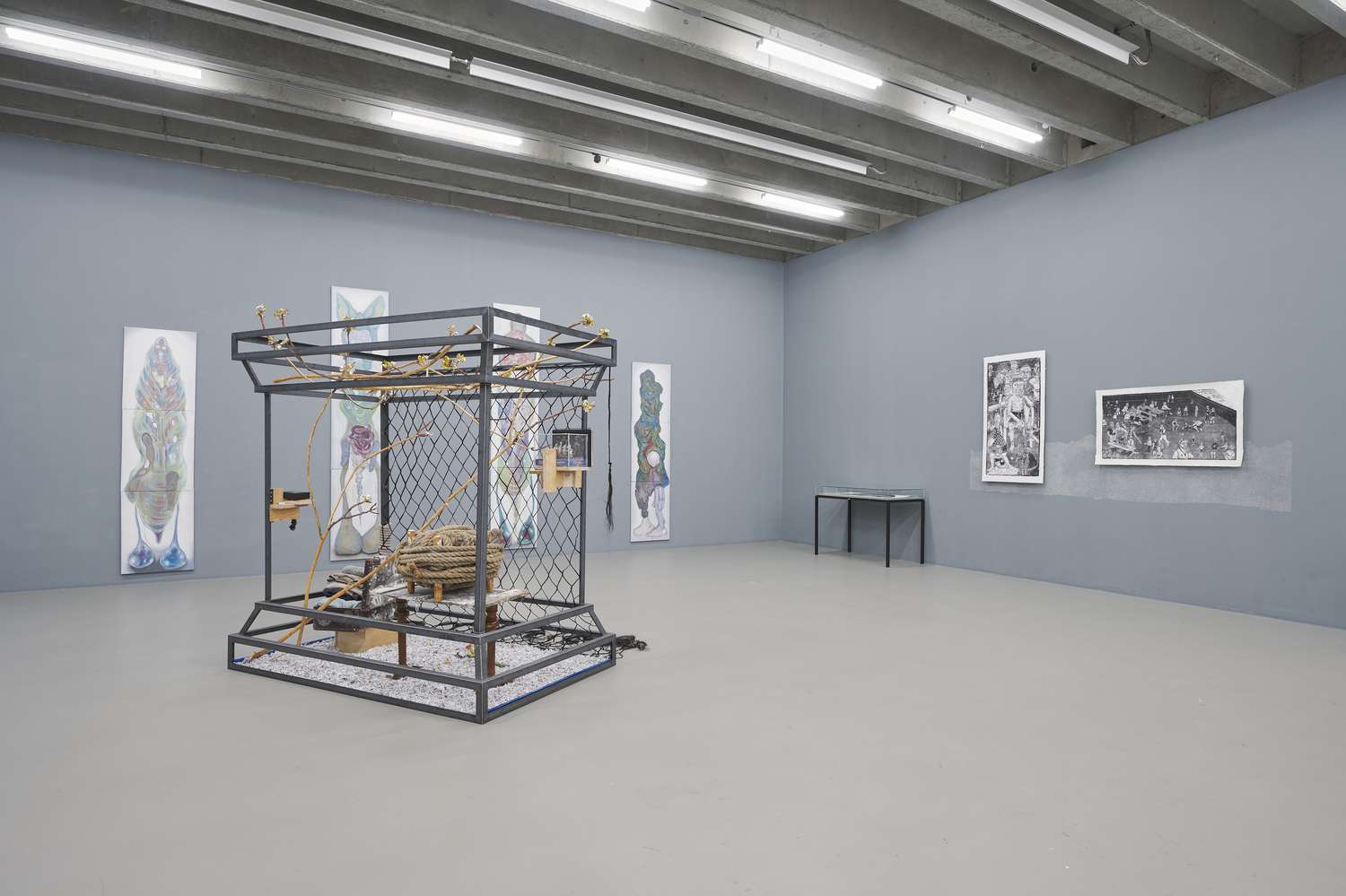
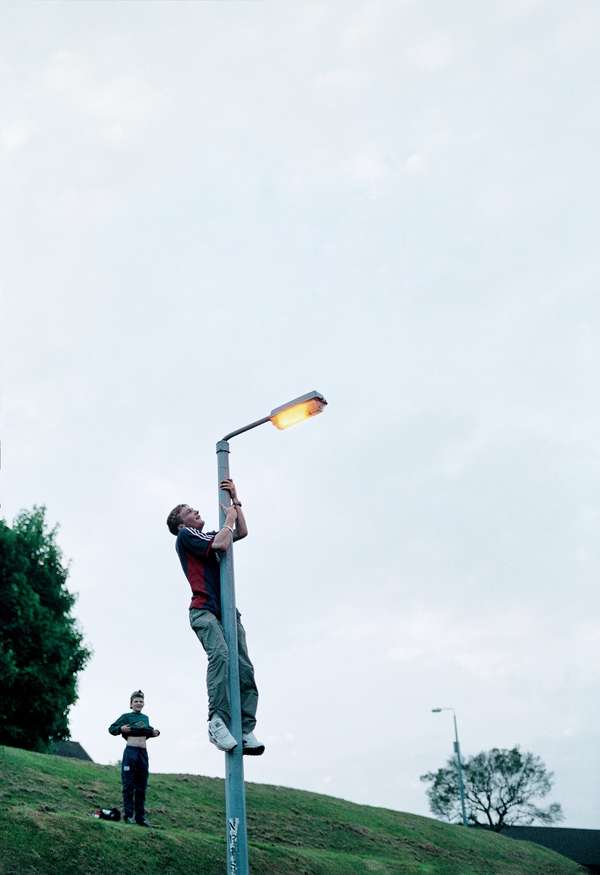
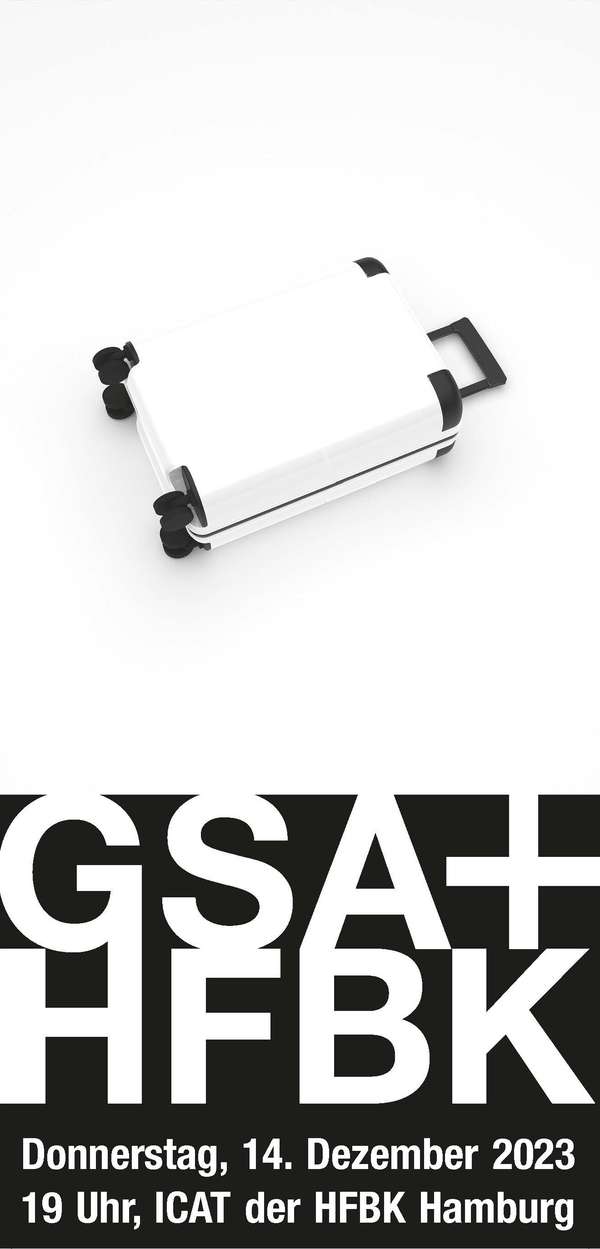
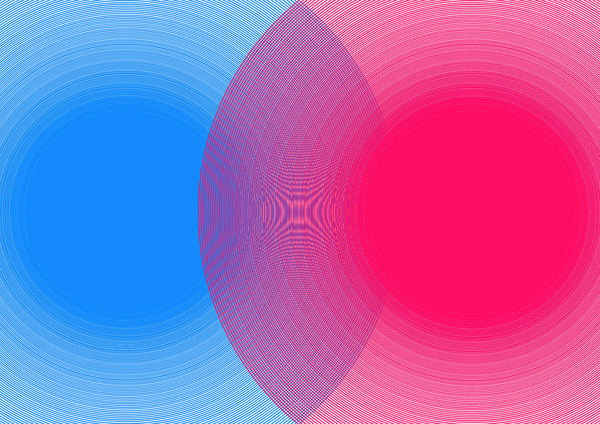
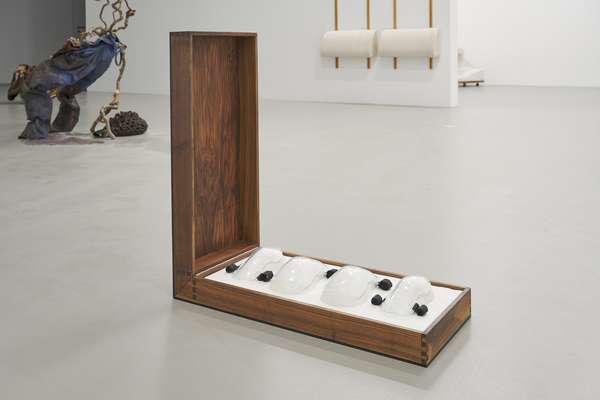
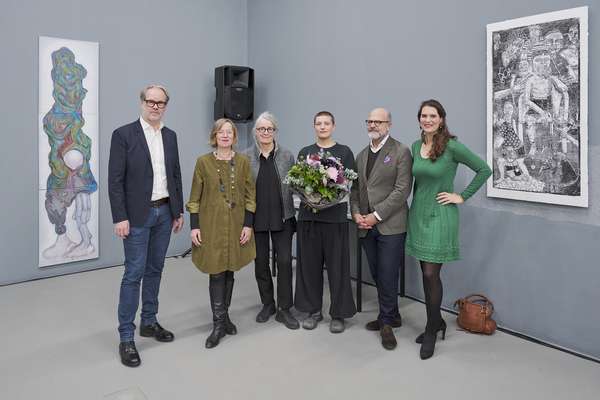
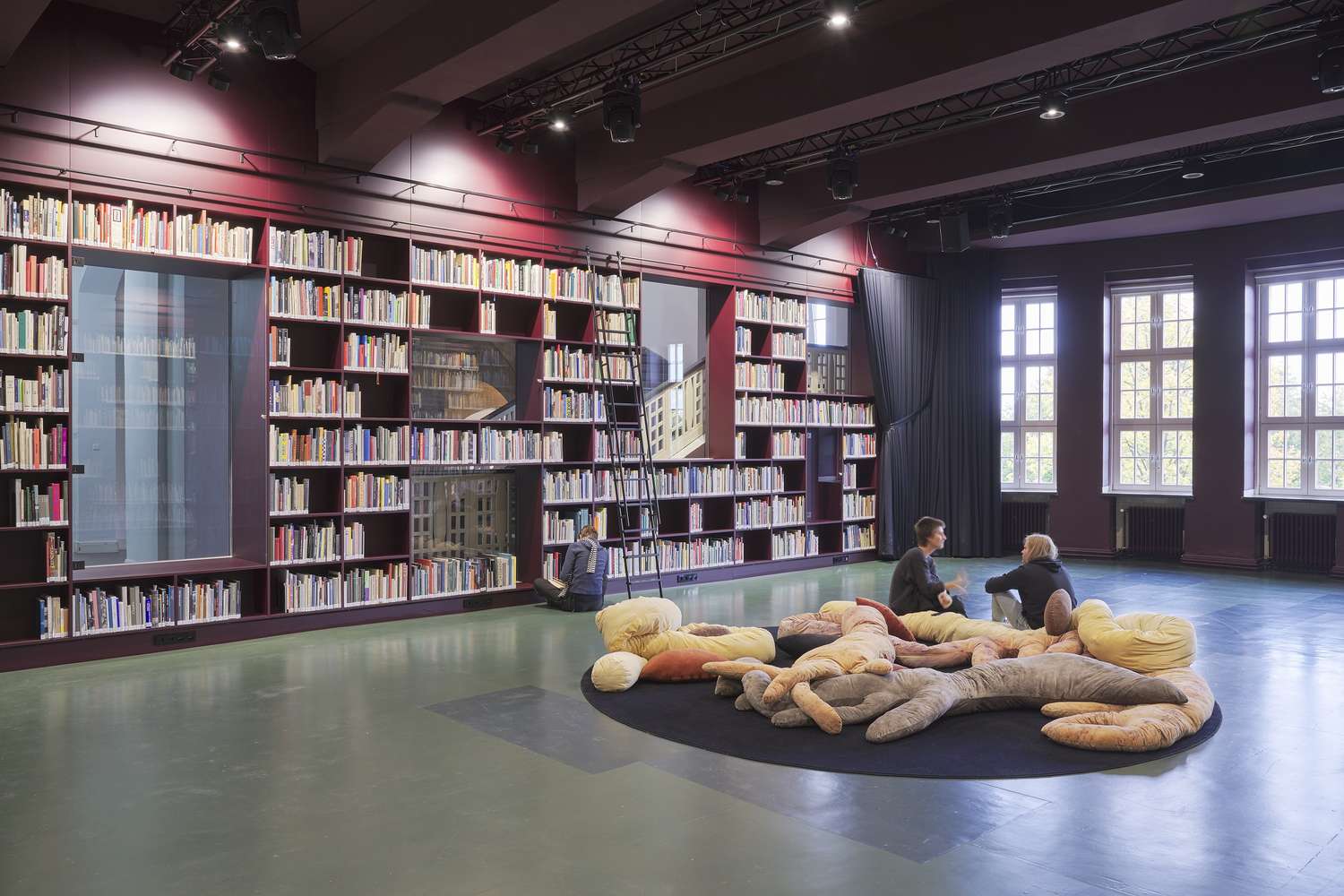
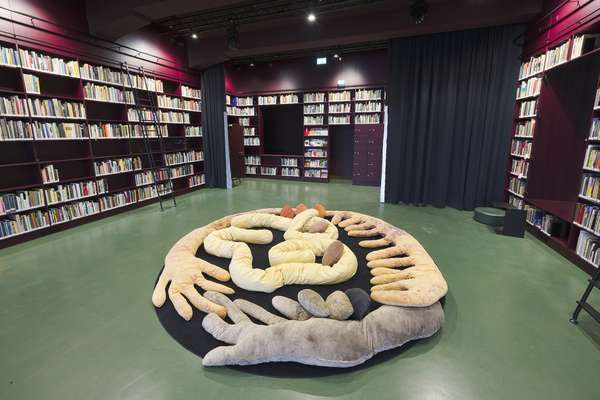
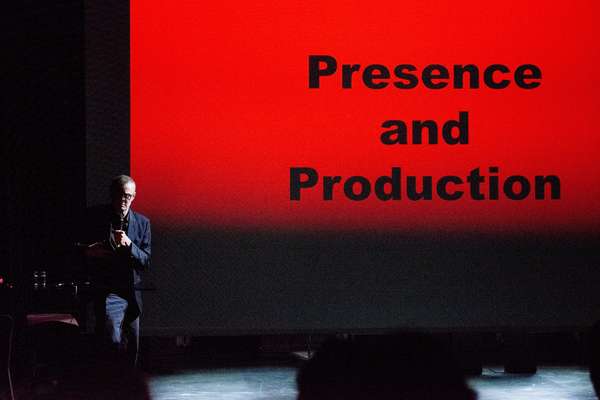
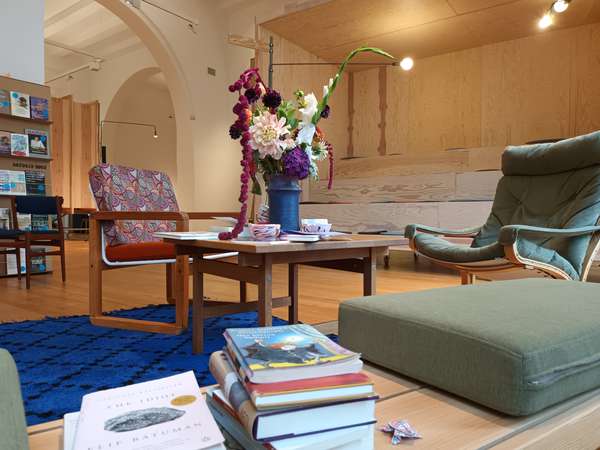
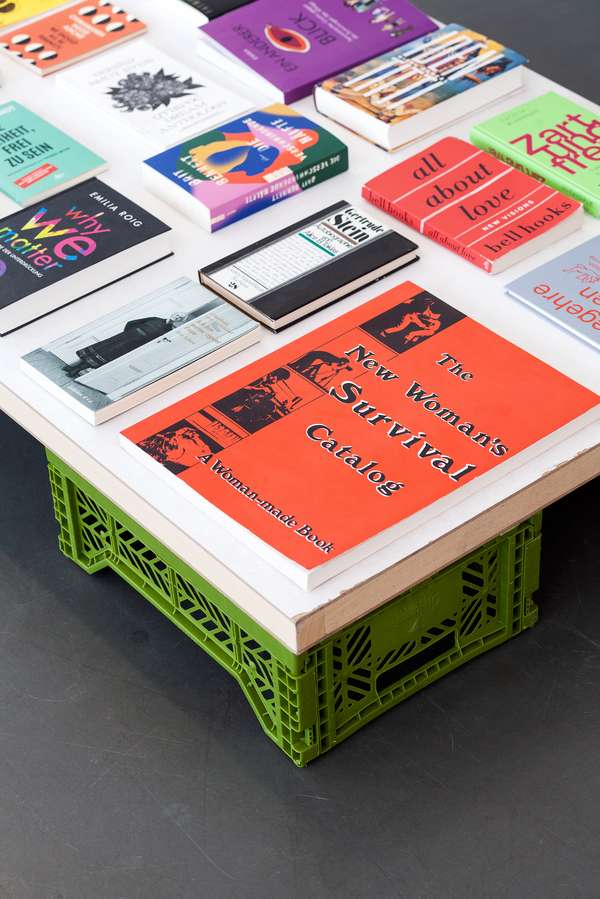
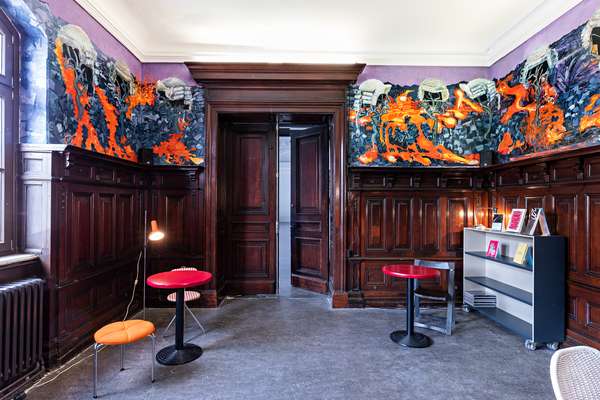
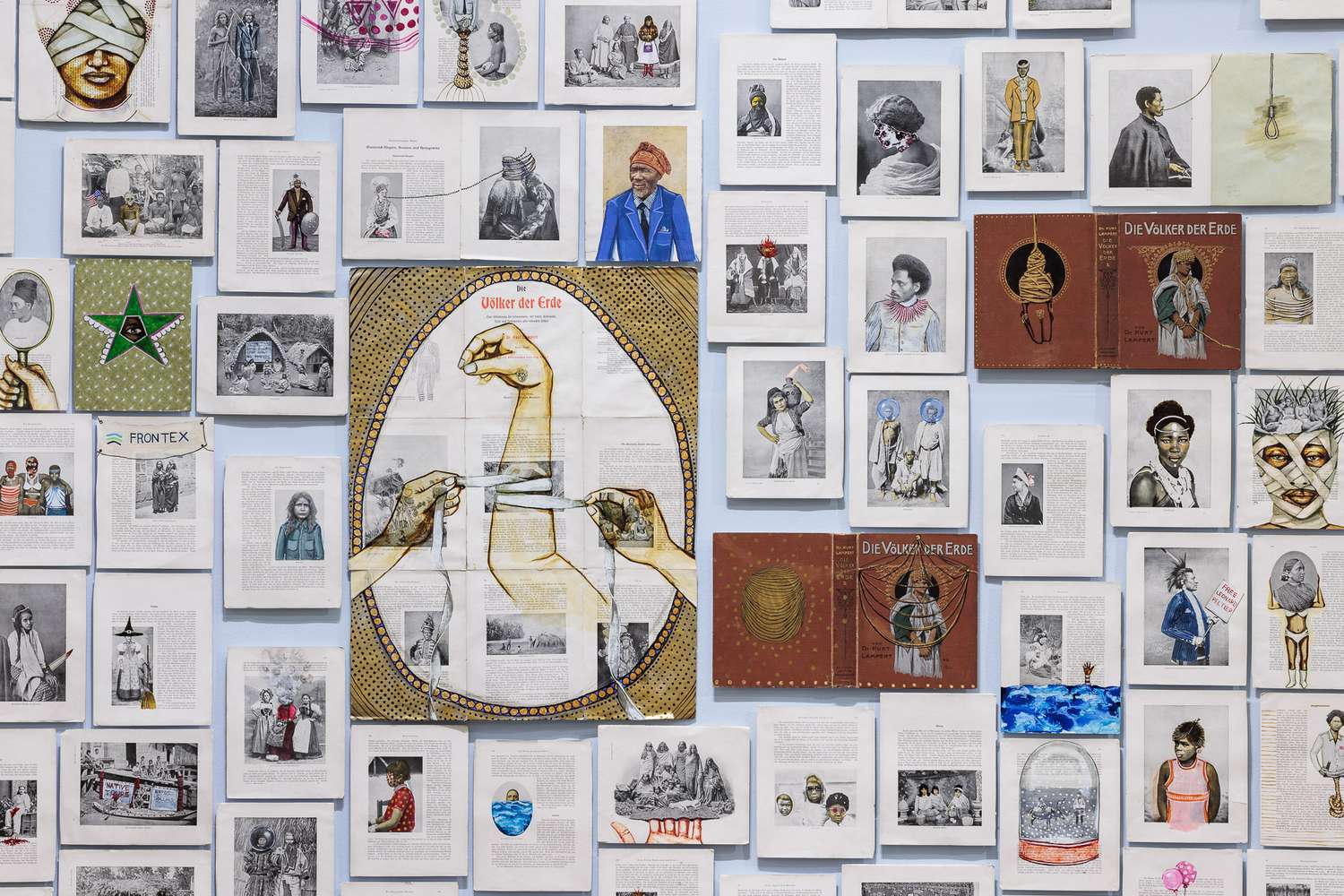
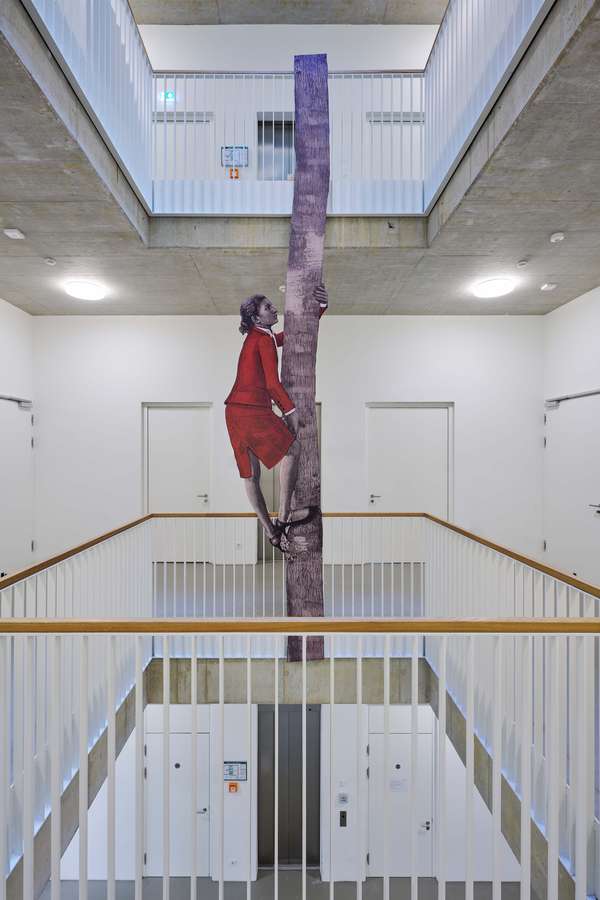
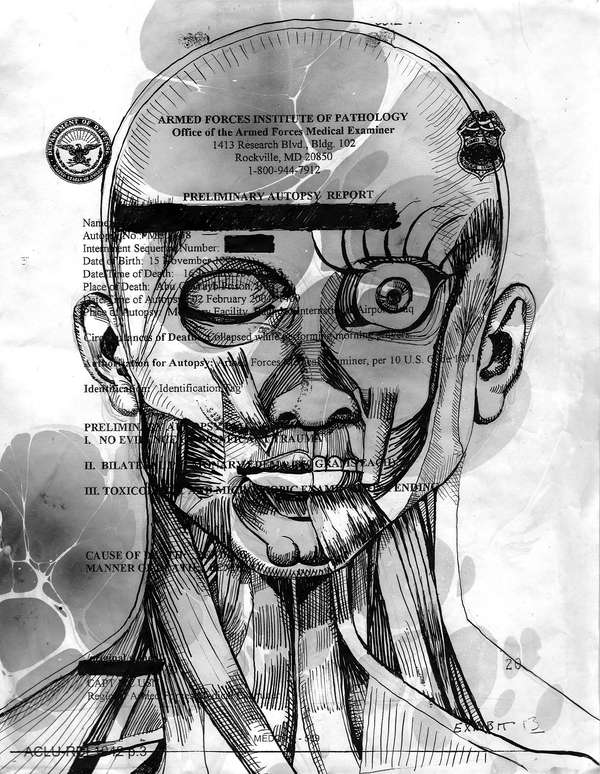
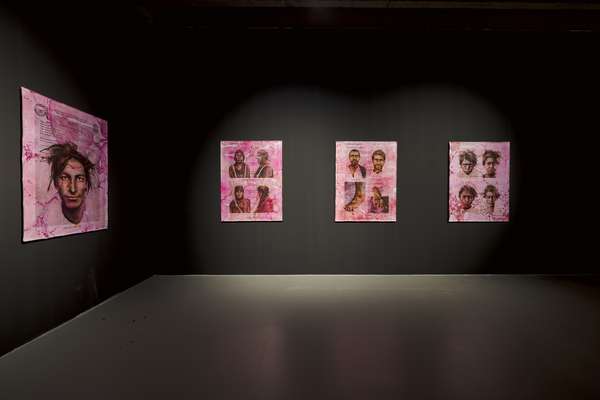
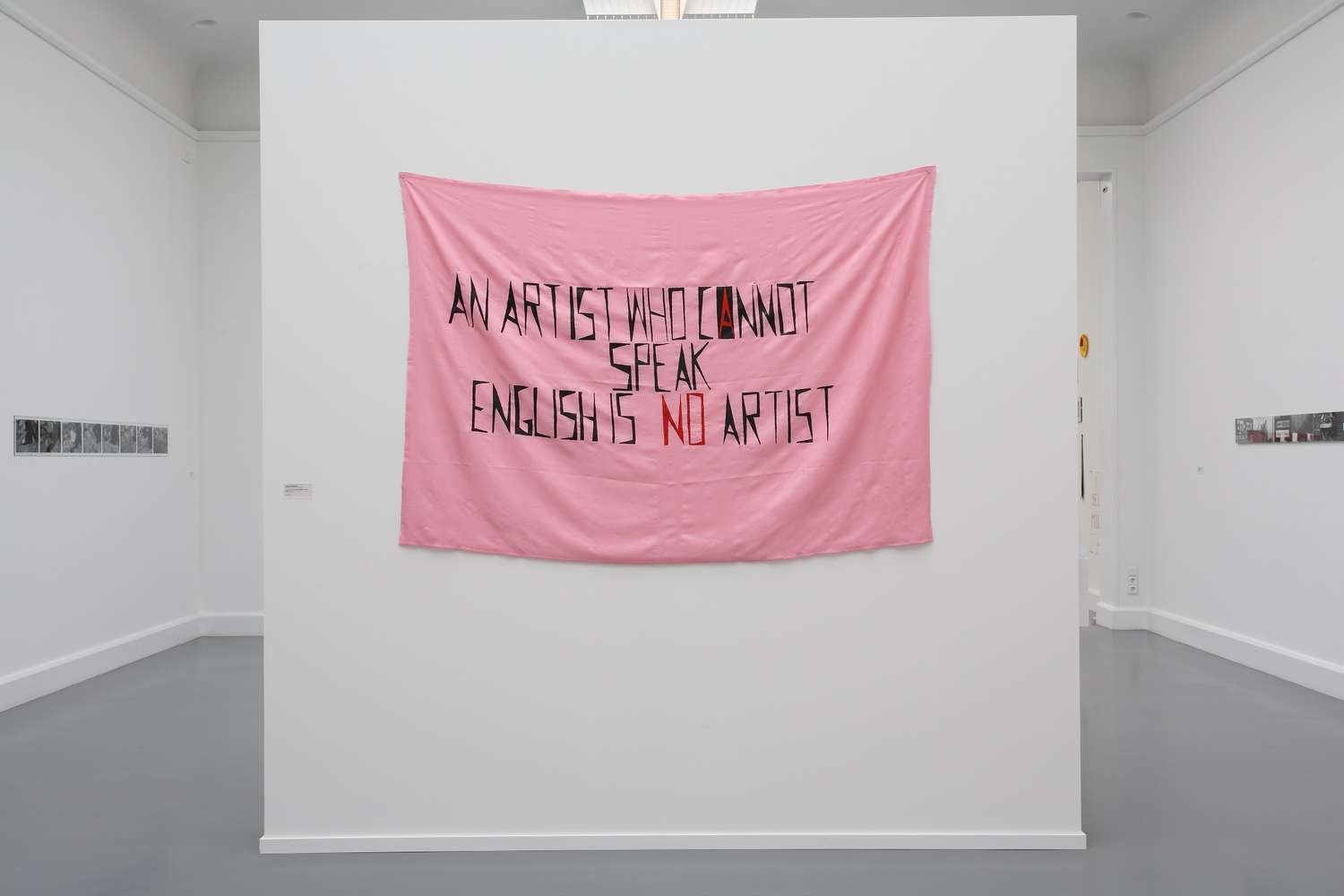

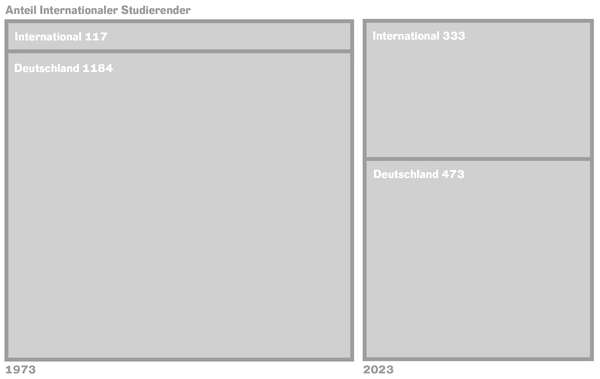

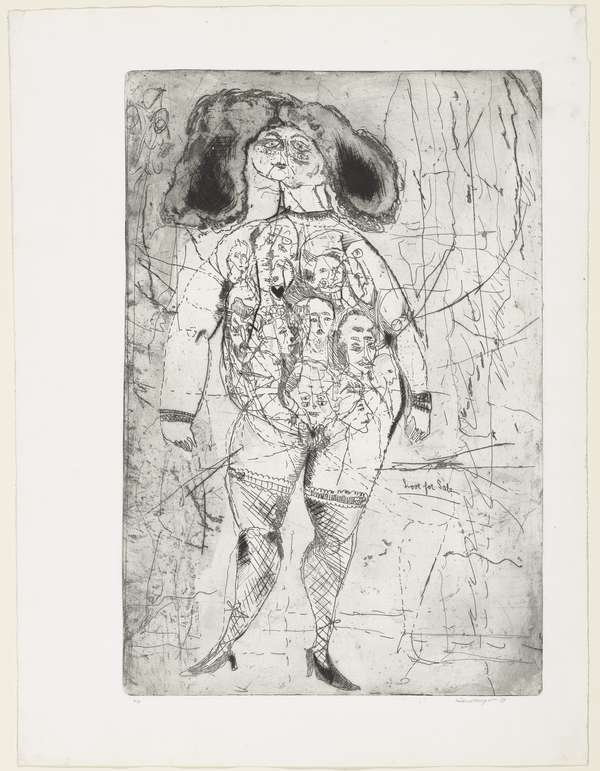
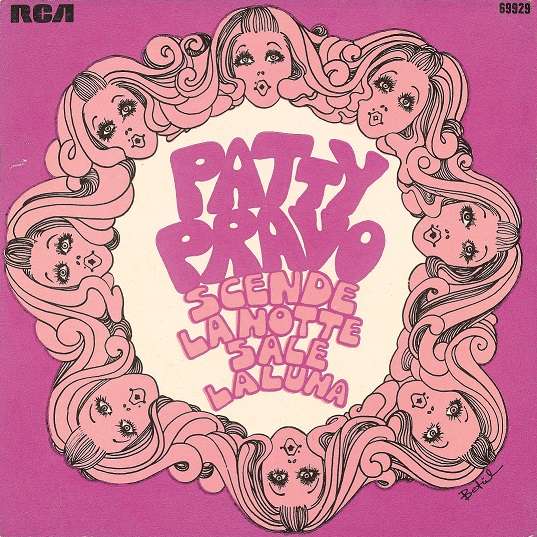
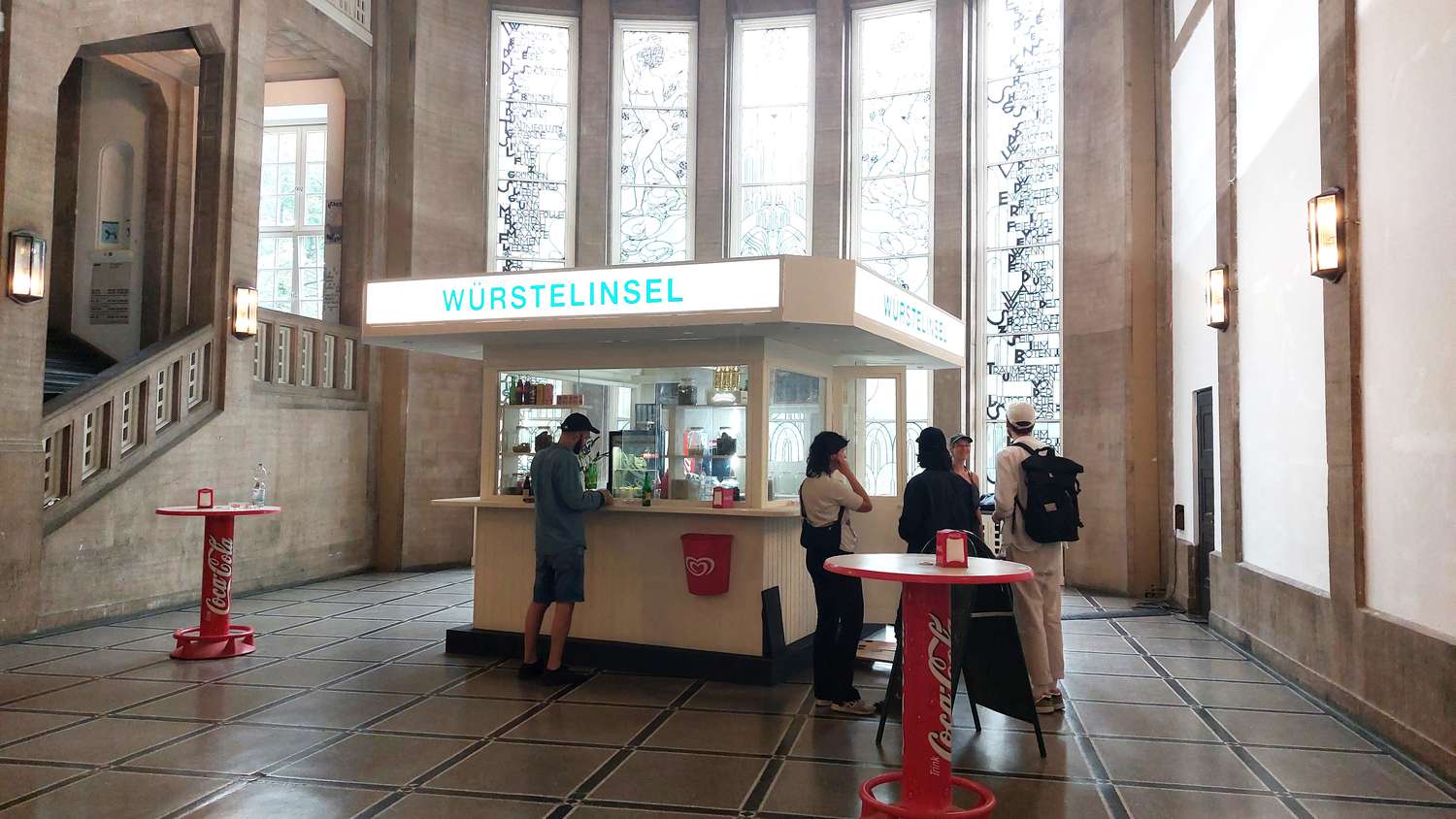
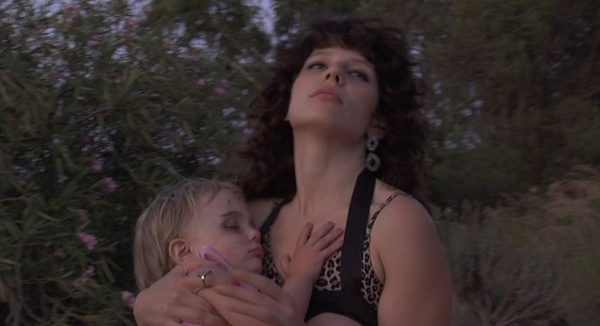
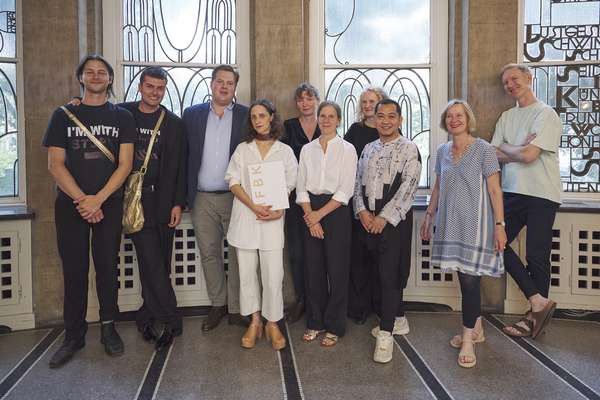
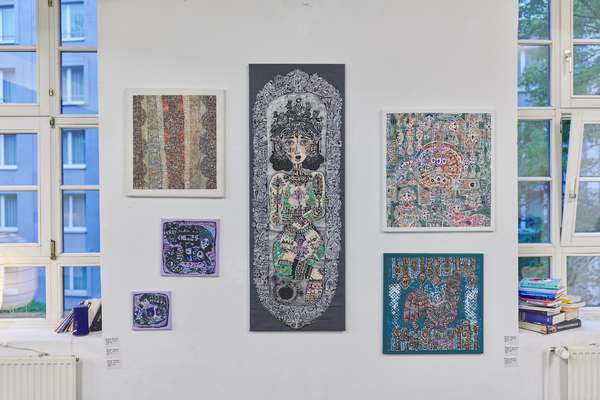
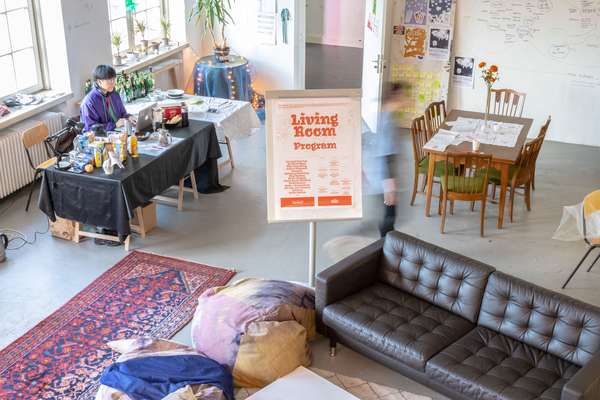
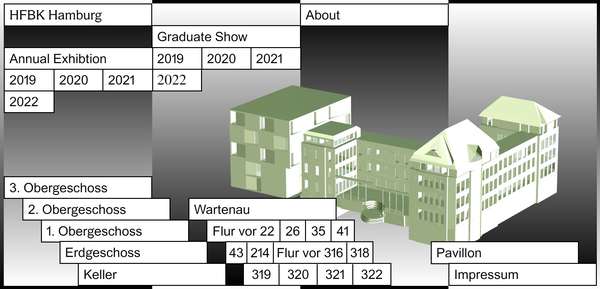
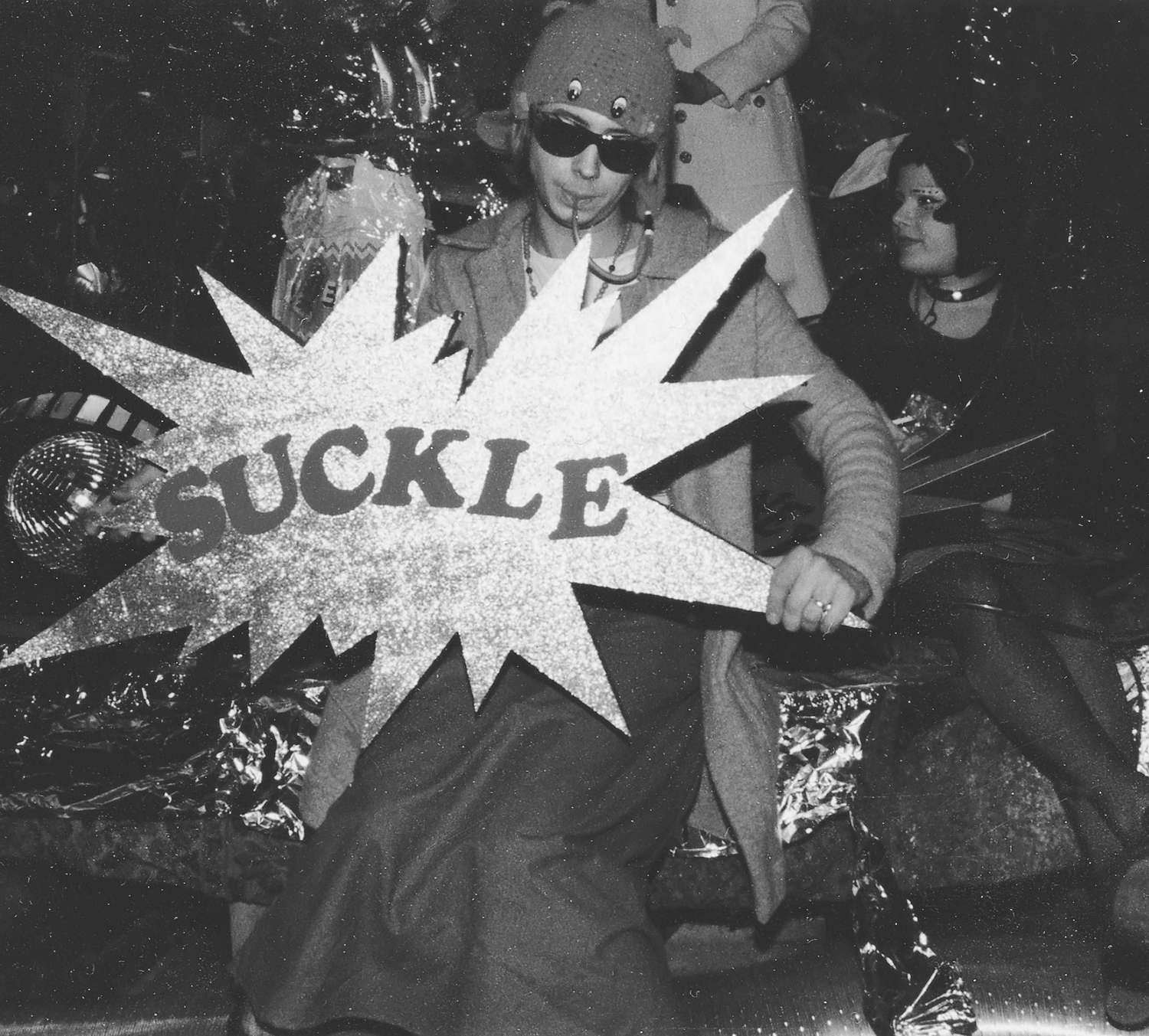
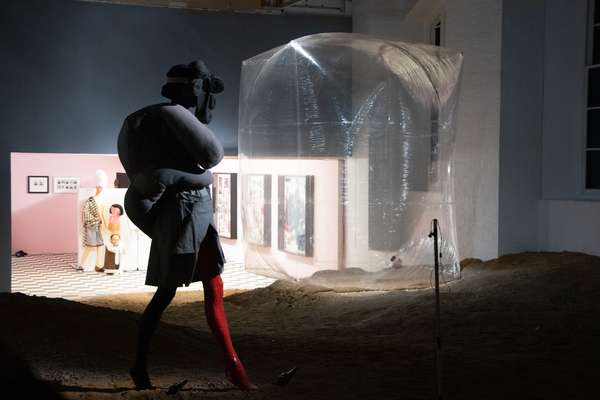
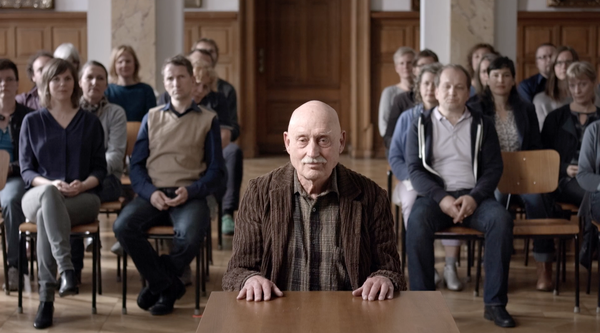
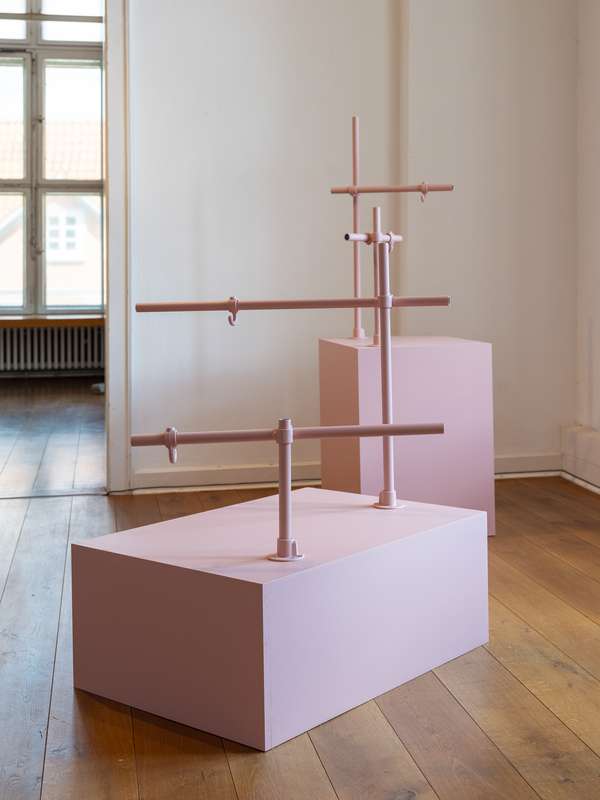
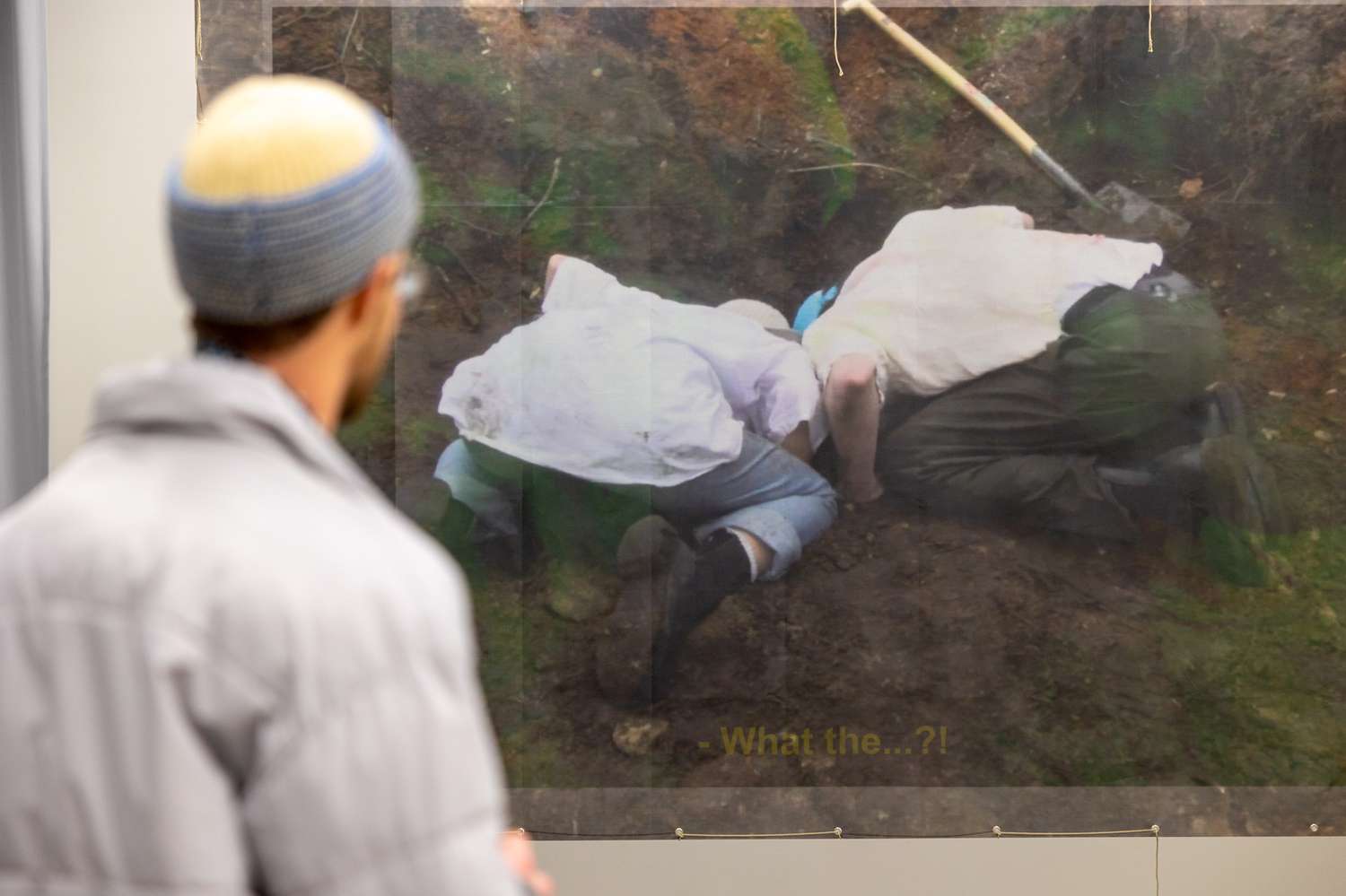
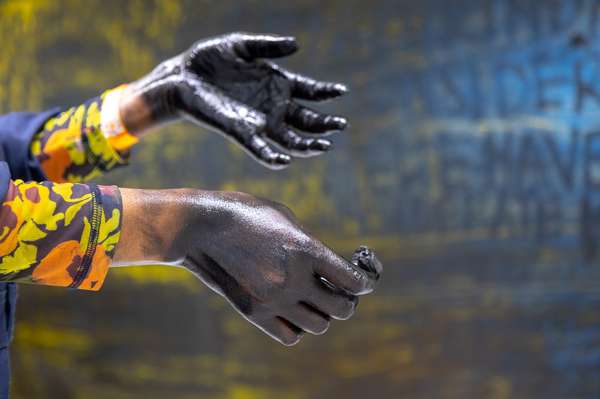
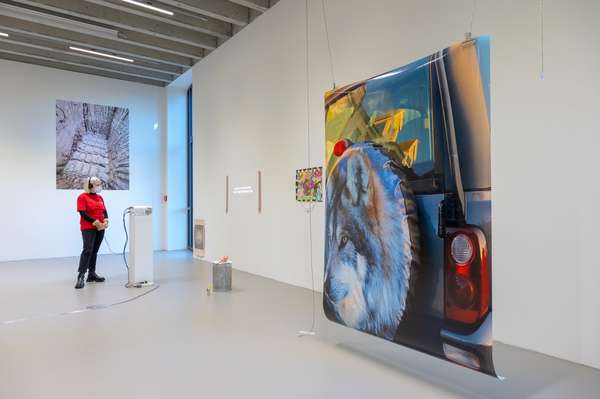
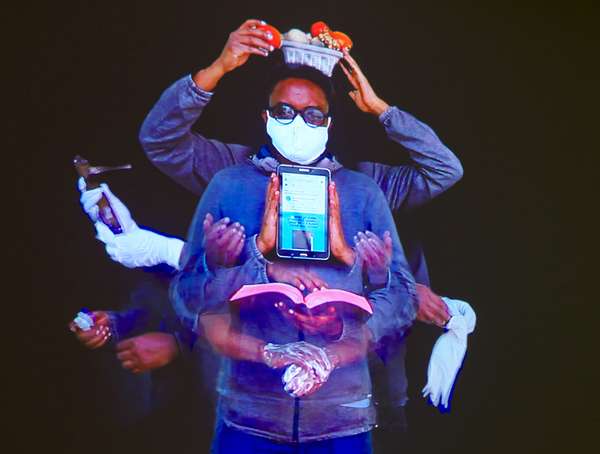
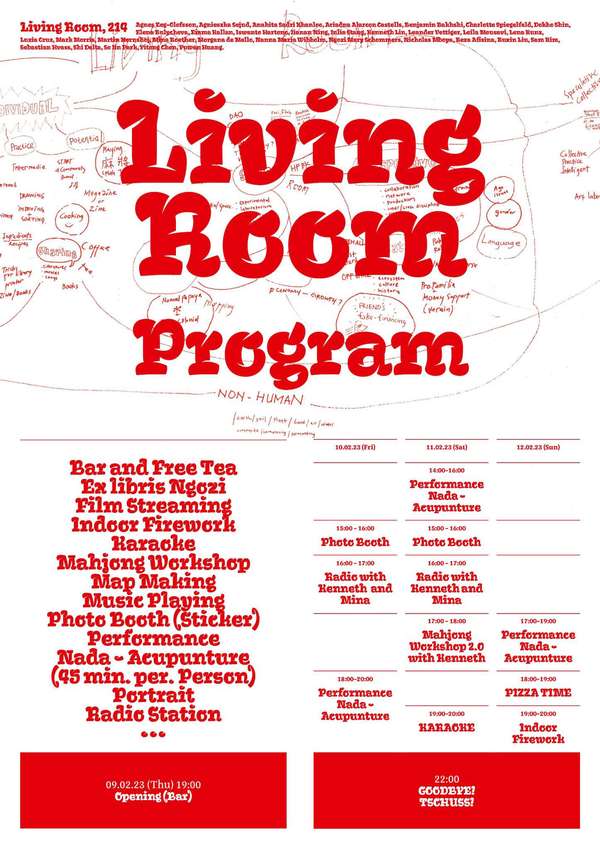
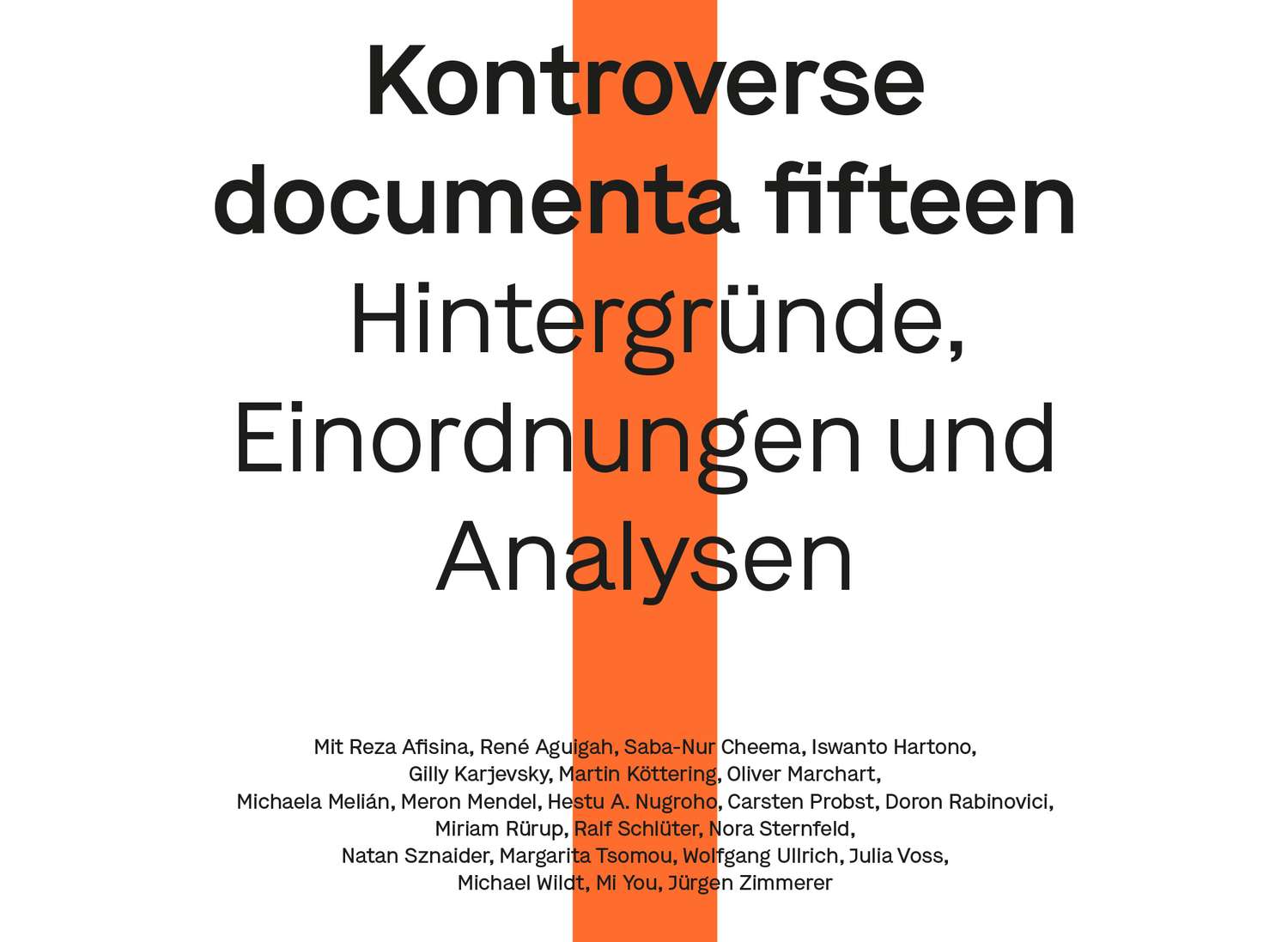
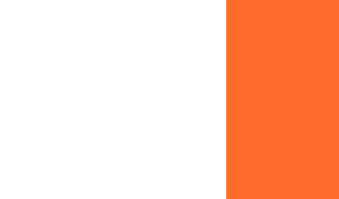
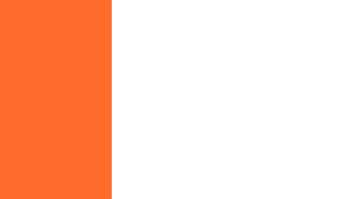

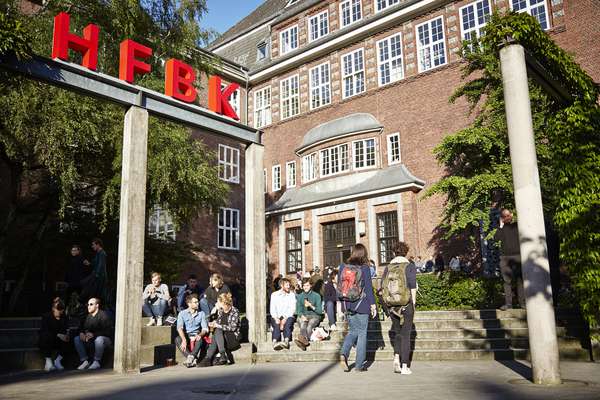
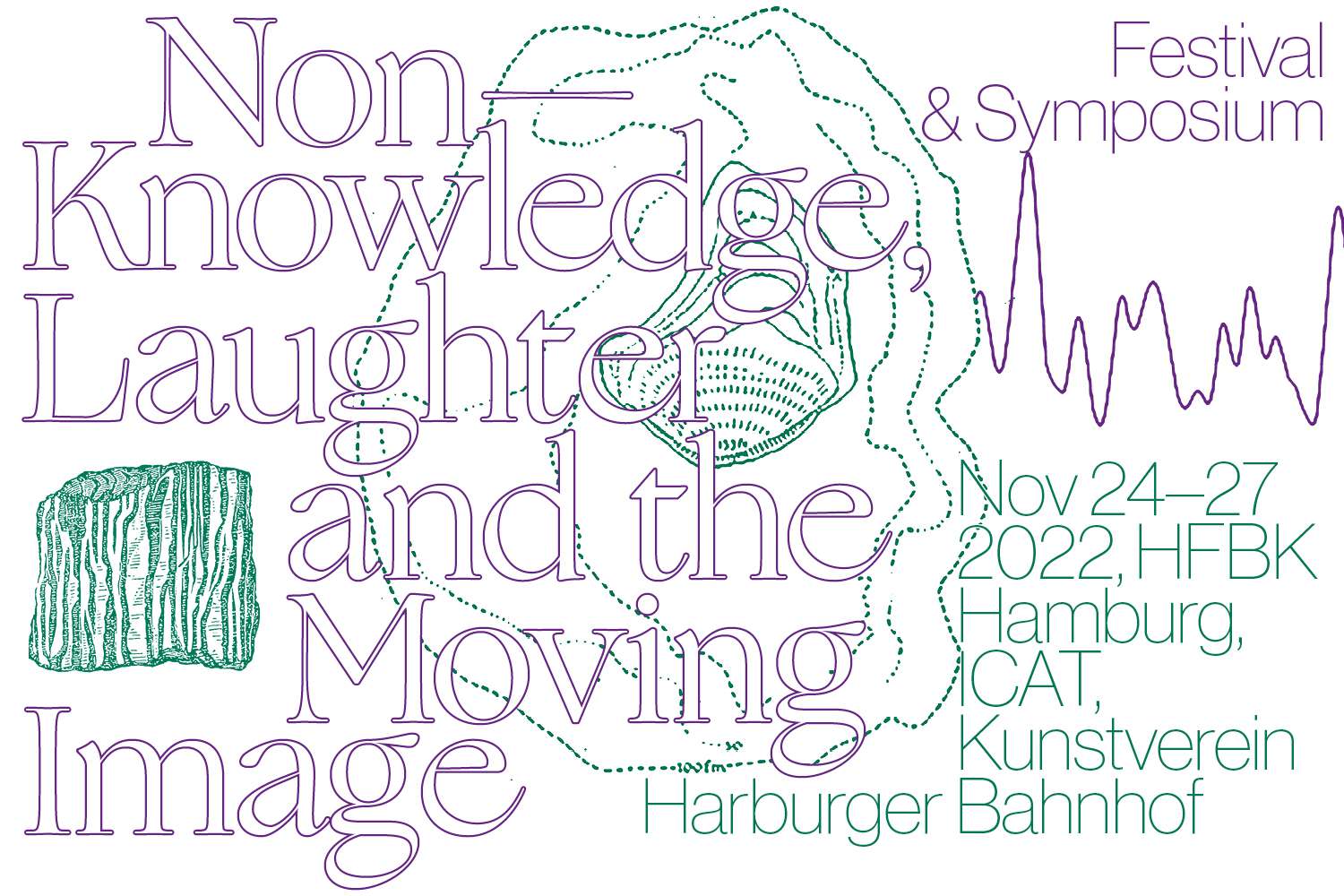
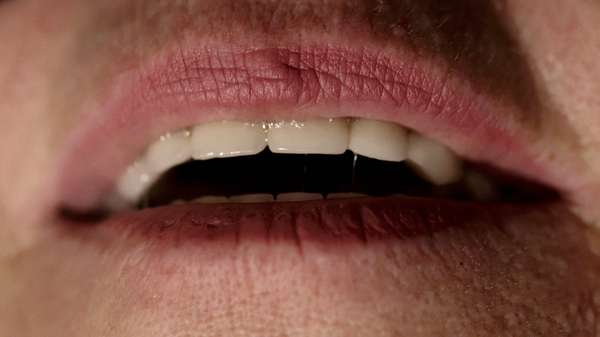
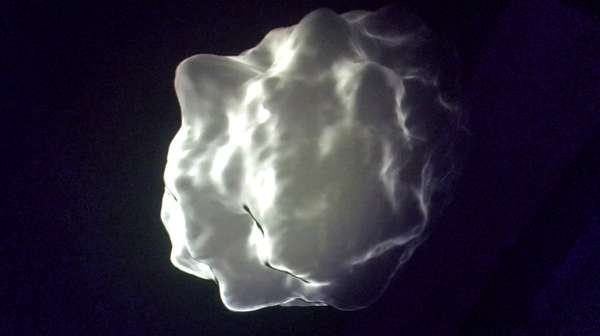
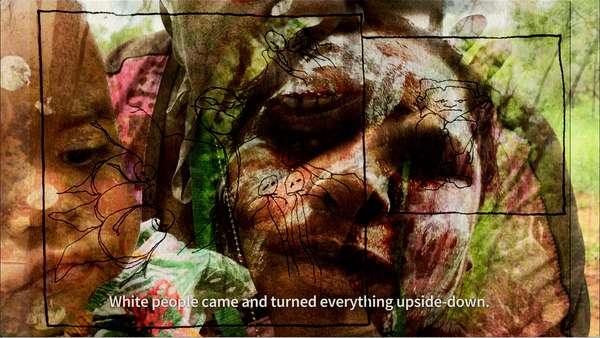
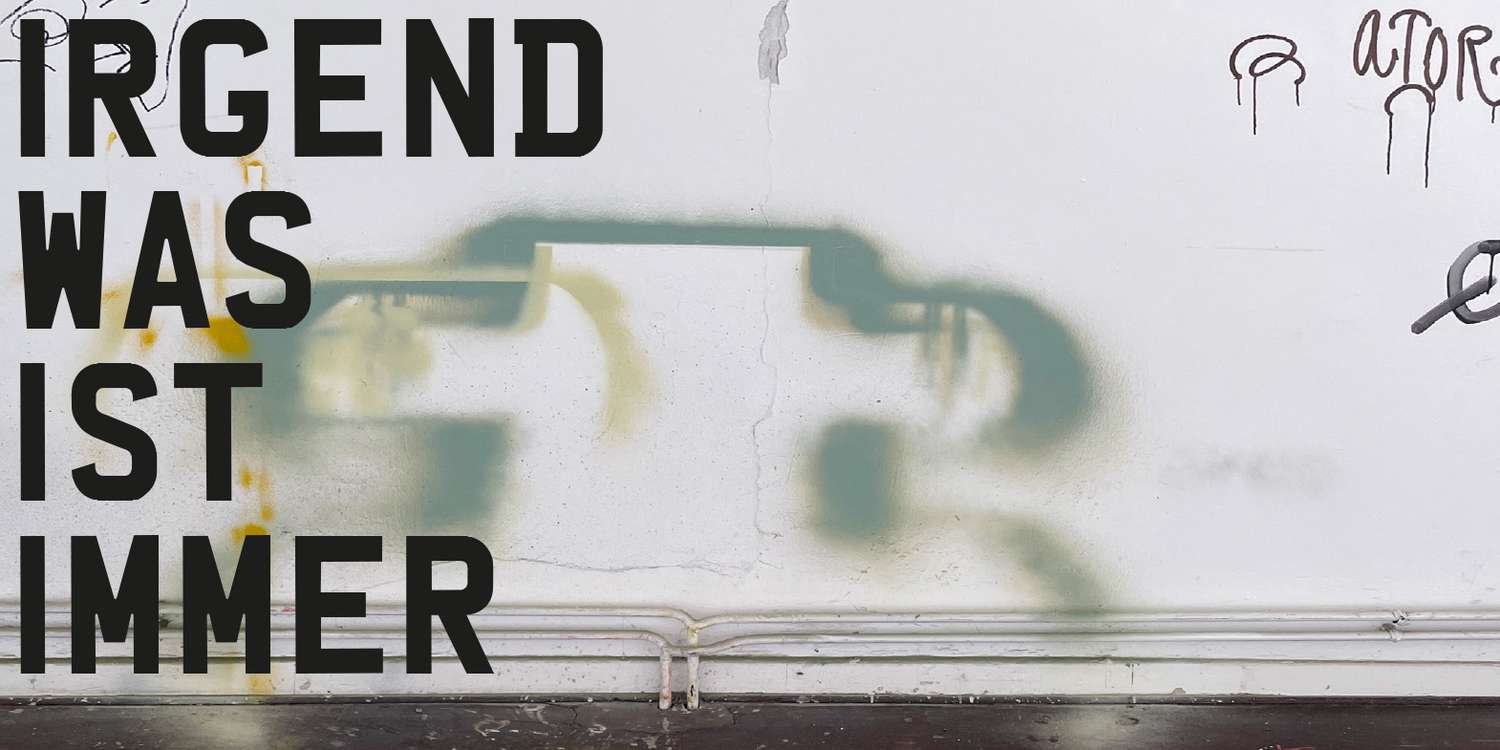
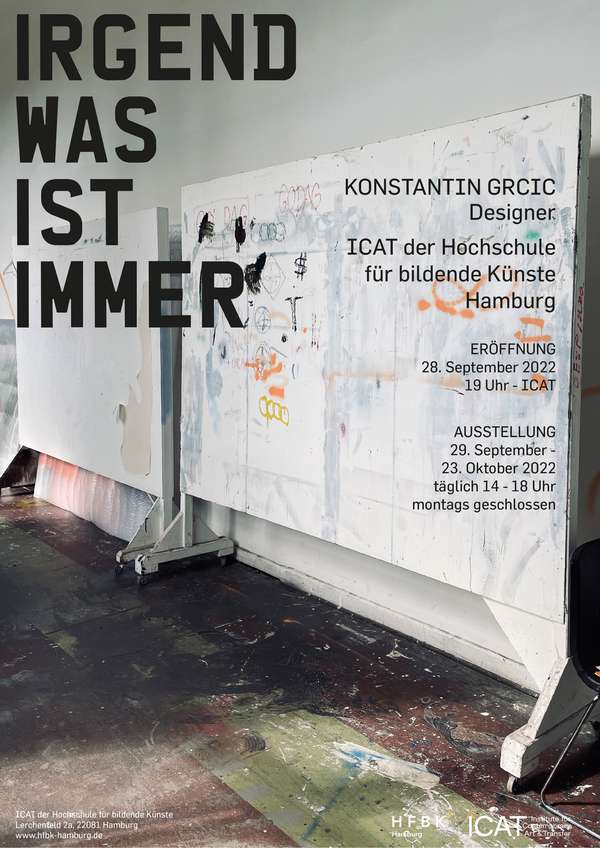
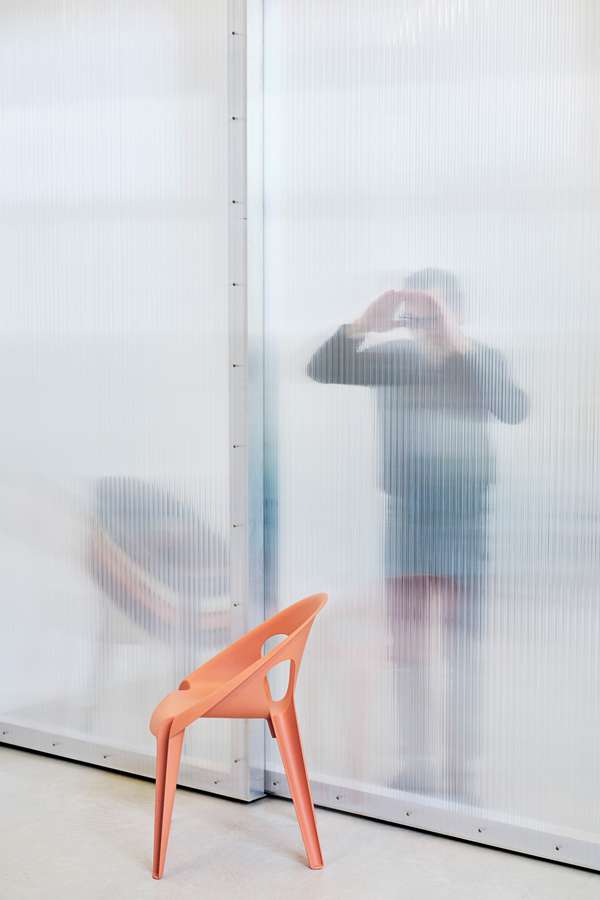
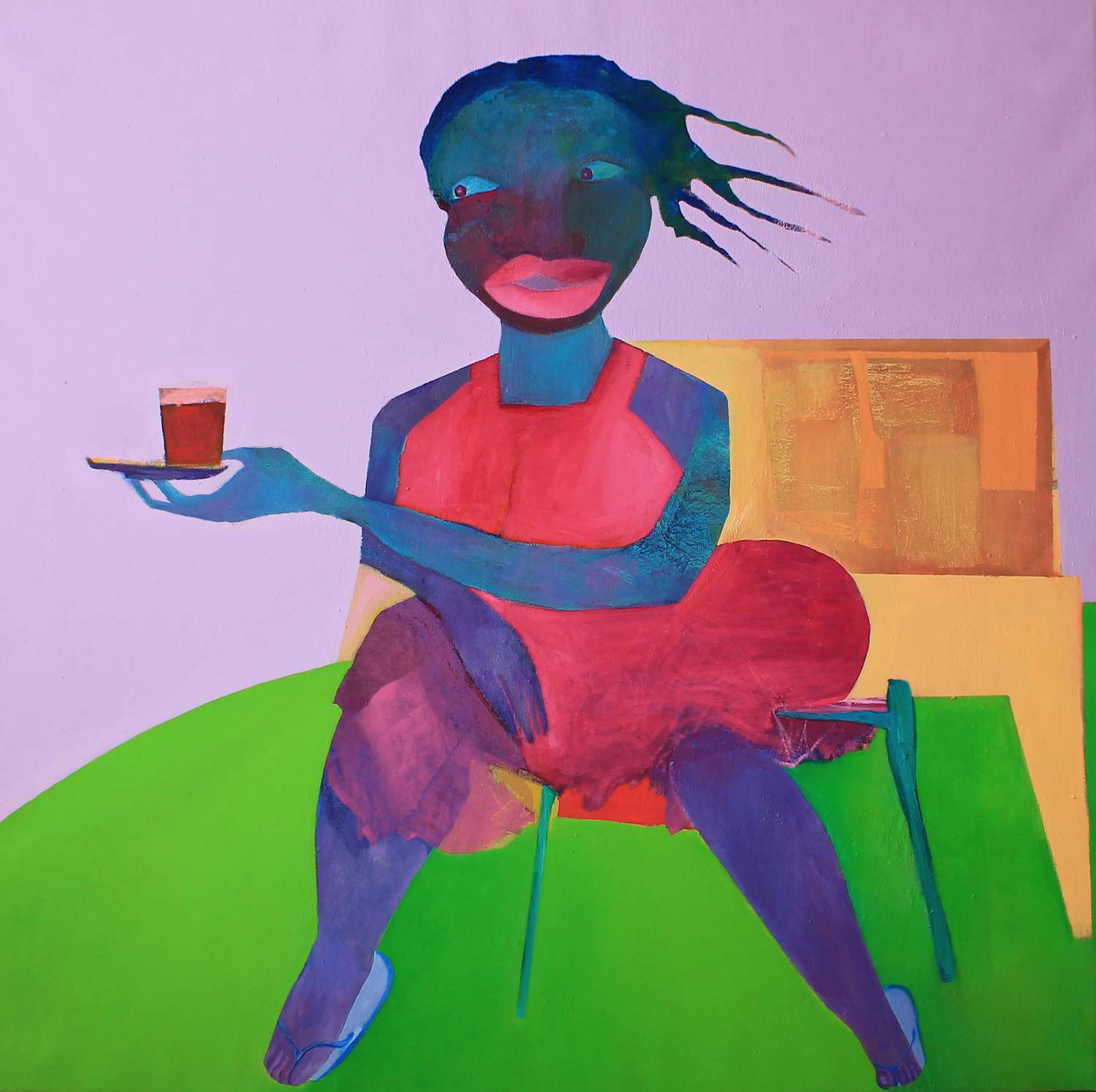
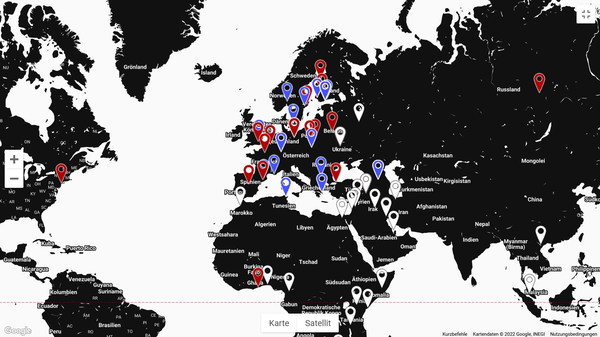
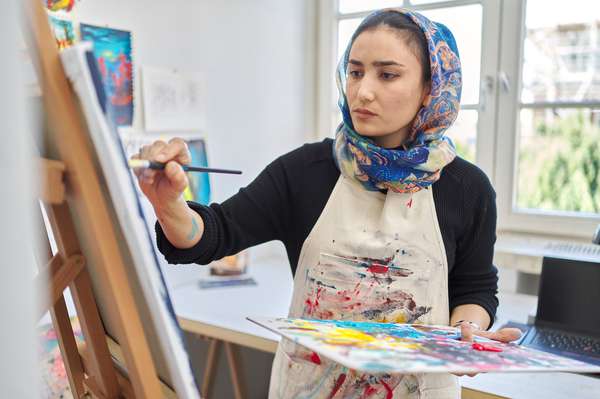
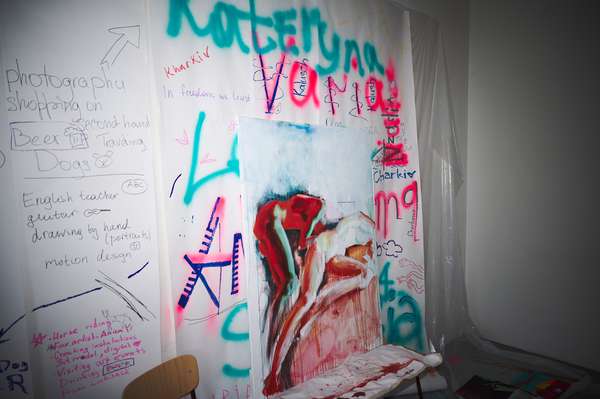
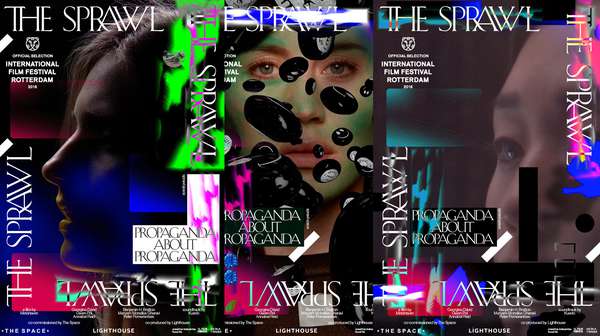
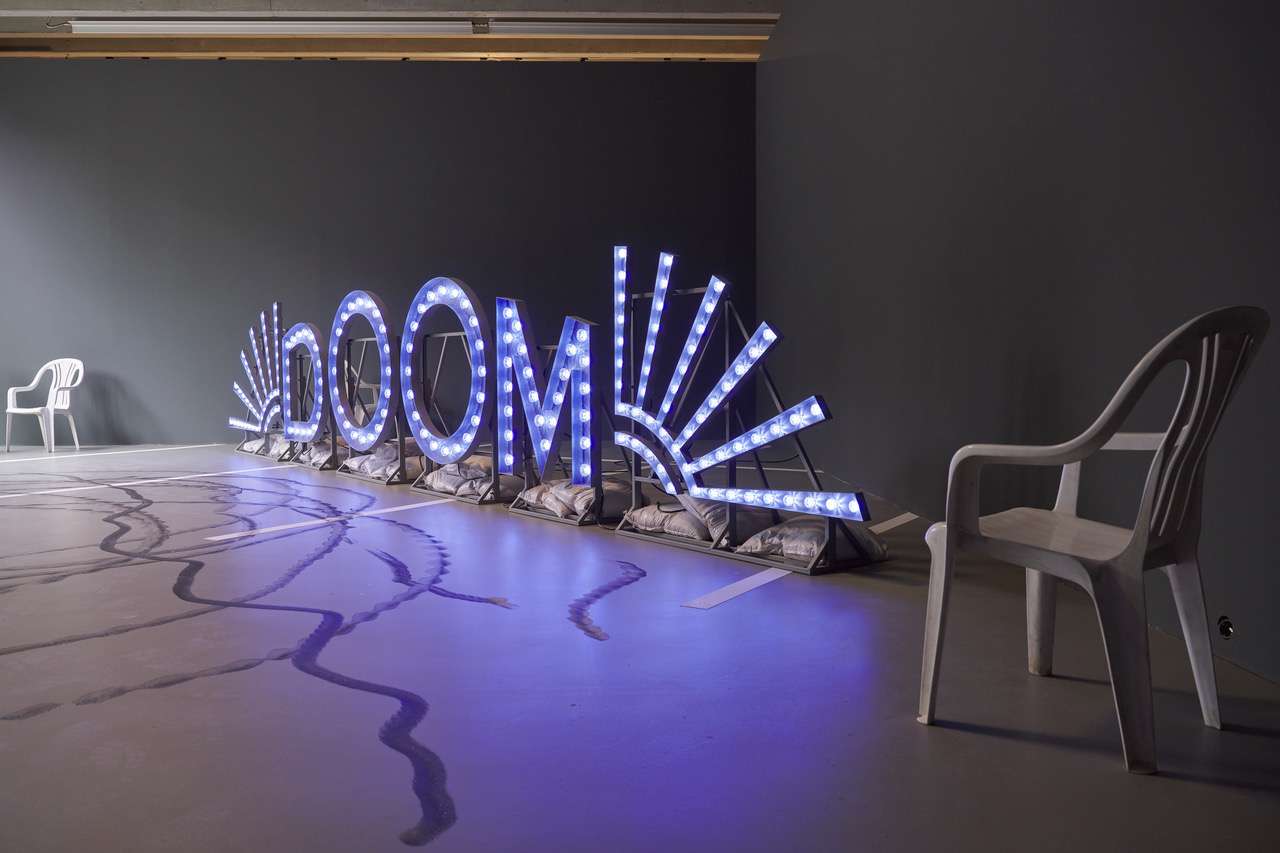
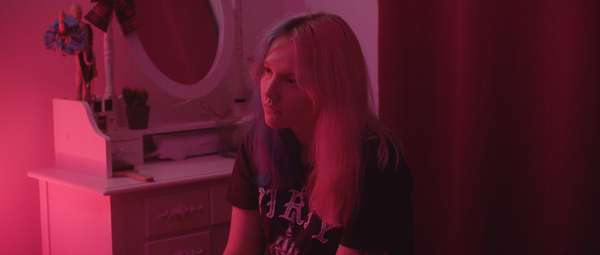
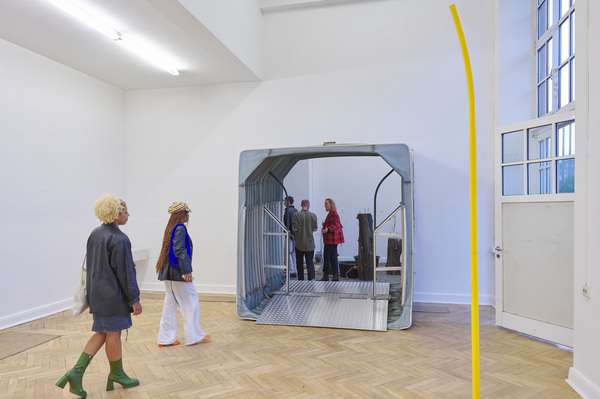
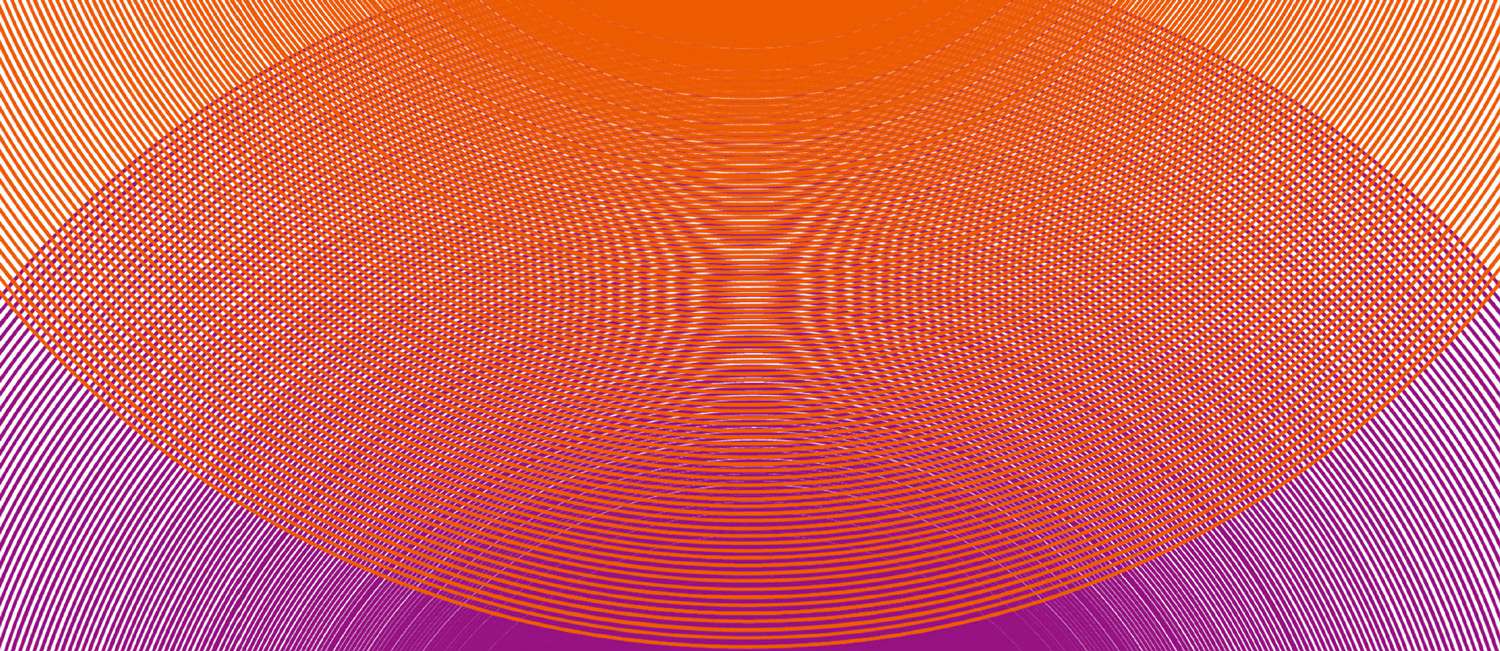
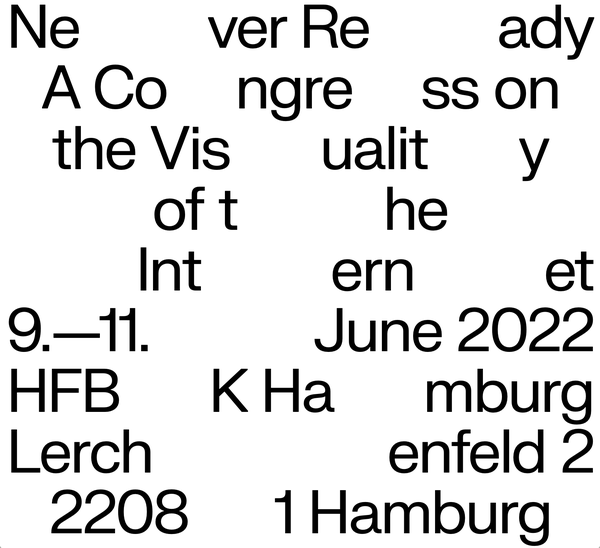
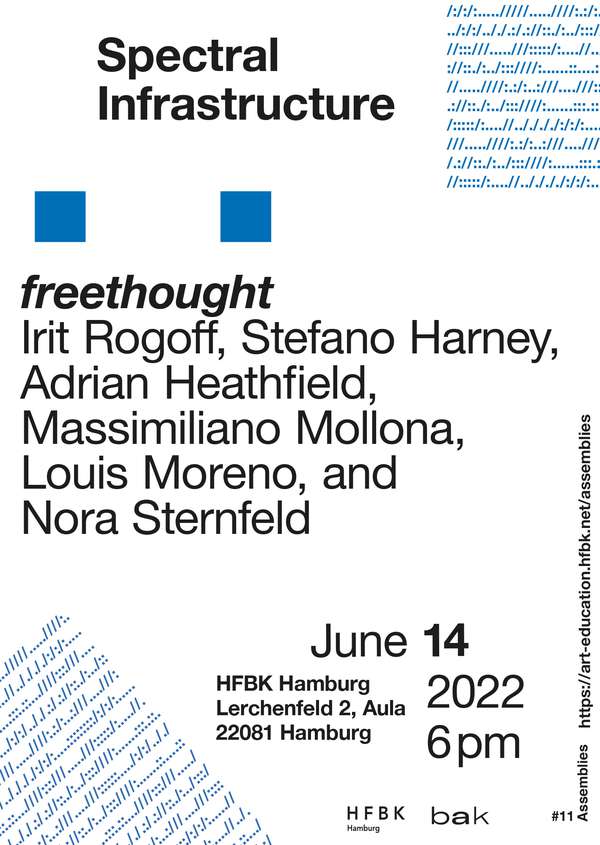
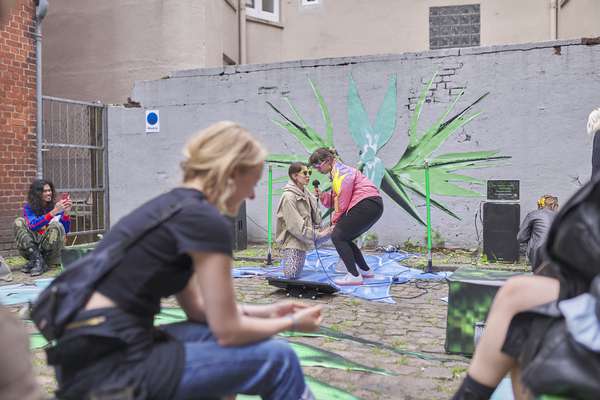
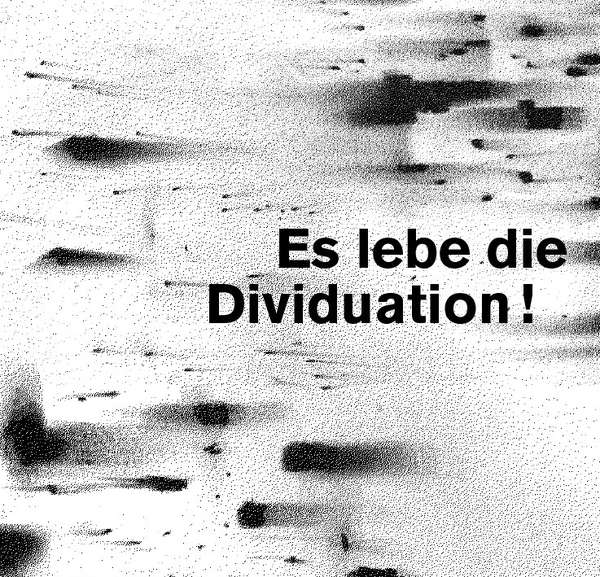
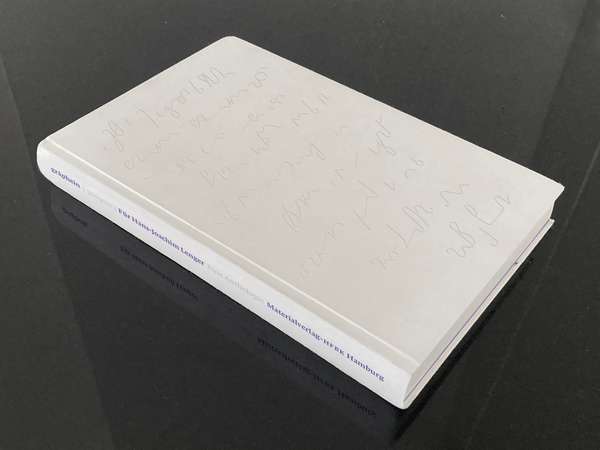
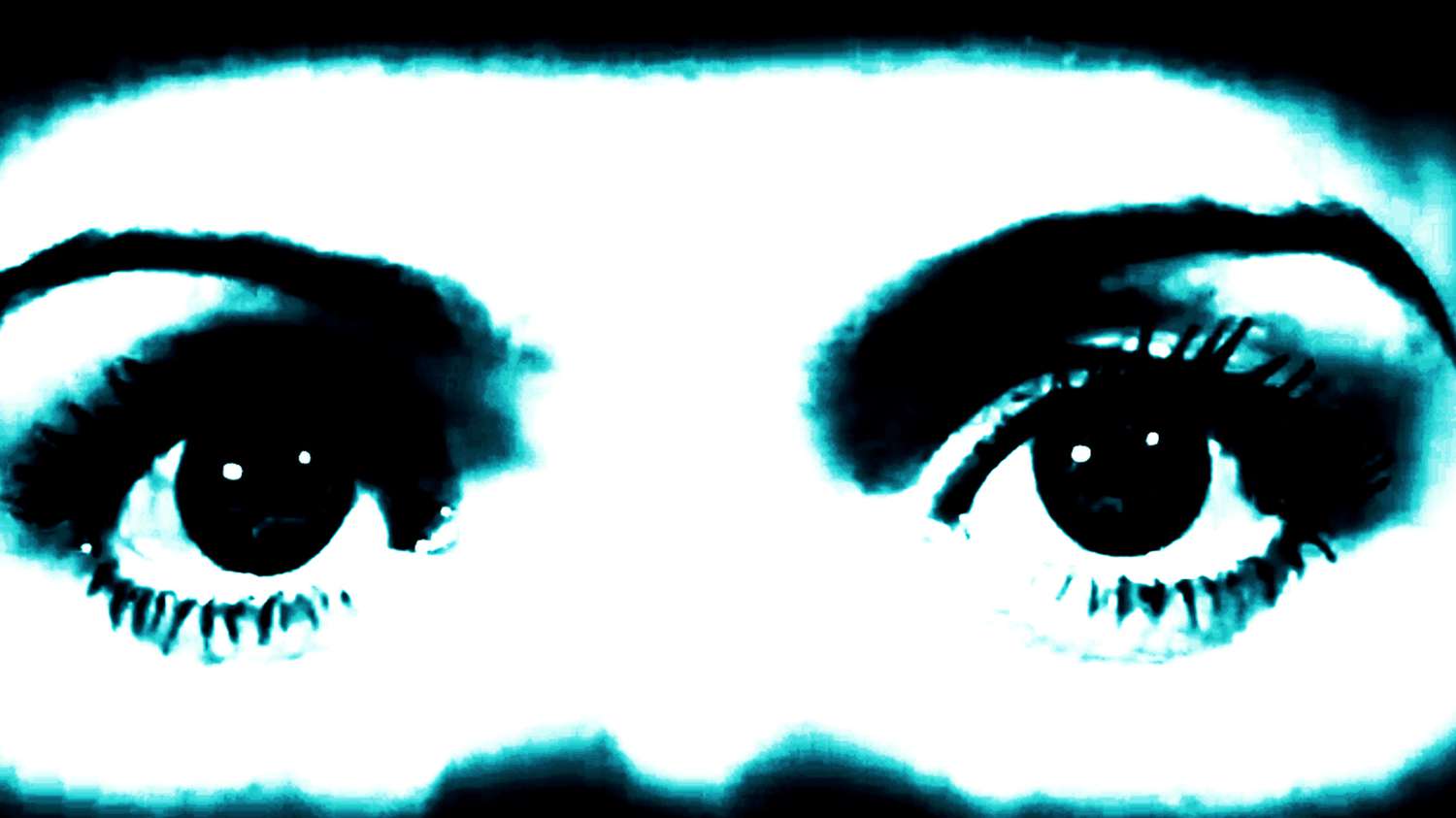
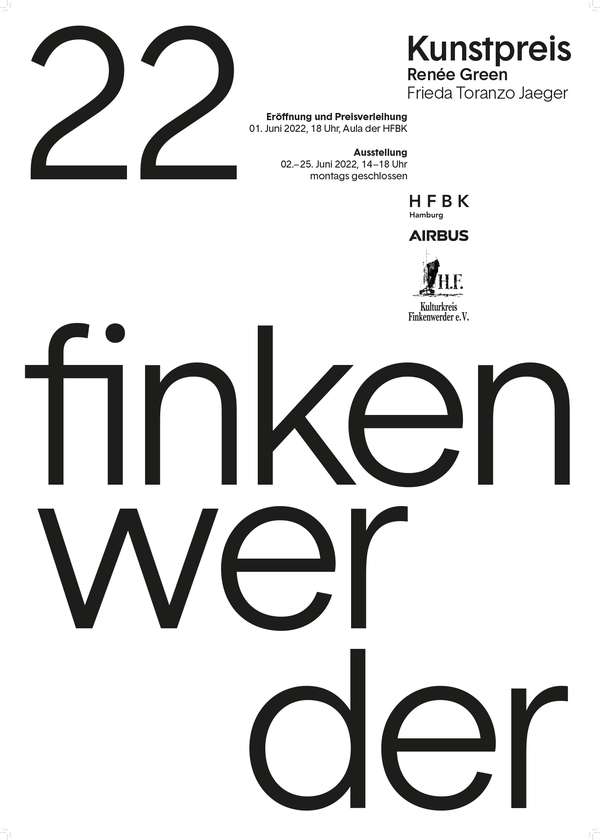
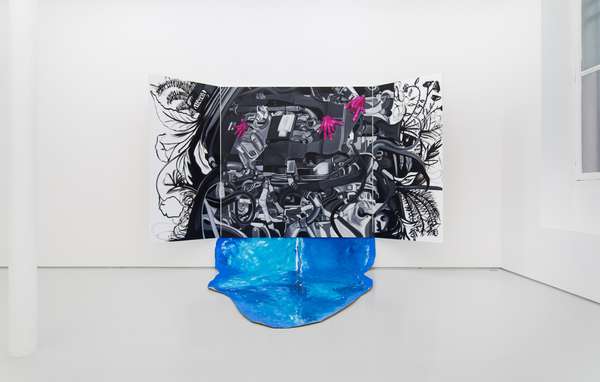
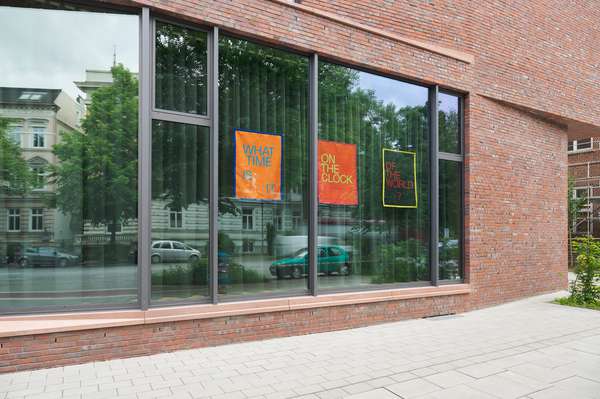
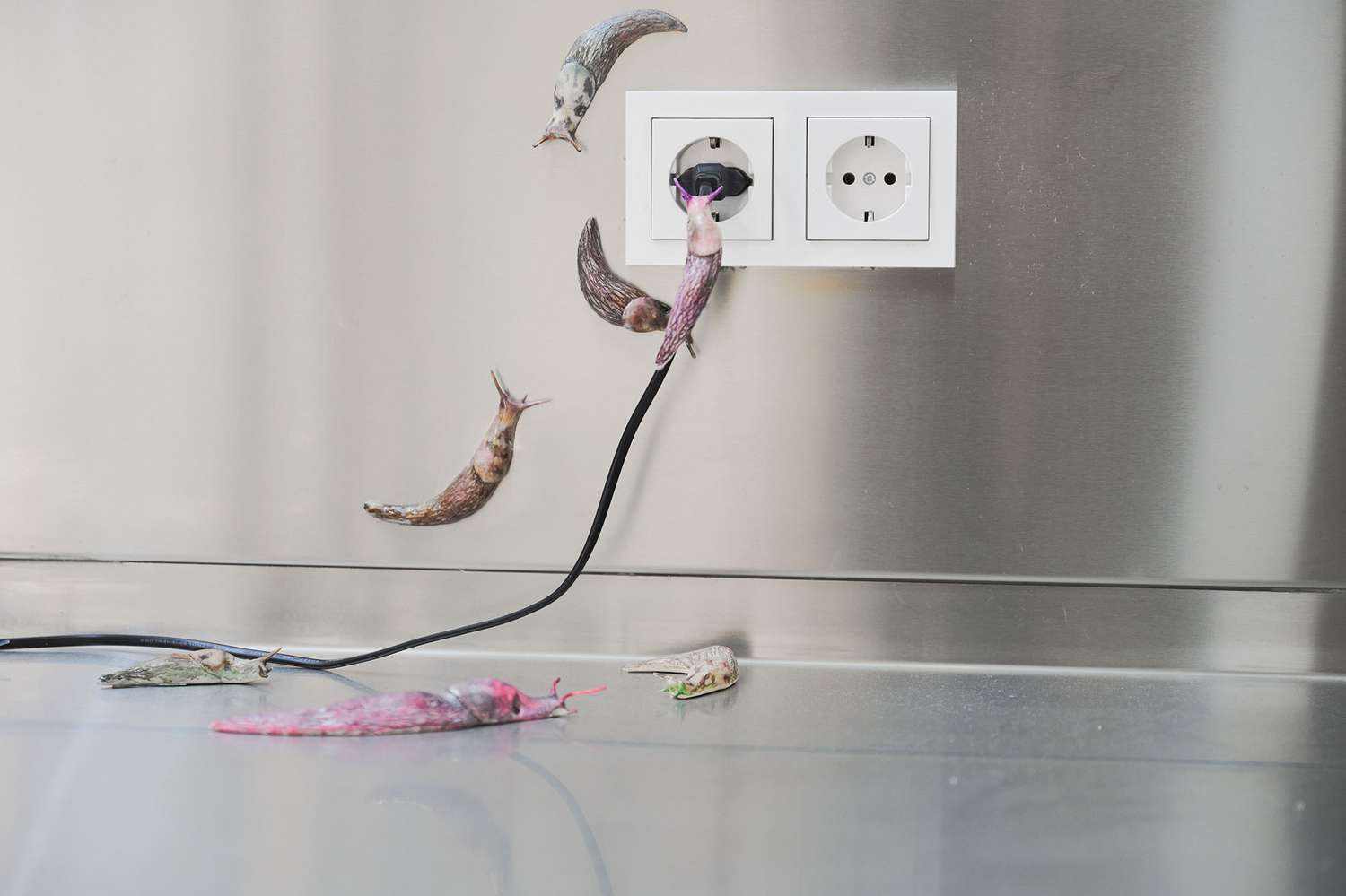
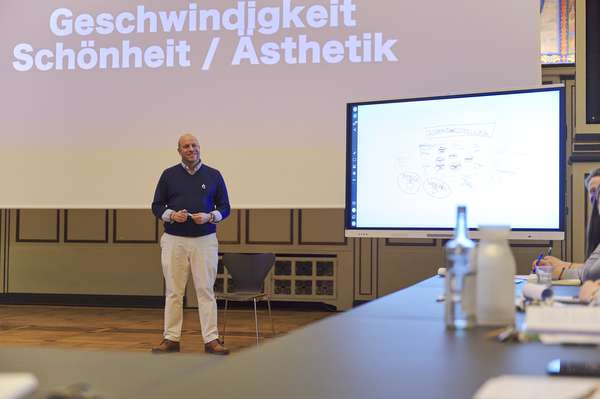
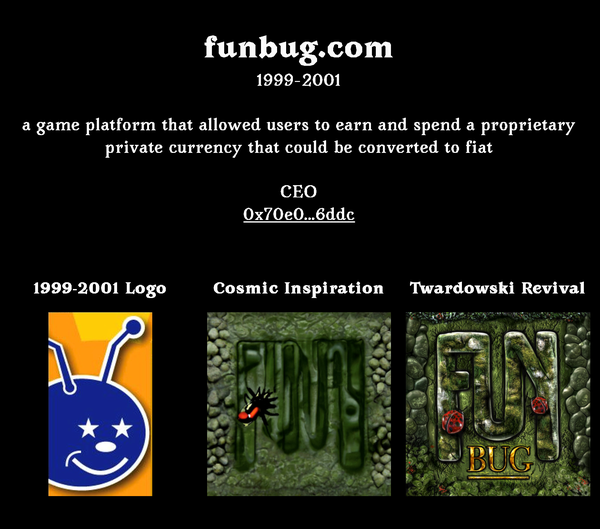
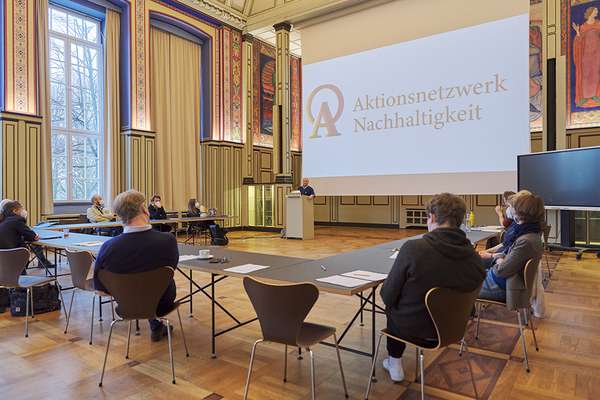
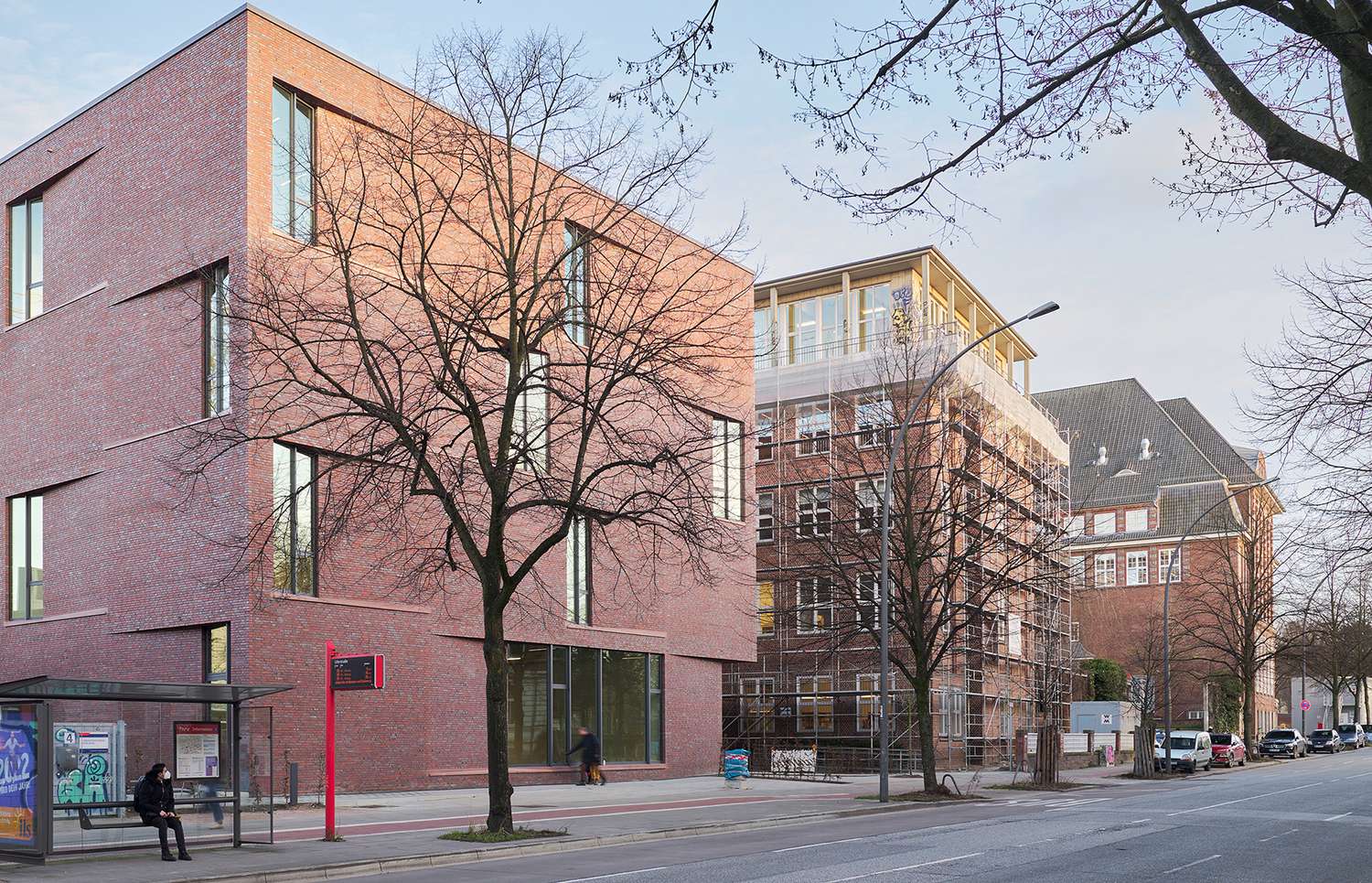
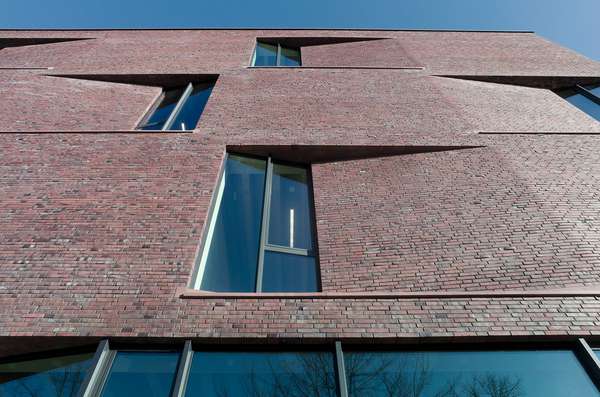
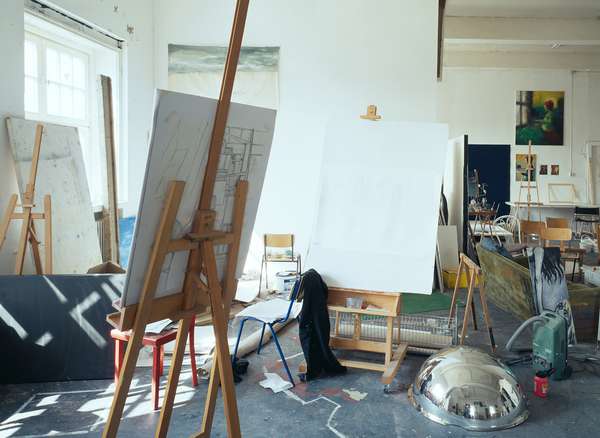
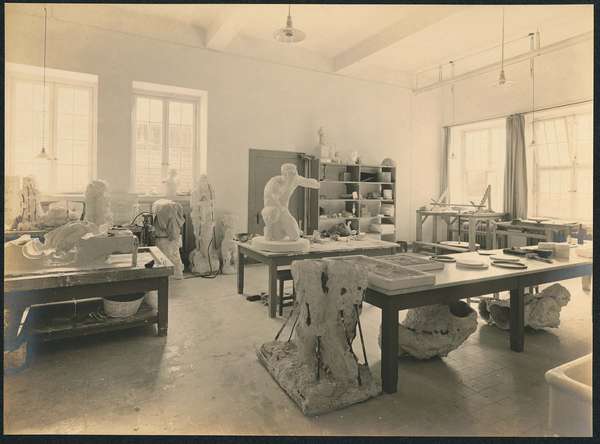
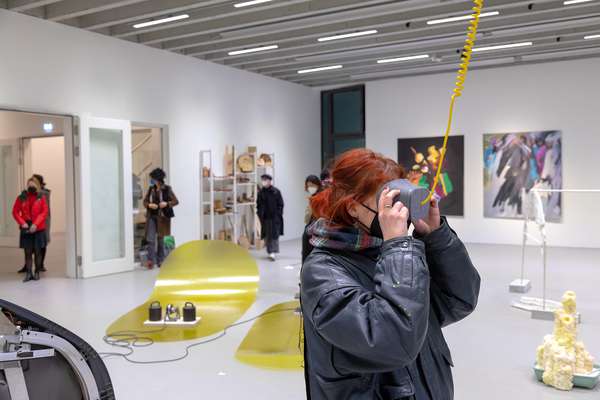
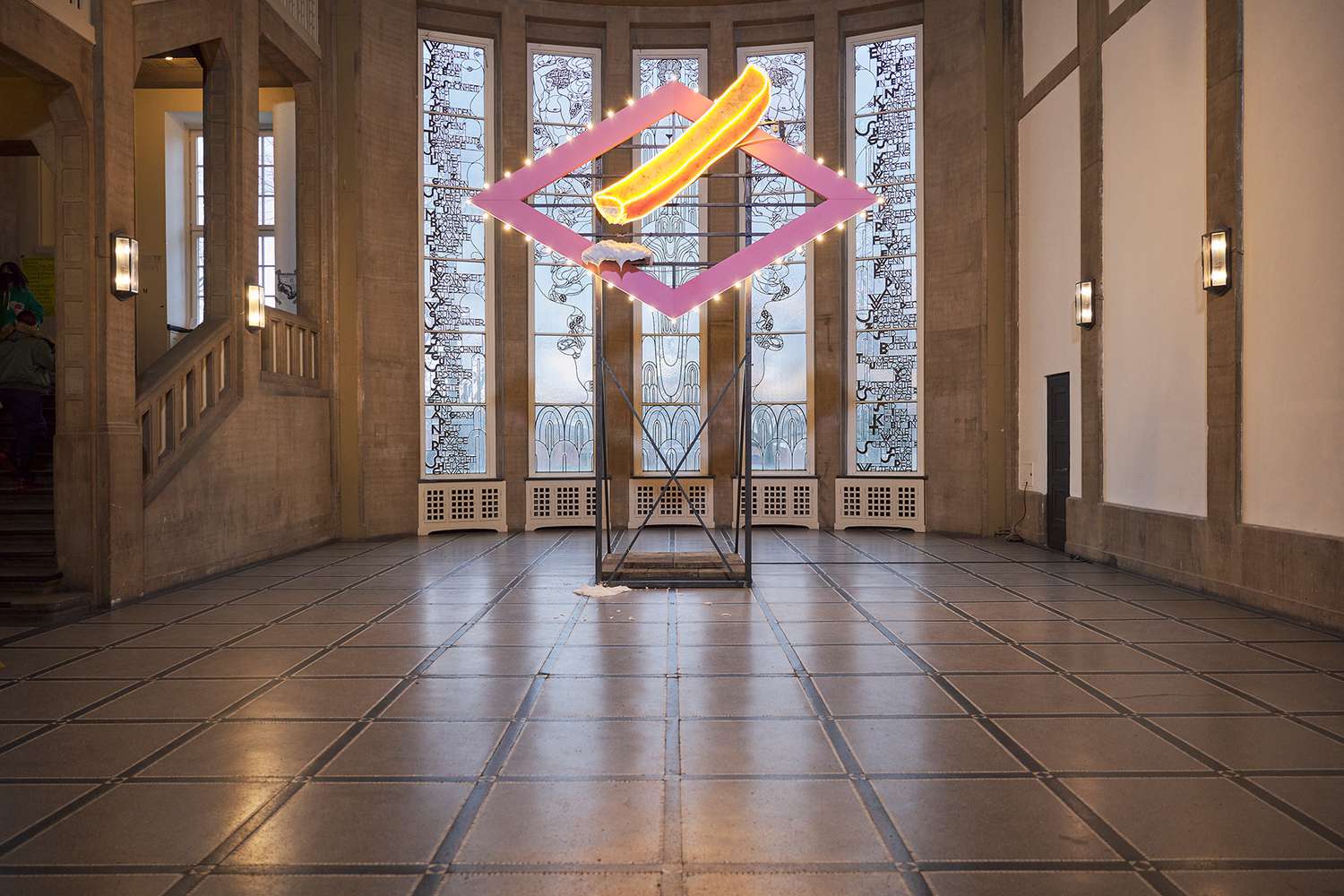
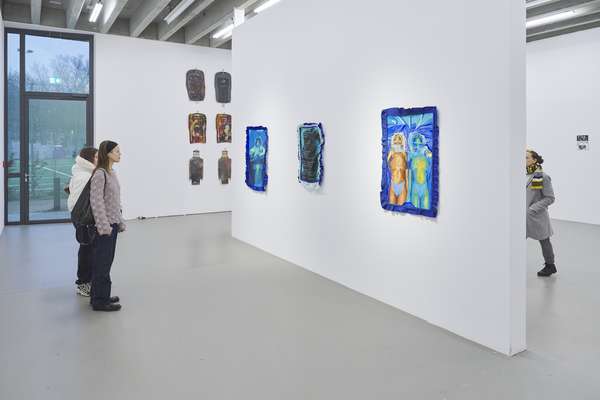
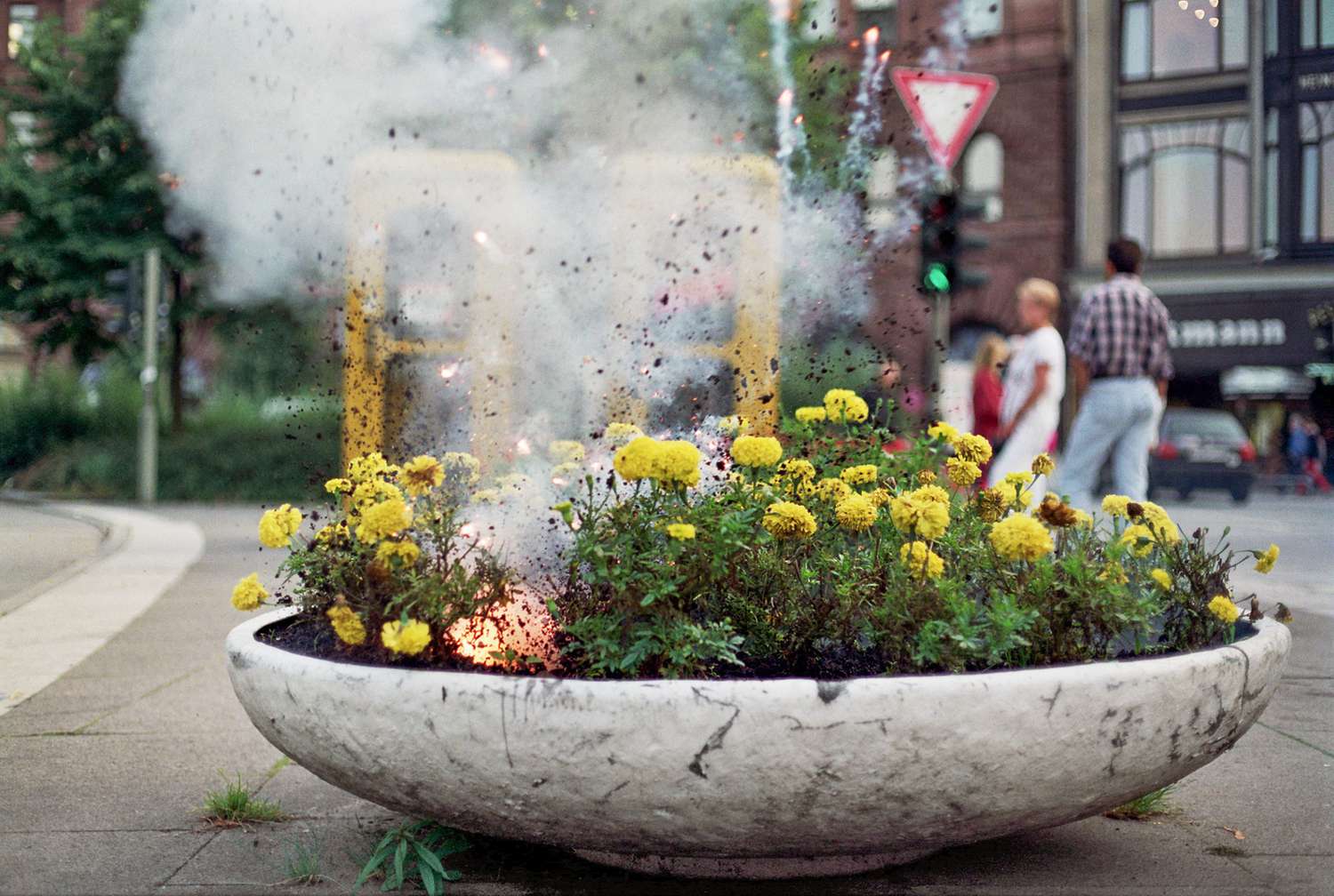
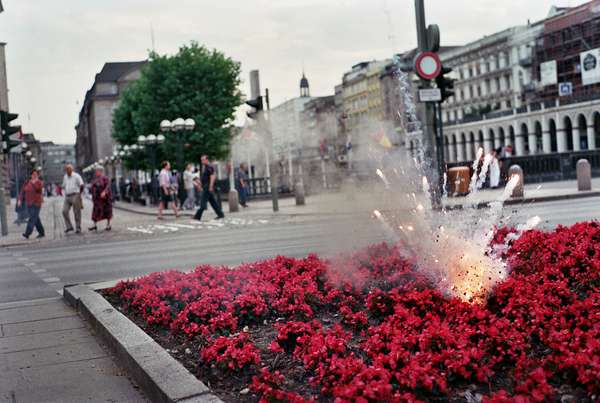
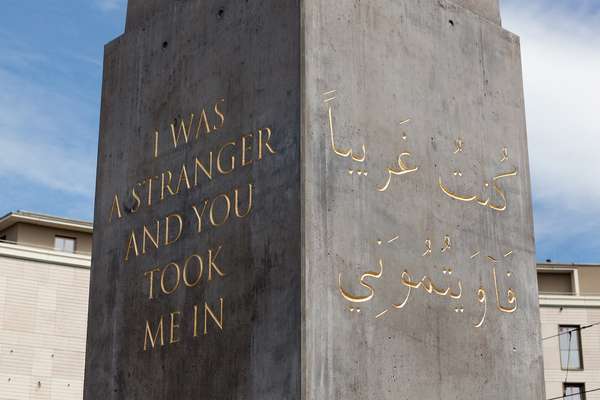
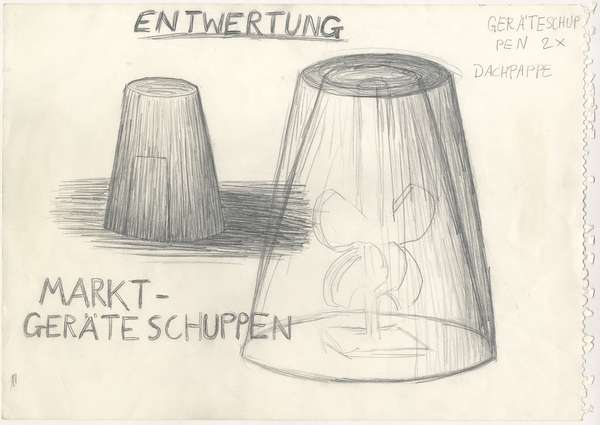
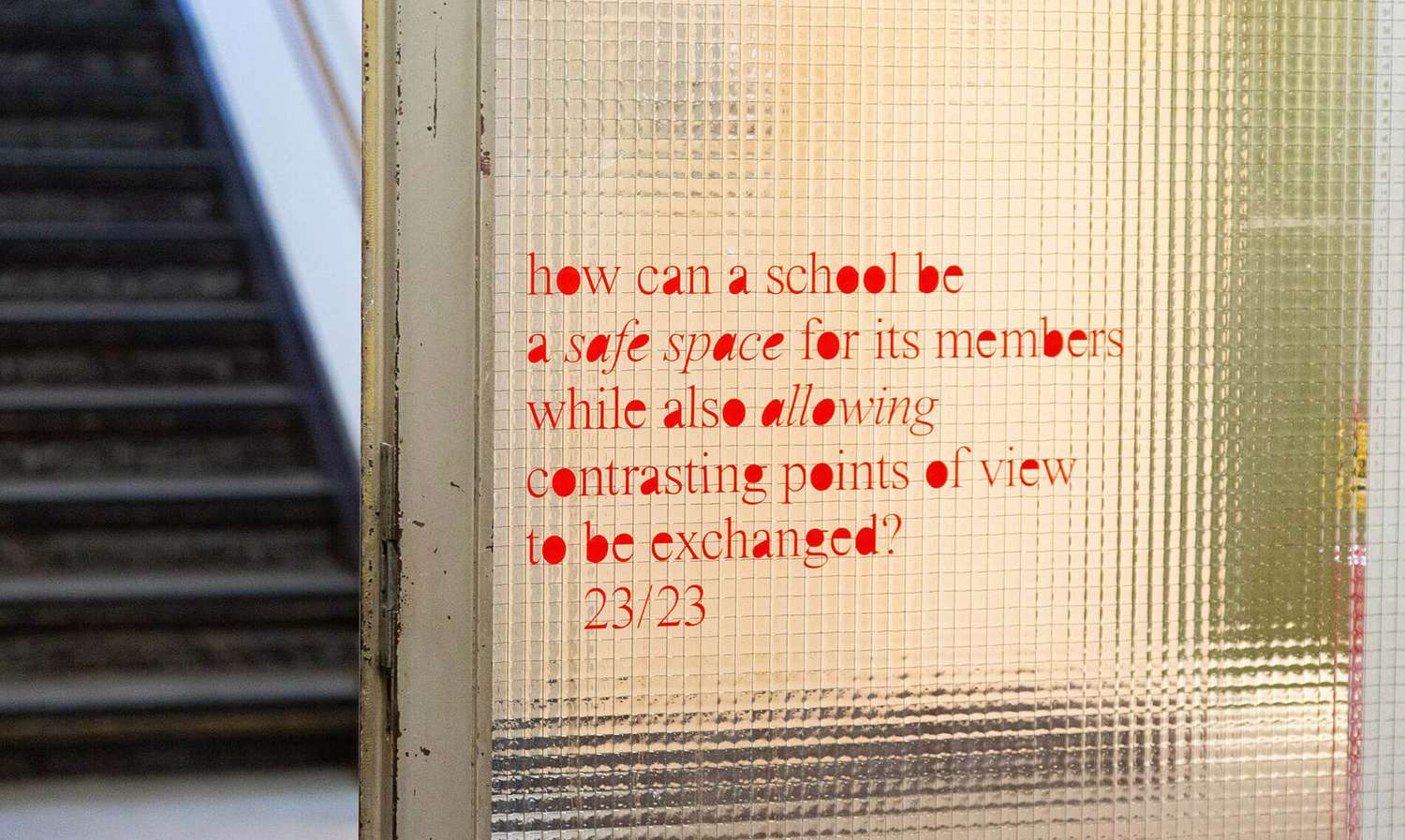
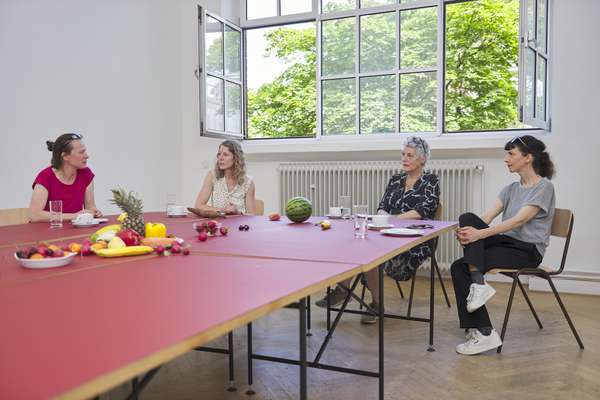
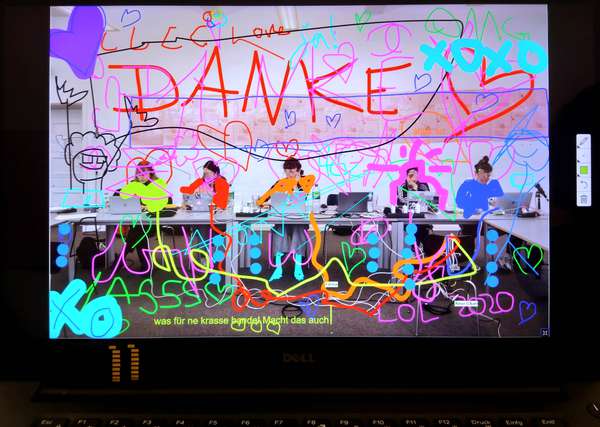
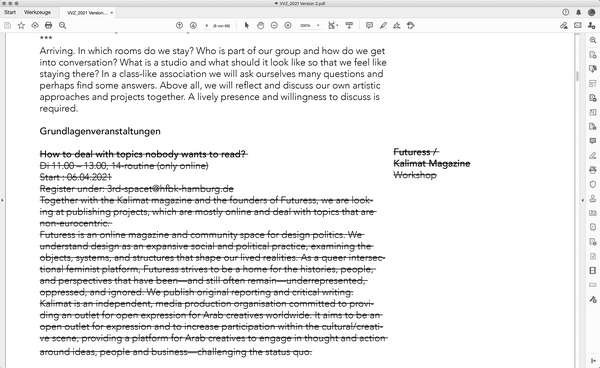
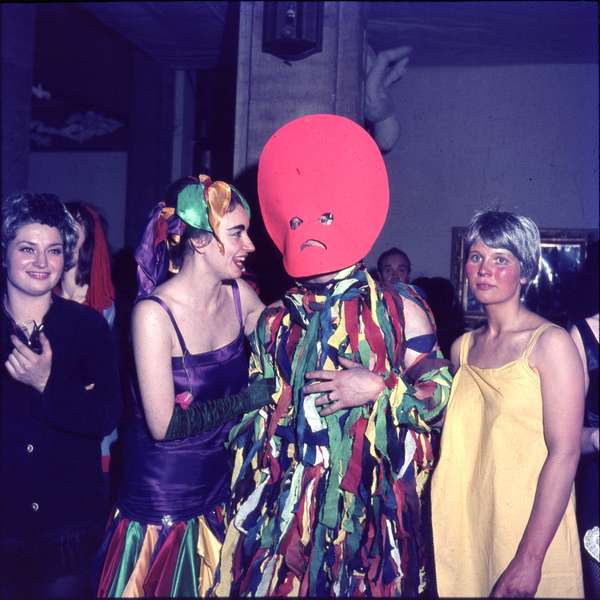
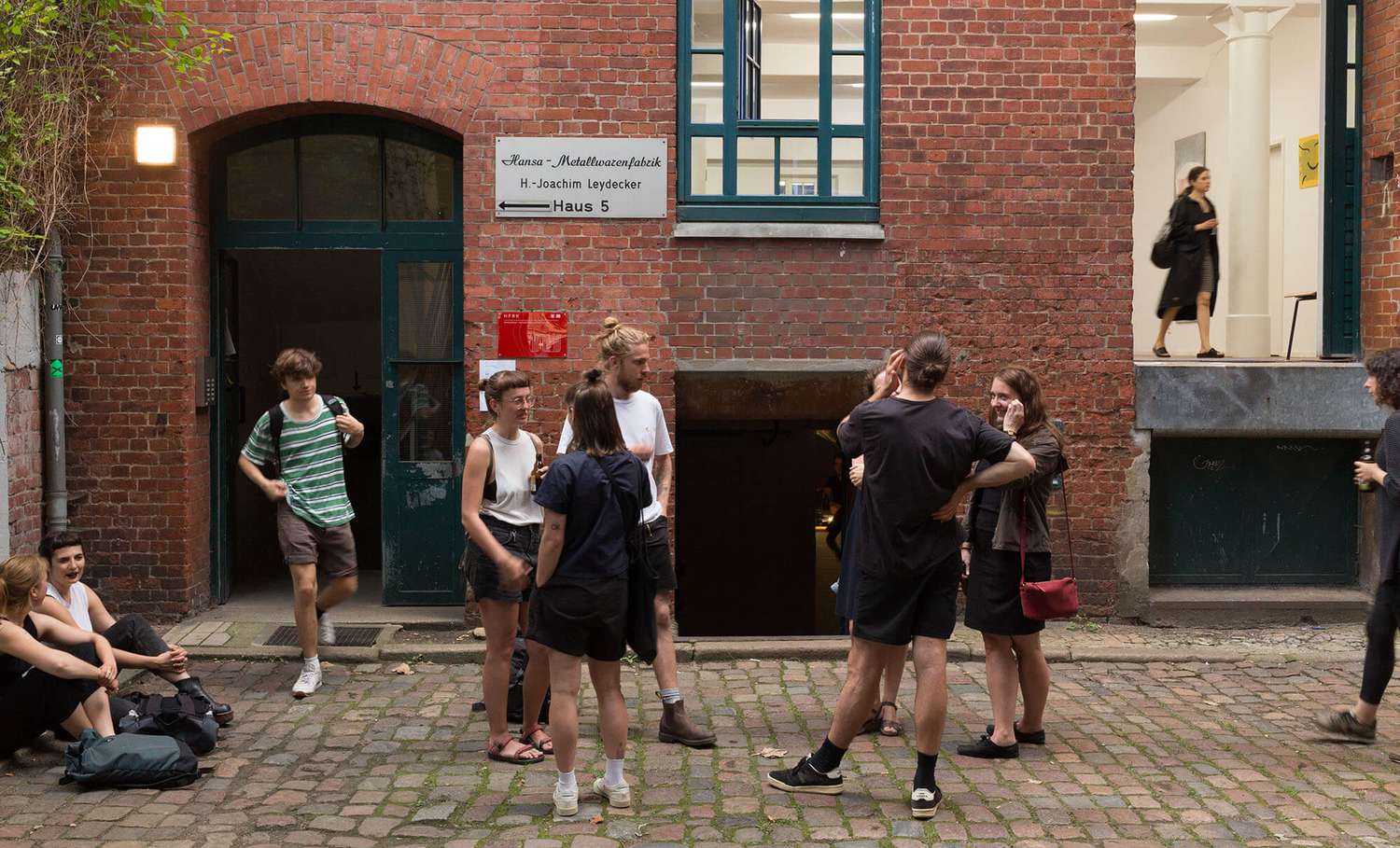
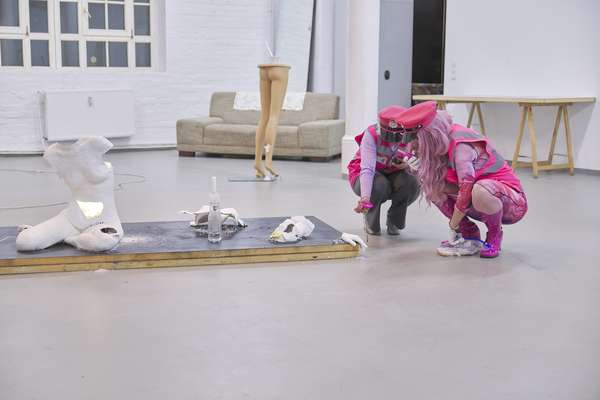
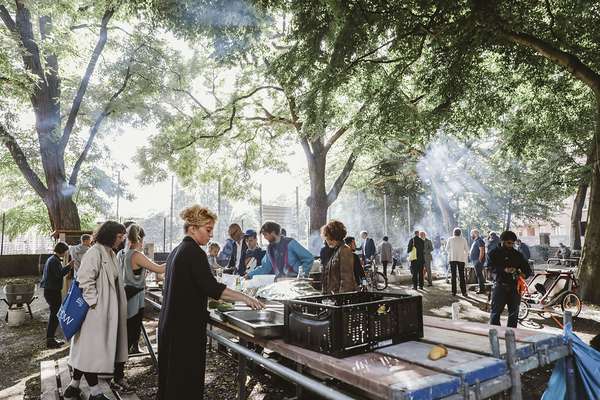
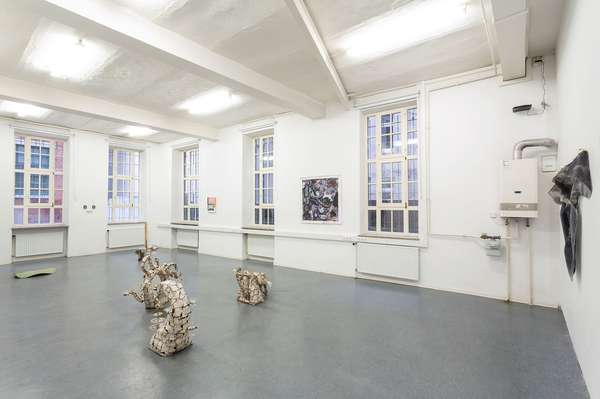
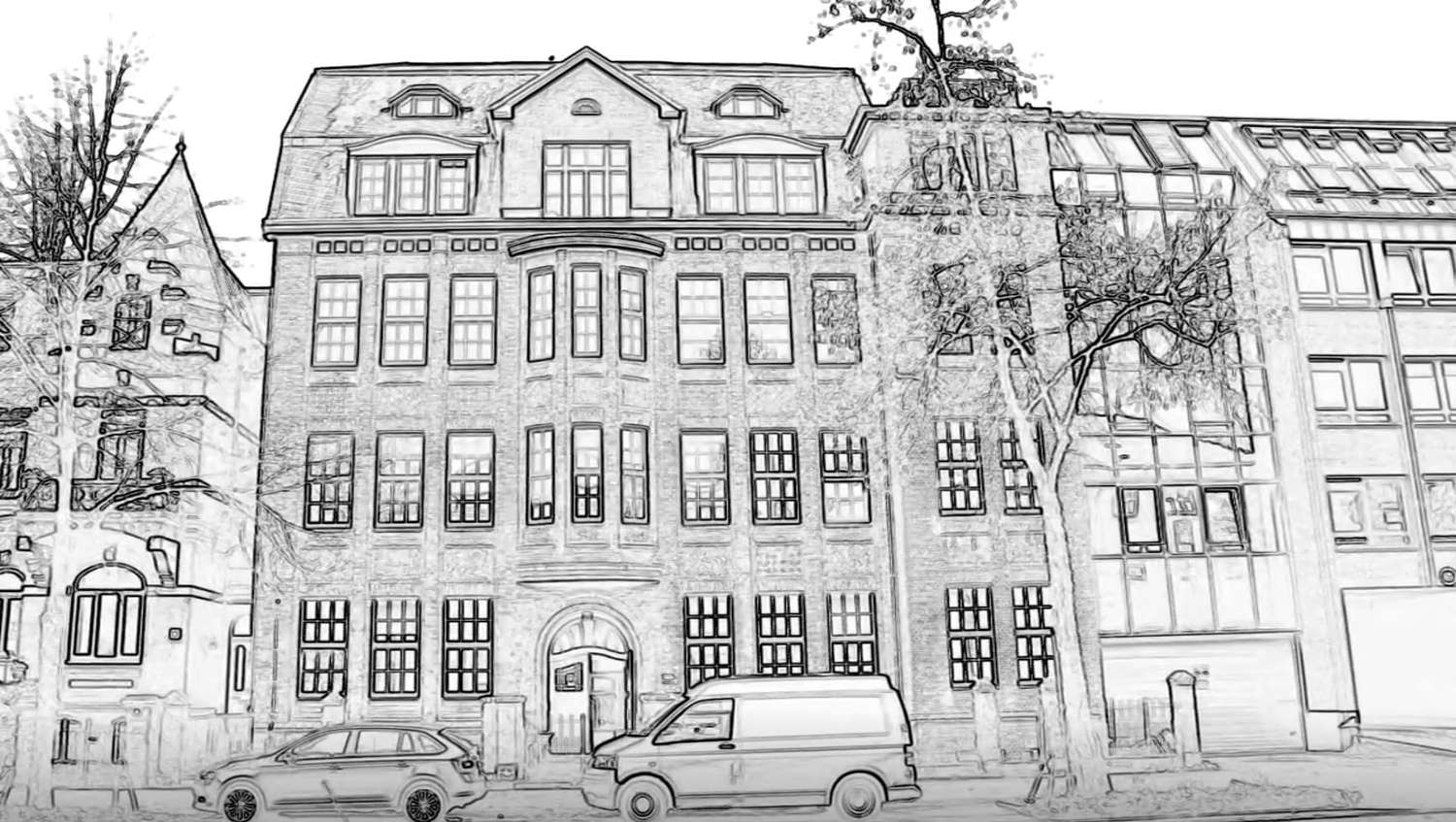
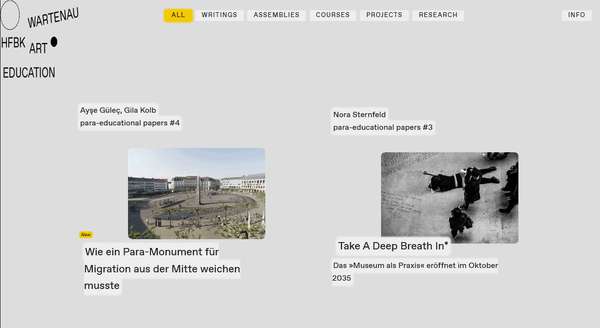
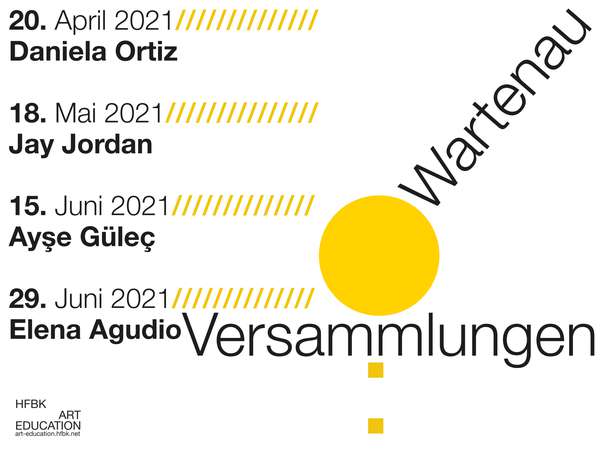
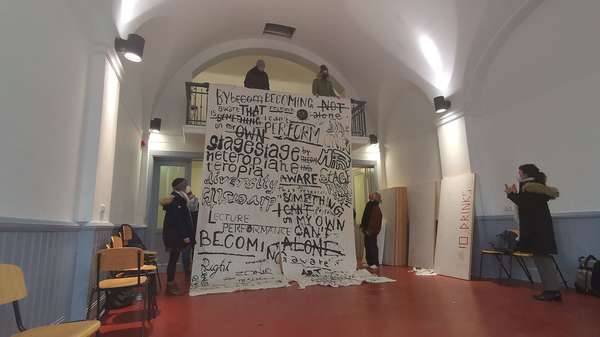
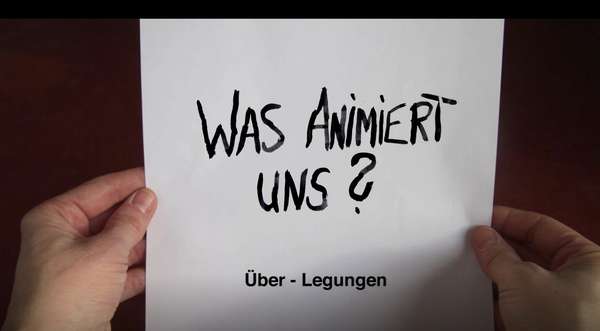
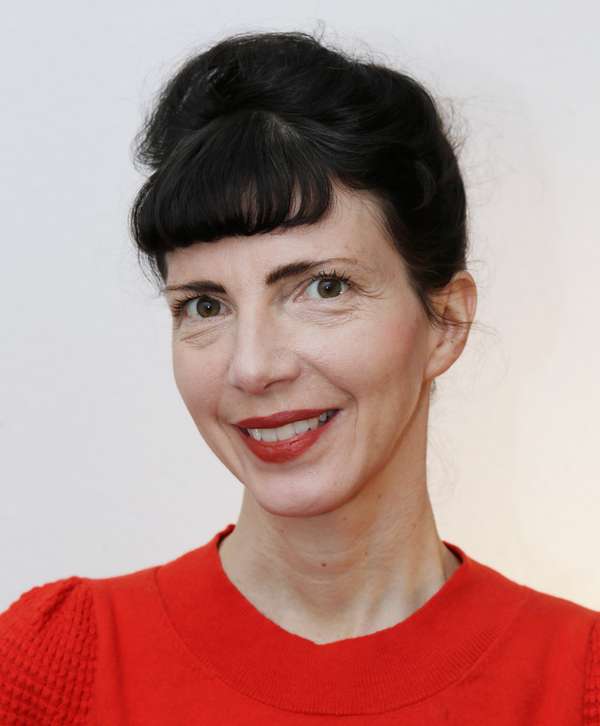
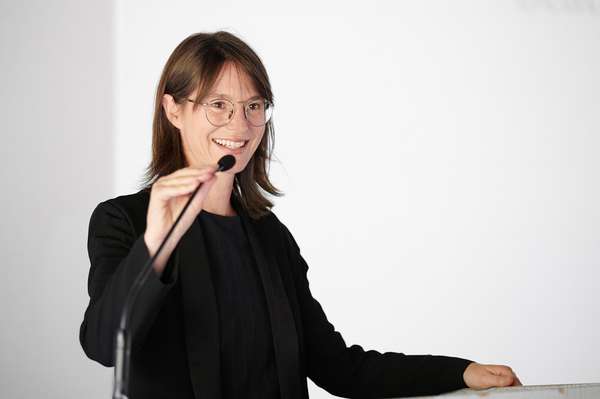
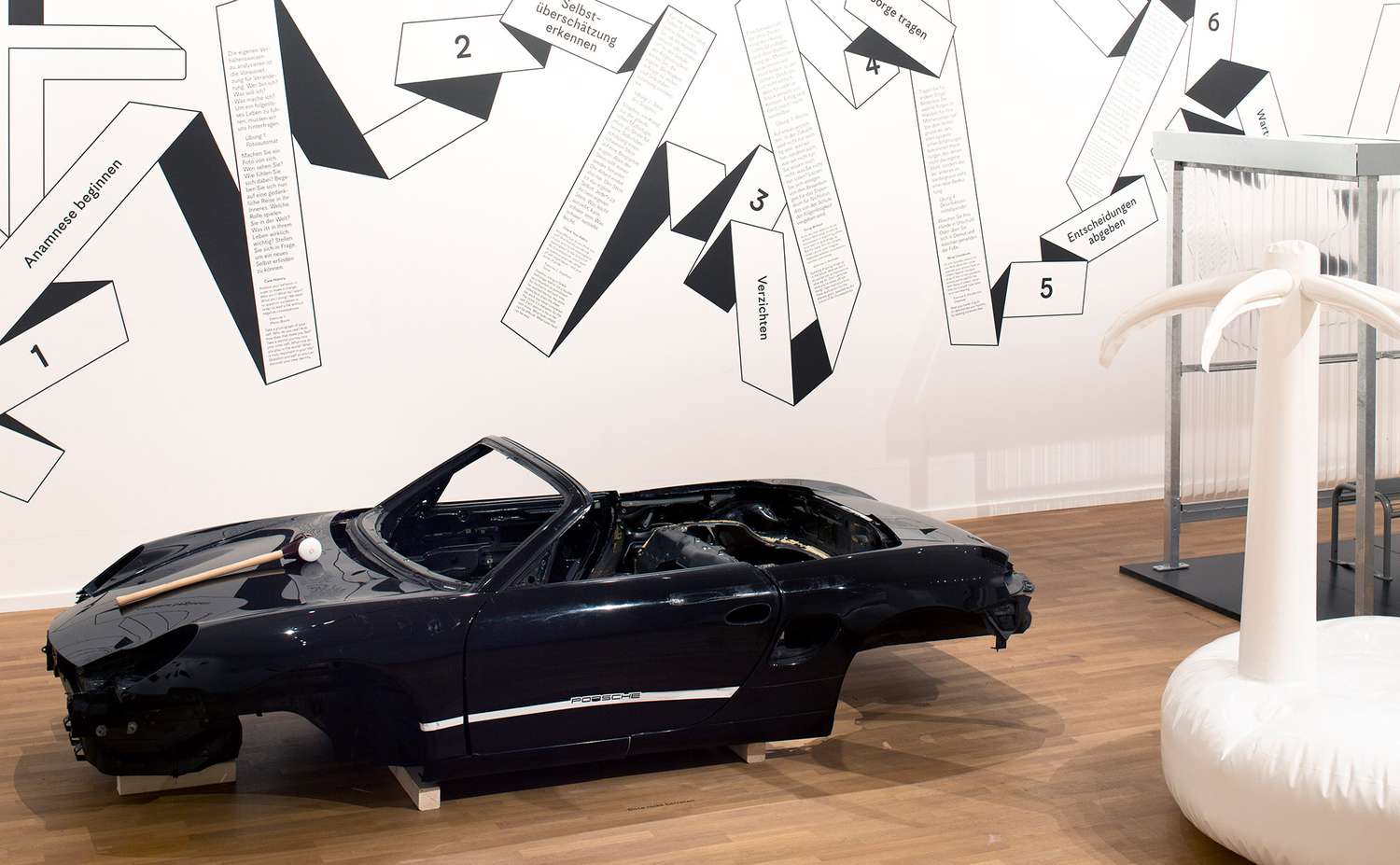
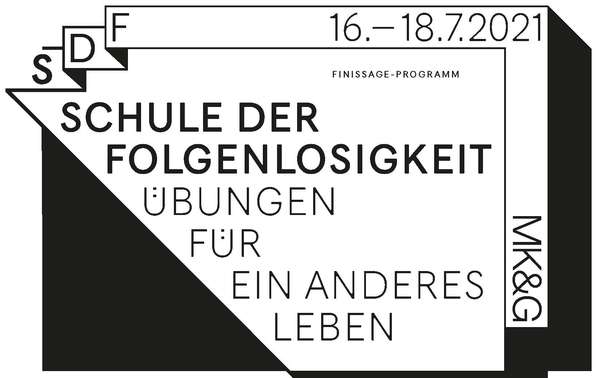
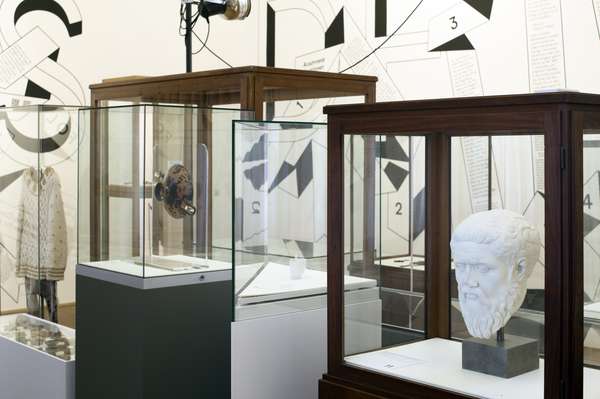
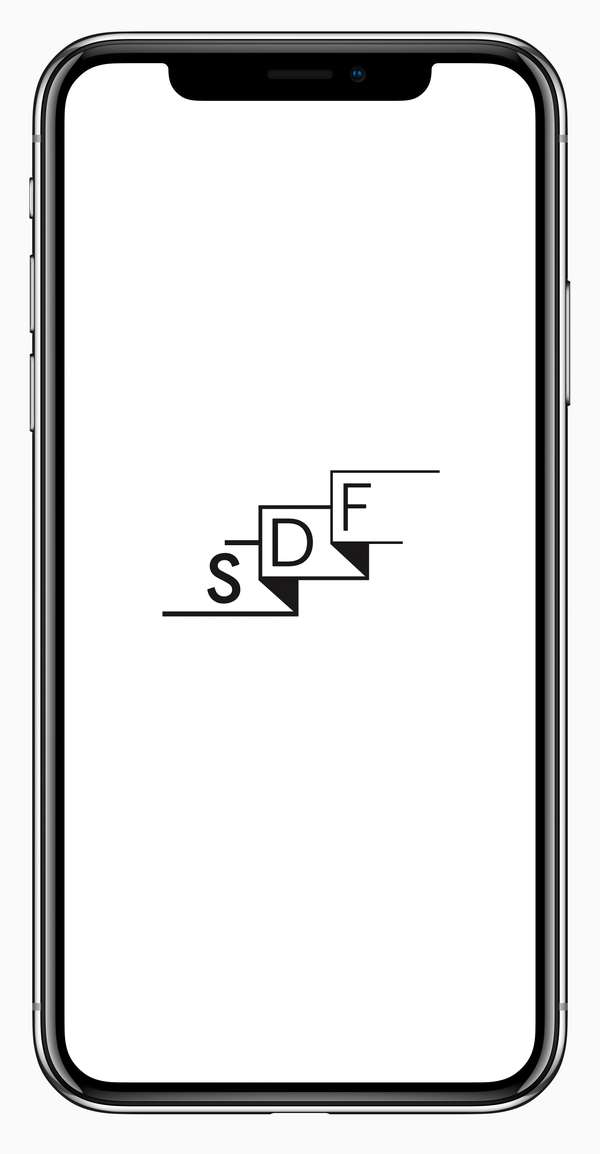
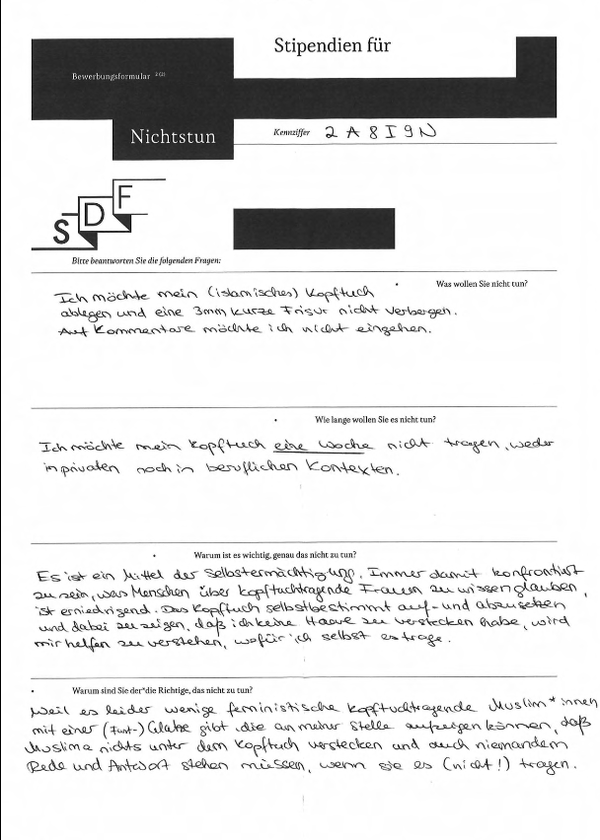
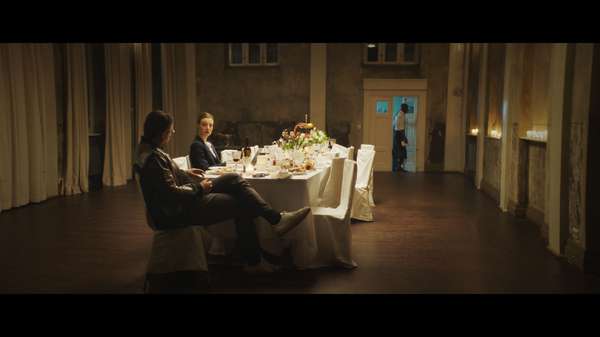
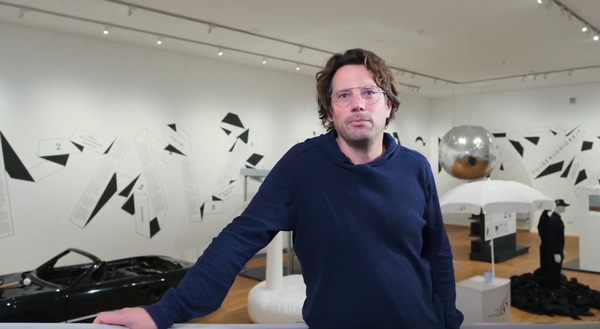
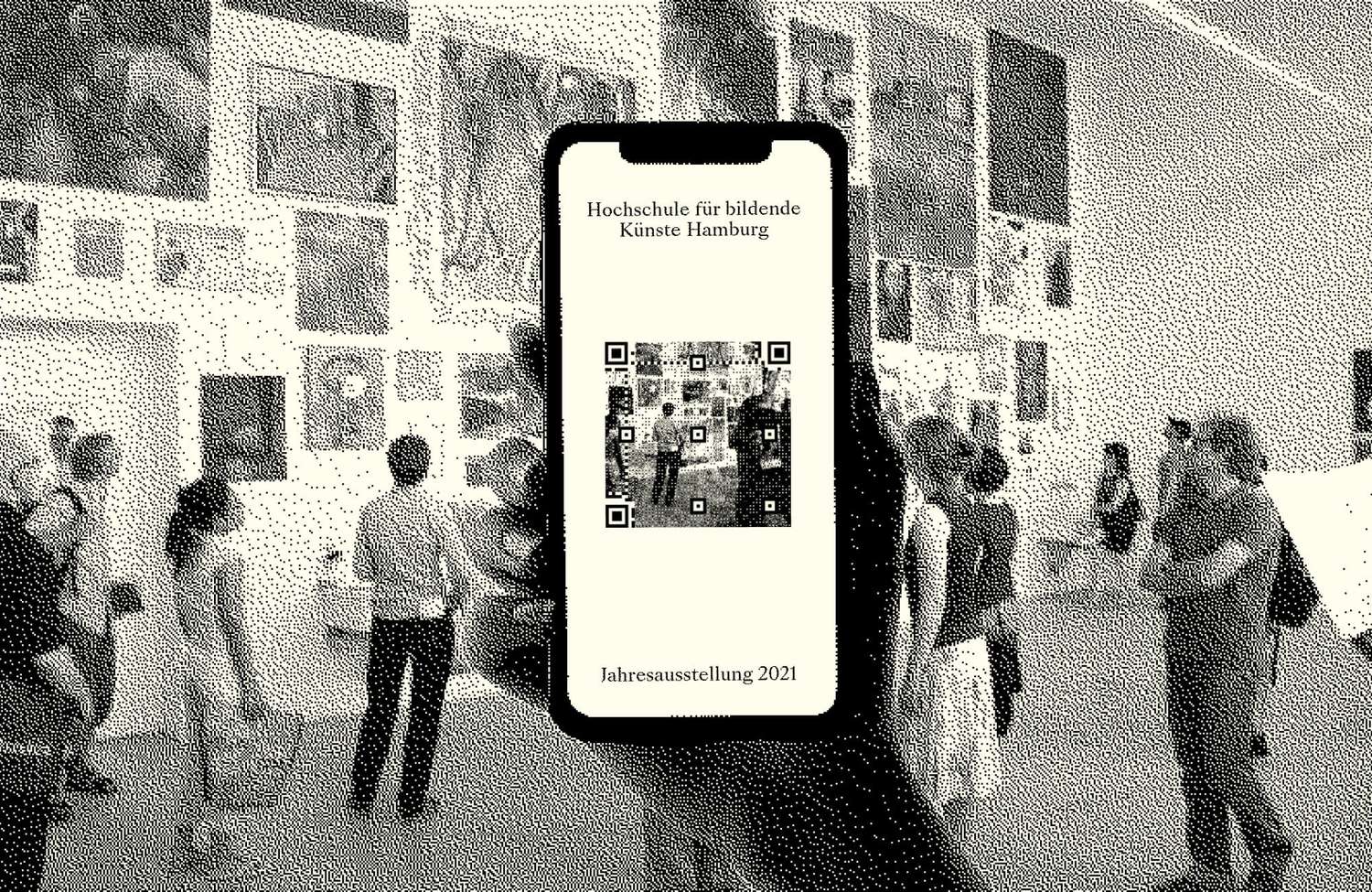
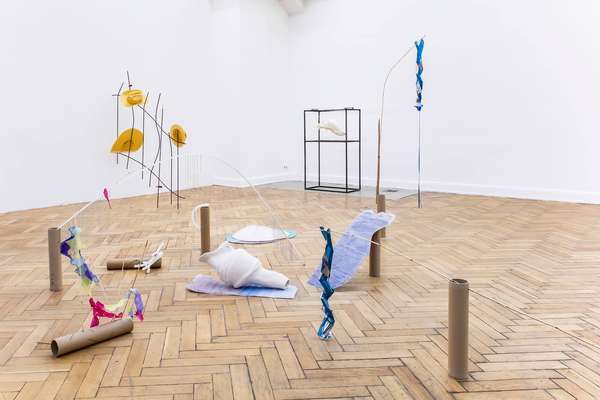
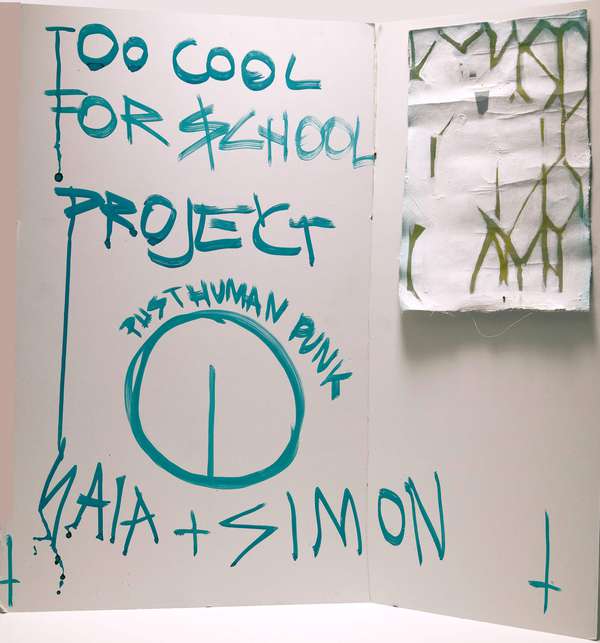
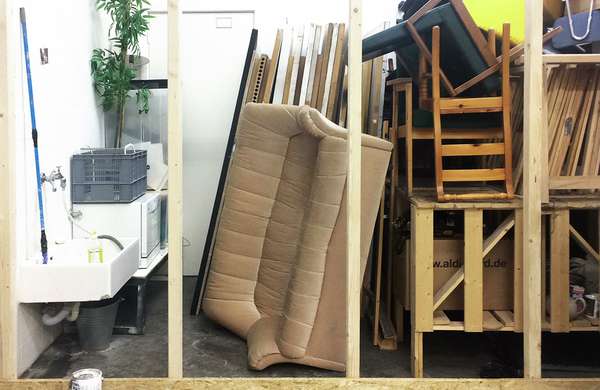

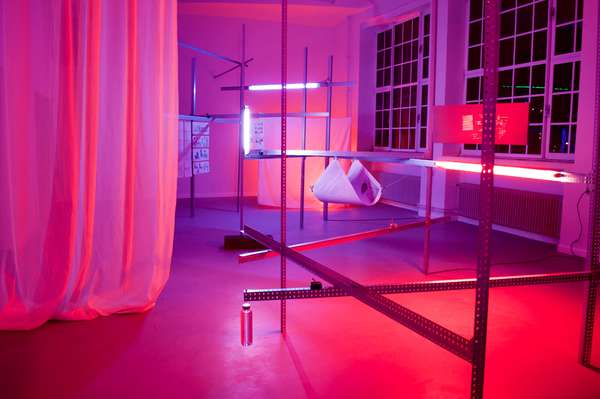
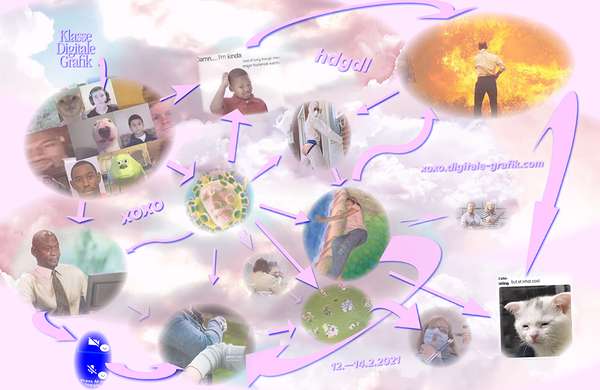
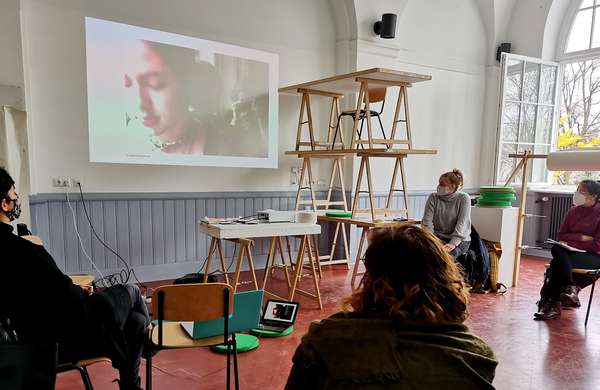
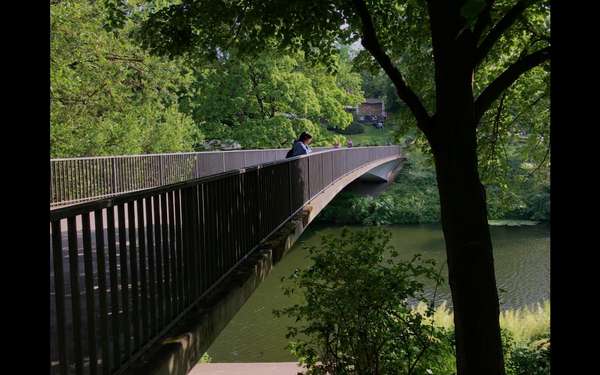
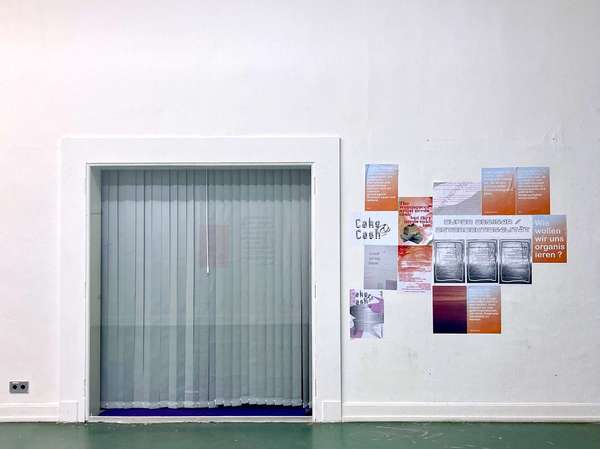
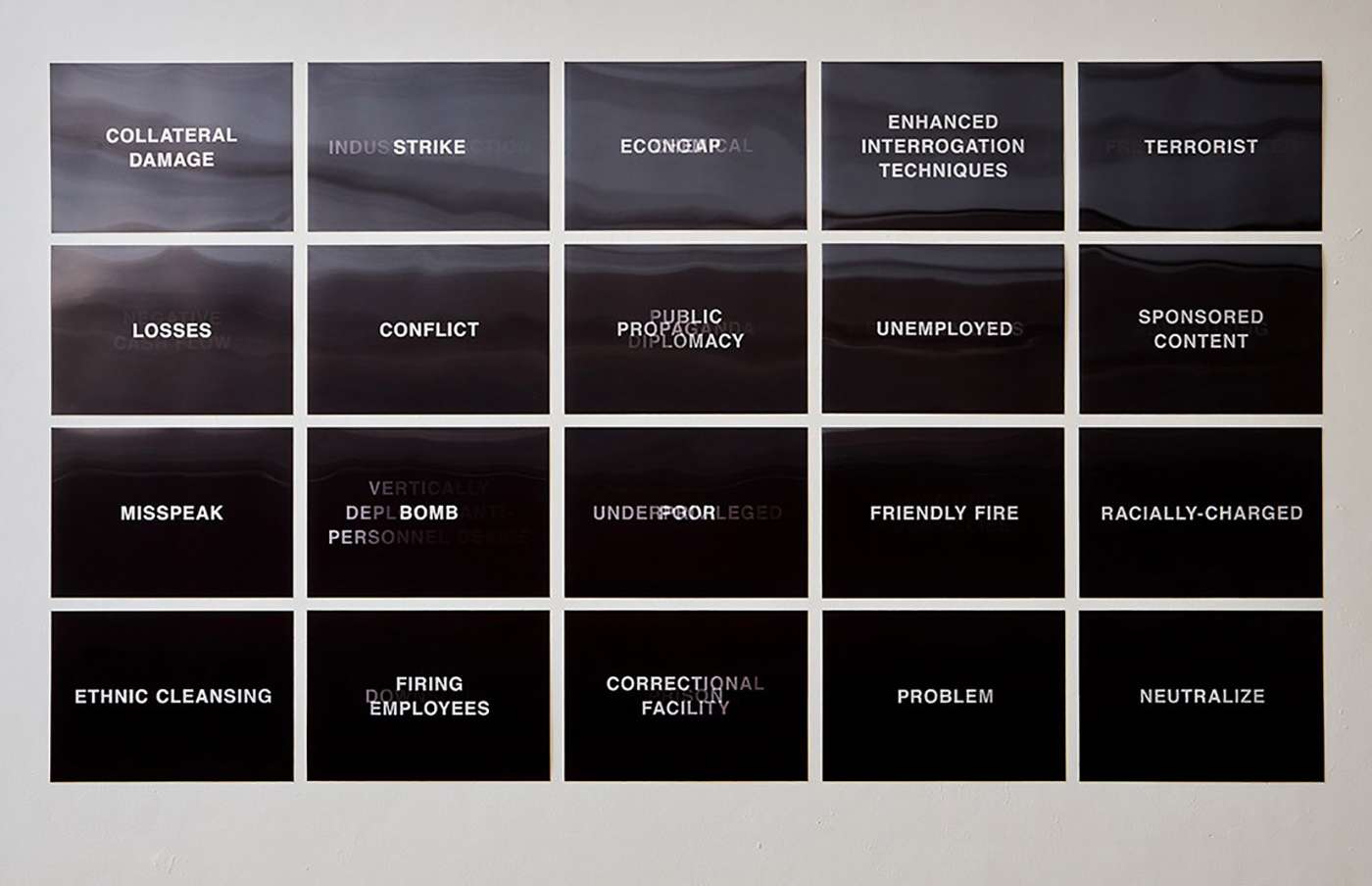
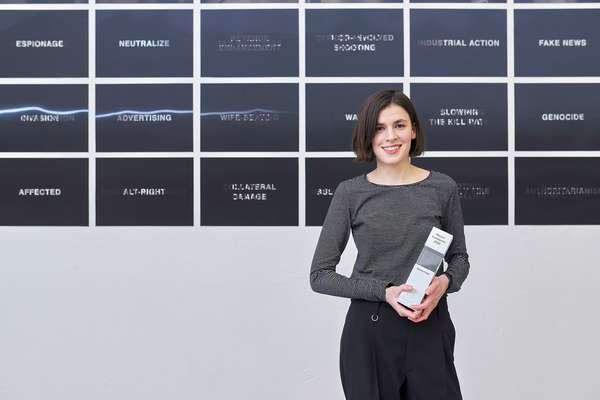
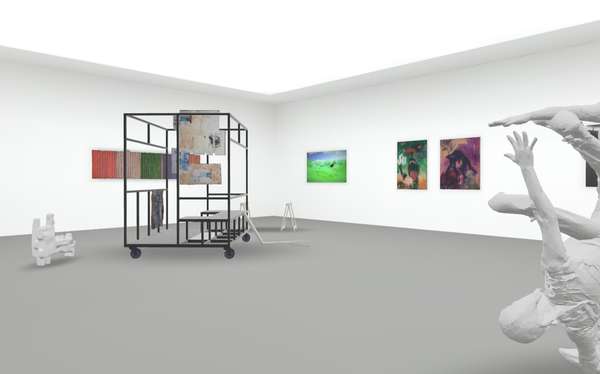
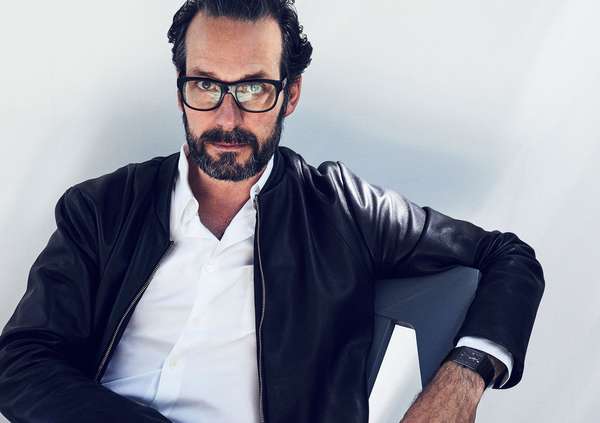
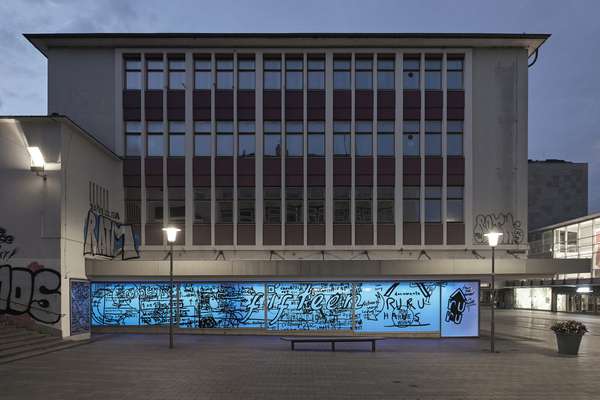
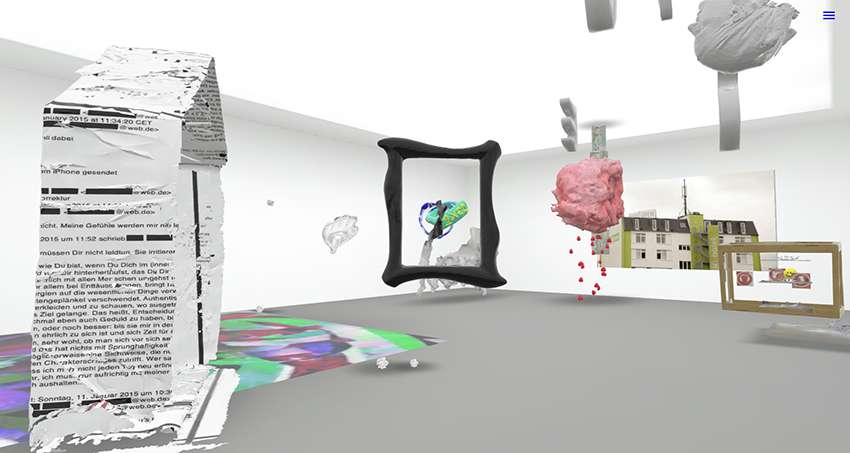
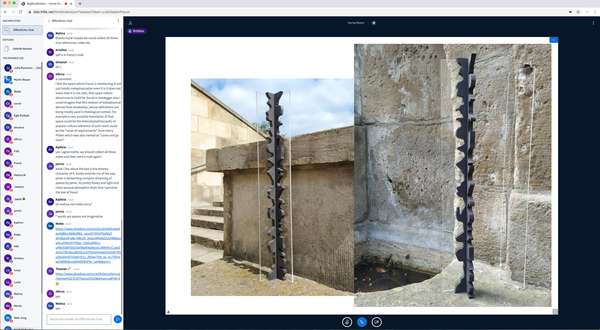
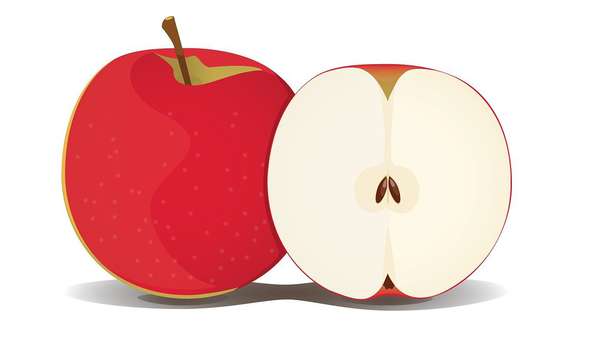
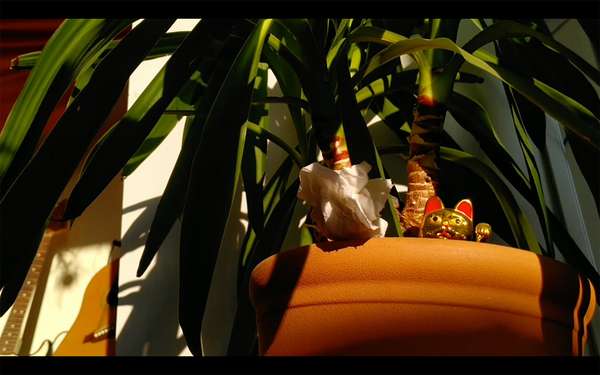
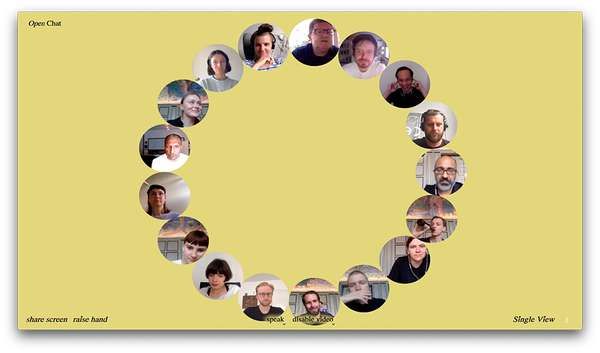
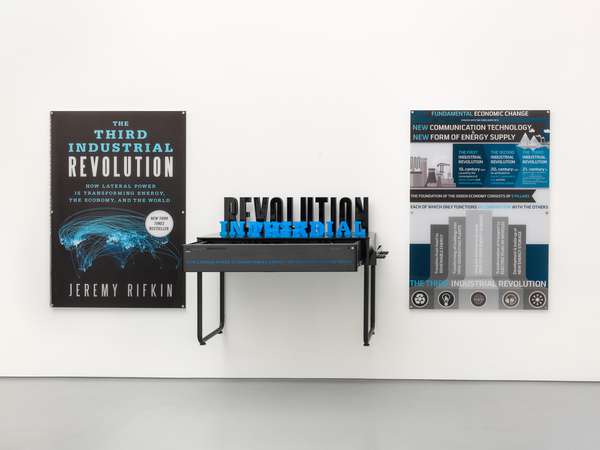
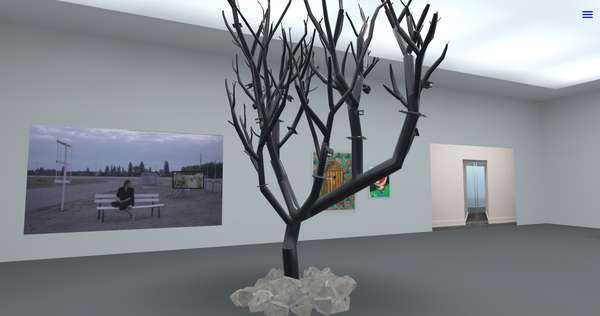
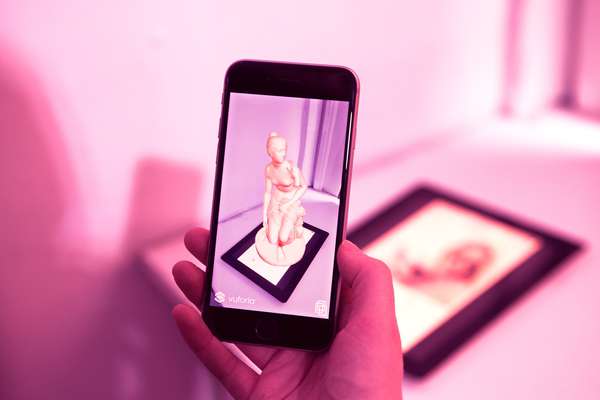
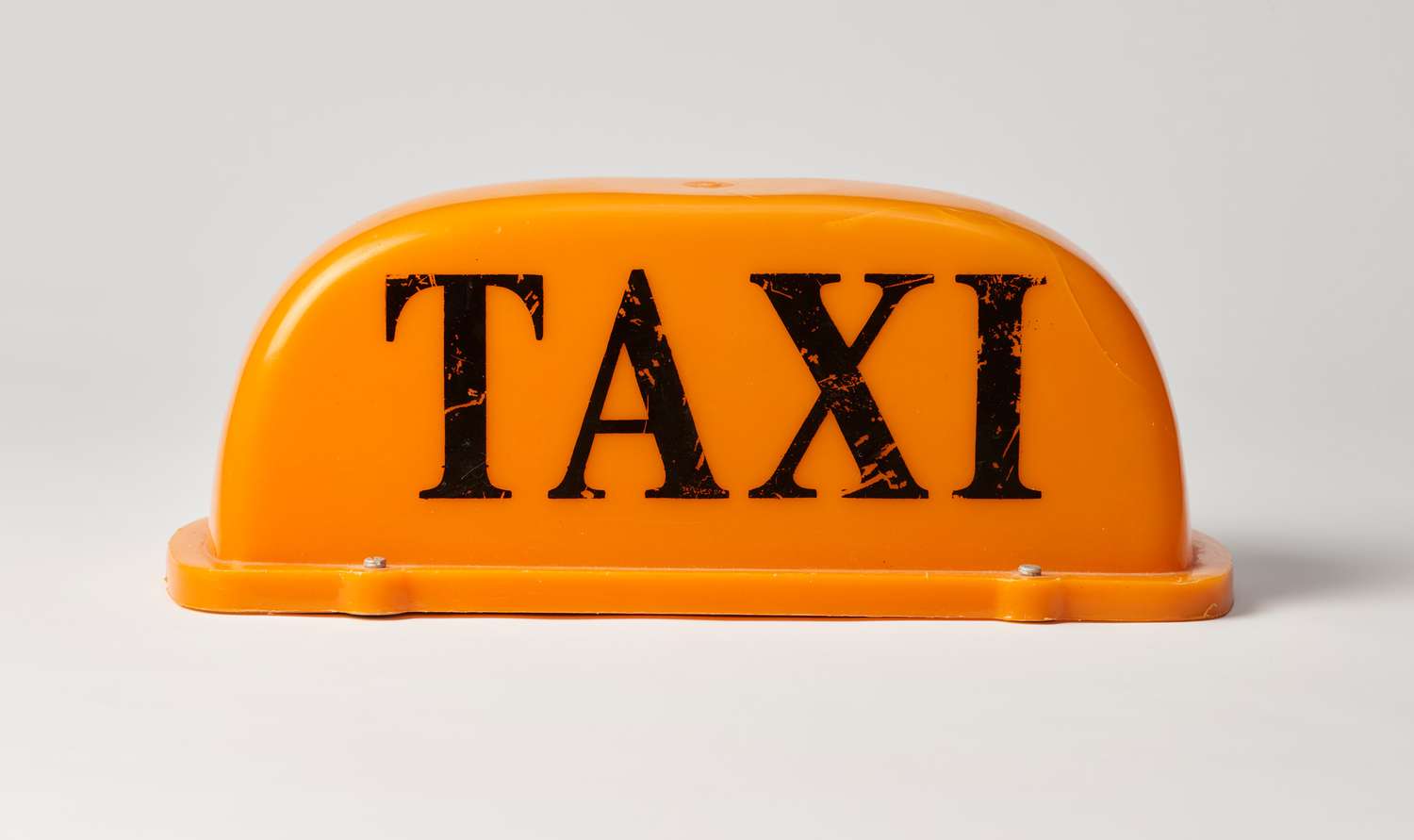
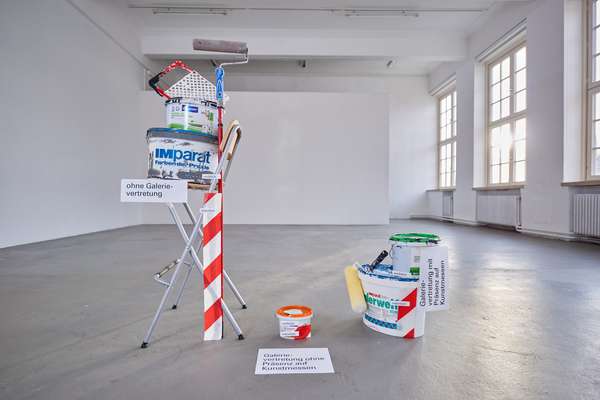
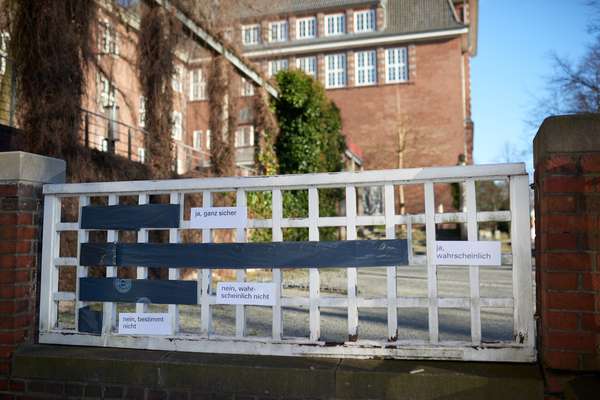
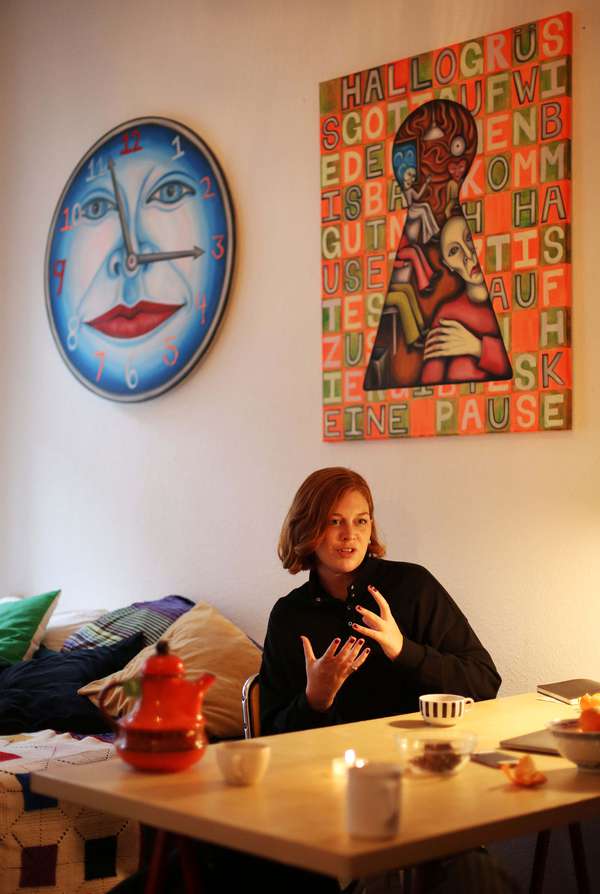
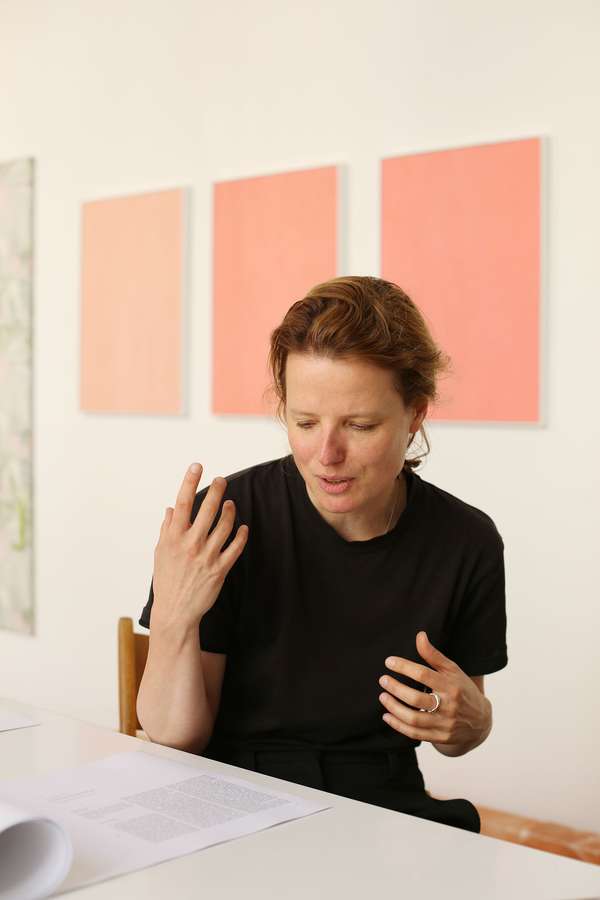
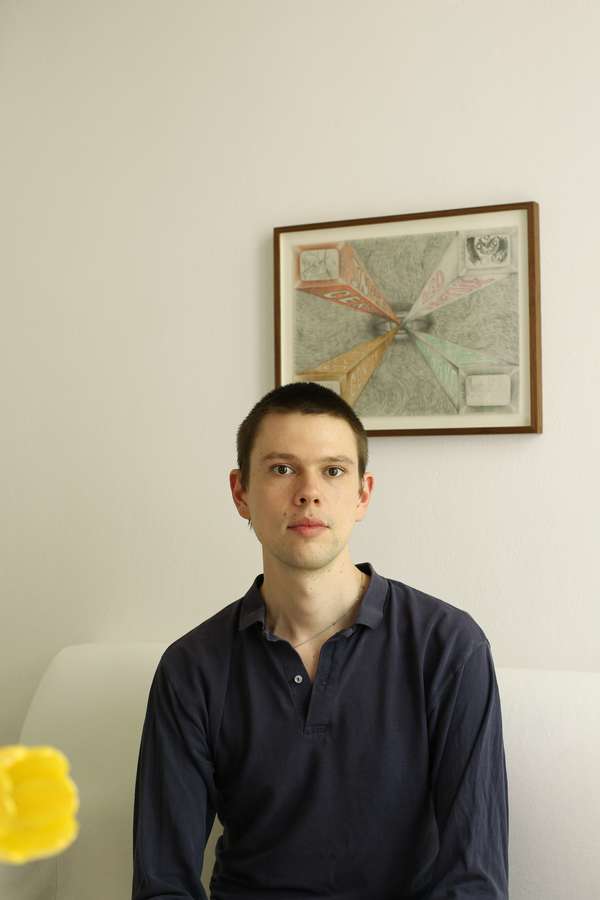
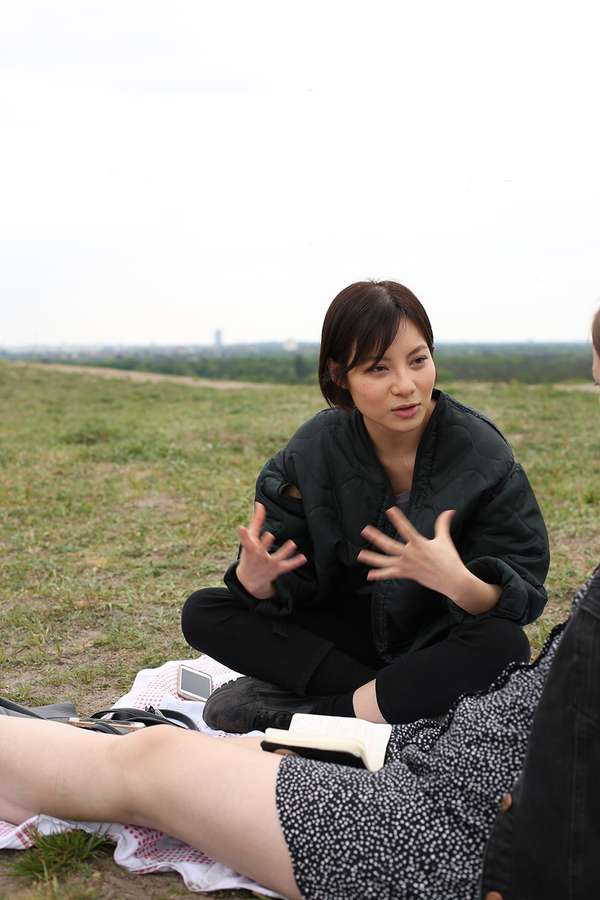
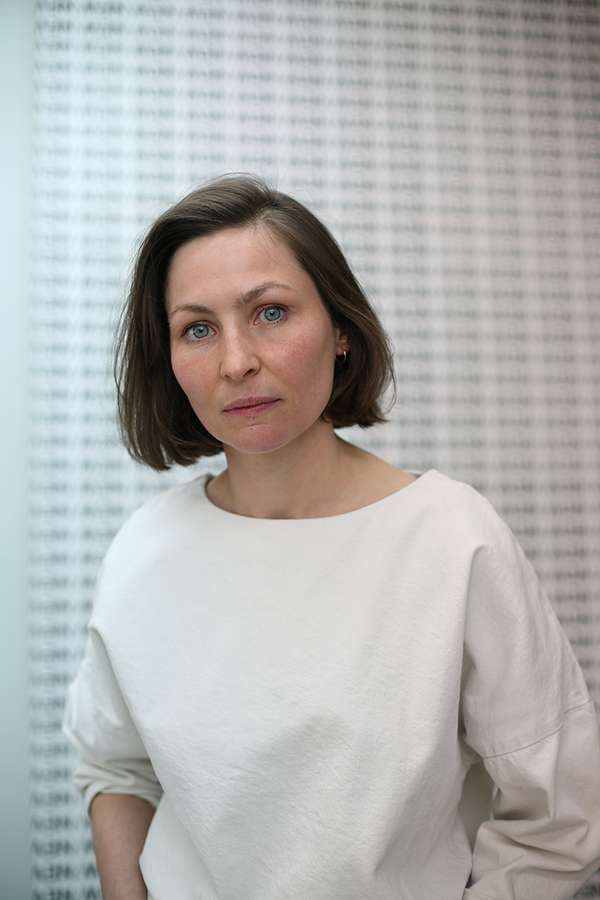
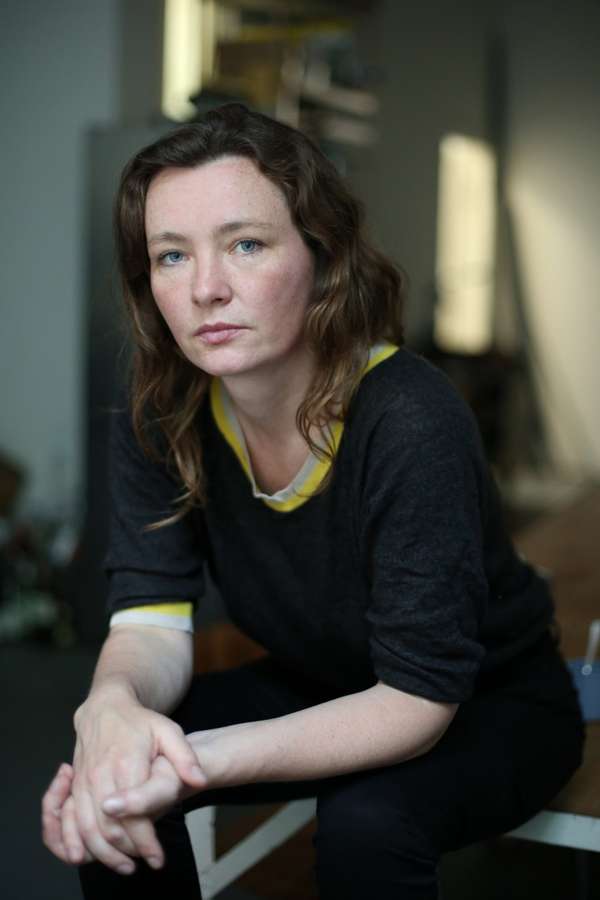
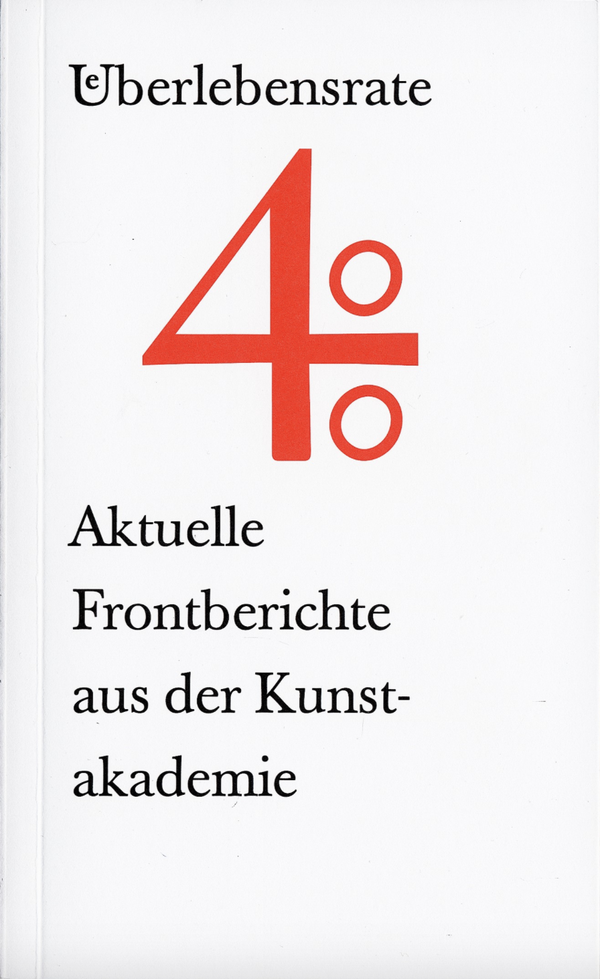
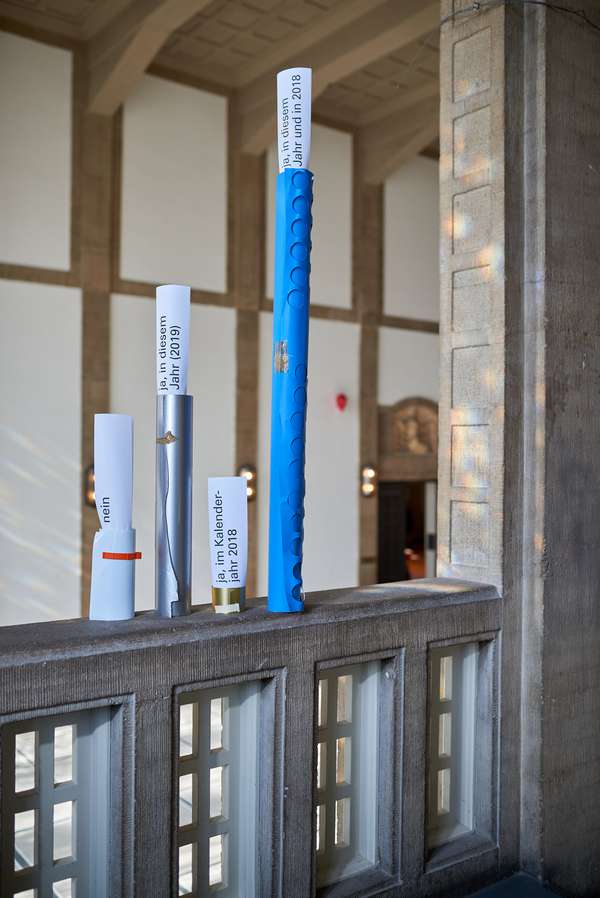
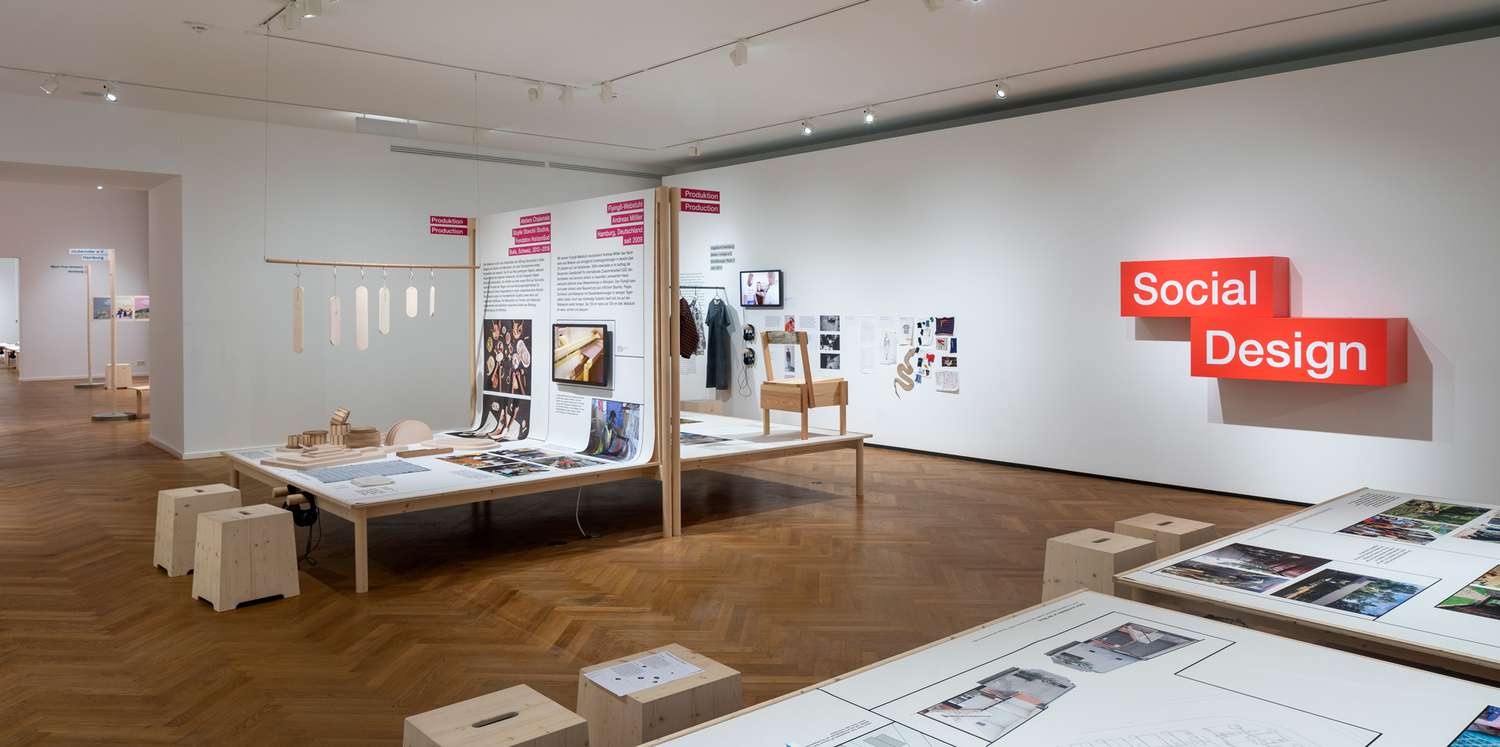
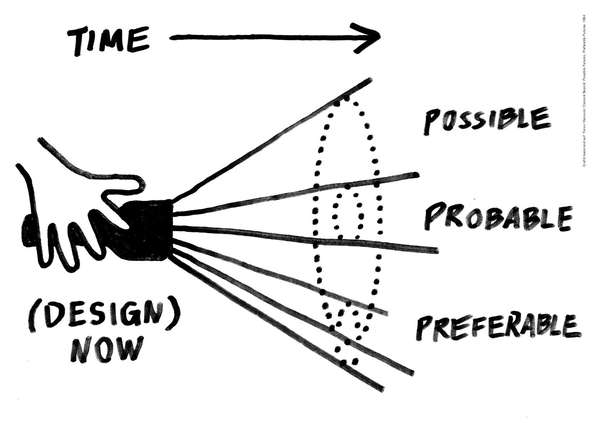
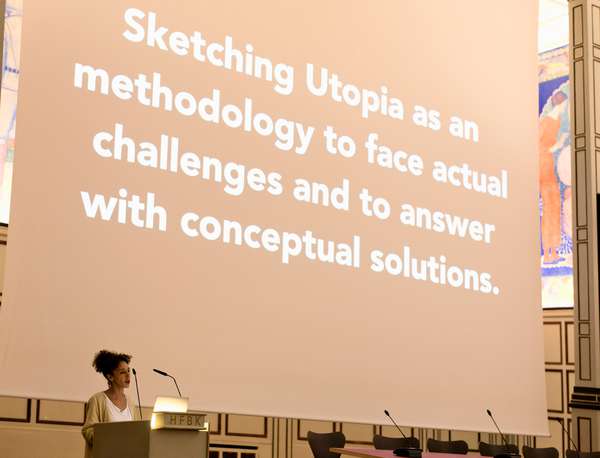
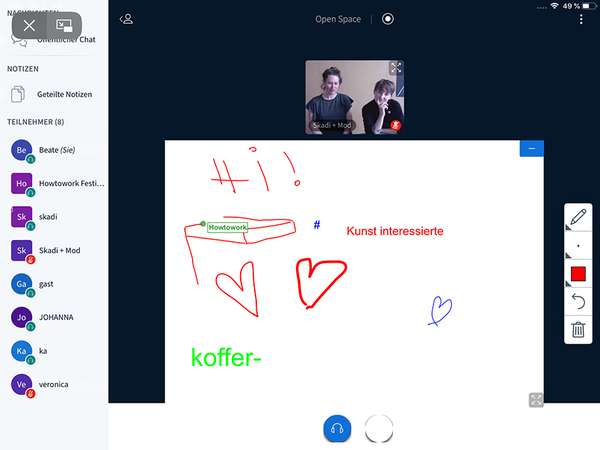
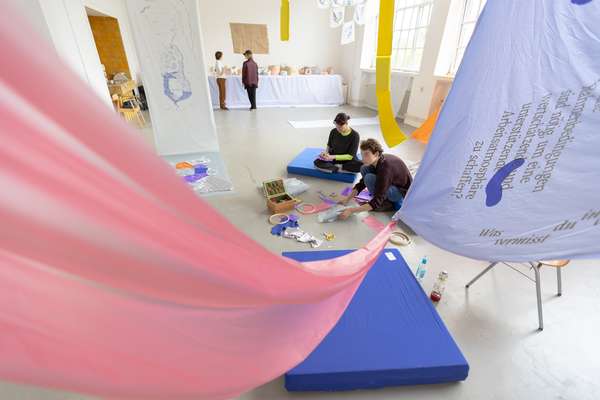
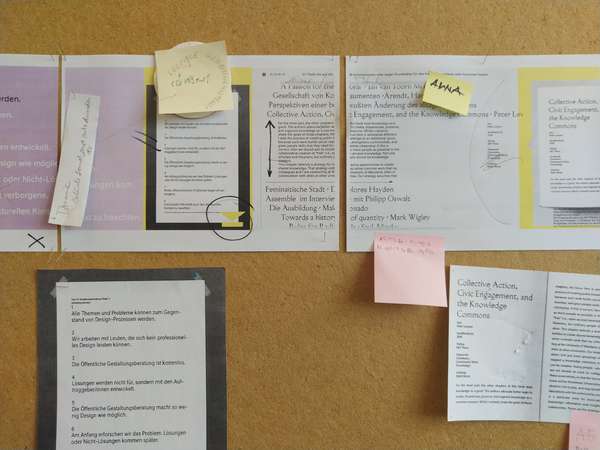
 Graduate Show 2025: Don't stop me now
Graduate Show 2025: Don't stop me now
 Long days, lots to do
Long days, lots to do
 Cine*Ami*es
Cine*Ami*es
 Redesign Democracy – competition for the ballot box of the democratic future
Redesign Democracy – competition for the ballot box of the democratic future
 Art in public space
Art in public space
 How to apply: study at HFBK Hamburg
How to apply: study at HFBK Hamburg
 Annual Exhibition 2025 at the HFBK Hamburg
Annual Exhibition 2025 at the HFBK Hamburg
 The Elephant in The Room – Sculpture today
The Elephant in The Room – Sculpture today
 Hiscox Art Prize 2024
Hiscox Art Prize 2024
 The New Woman
The New Woman
 Doing a PhD at the HFBK Hamburg
Doing a PhD at the HFBK Hamburg
 Graduate Show 2024 - Letting Go
Graduate Show 2024 - Letting Go
 Finkenwerder Art Prize 2024
Finkenwerder Art Prize 2024
 Archives of the Body - The Body in Archiving
Archives of the Body - The Body in Archiving
 New partnership with the School of Arts at the University of Haifa
New partnership with the School of Arts at the University of Haifa
 Annual Exhibition 2024 at the HFBK Hamburg
Annual Exhibition 2024 at the HFBK Hamburg
 (Ex)Changes of / in Art
(Ex)Changes of / in Art
 Extended Libraries
Extended Libraries
 And Still I Rise
And Still I Rise
 Let's talk about language
Let's talk about language
 Graduate Show 2023: Unfinished Business
Graduate Show 2023: Unfinished Business
 Let`s work together
Let`s work together
 Annual Exhibition 2023 at HFBK Hamburg
Annual Exhibition 2023 at HFBK Hamburg
 Symposium: Controversy over documenta fifteen
Symposium: Controversy over documenta fifteen
 Festival and Symposium: Non-Knowledge, Laughter and the Moving Image
Festival and Symposium: Non-Knowledge, Laughter and the Moving Image
 Solo exhibition by Konstantin Grcic
Solo exhibition by Konstantin Grcic
 Art and war
Art and war
 Graduate Show 2022: We’ve Only Just Begun
Graduate Show 2022: We’ve Only Just Begun
 June is full of art and theory
June is full of art and theory
 Finkenwerder Art Prize 2022
Finkenwerder Art Prize 2022
 Nachhaltigkeit im Kontext von Kunst und Kunsthochschule
Nachhaltigkeit im Kontext von Kunst und Kunsthochschule
 Raum für die Kunst
Raum für die Kunst
 Annual Exhibition 2022 at the HFBK
Annual Exhibition 2022 at the HFBK
 Conference: Counter-Monuments and Para-Monuments.
Conference: Counter-Monuments and Para-Monuments.
 Diversity
Diversity
 Live und in Farbe: die ASA Open Studios im Juni 2021
Live und in Farbe: die ASA Open Studios im Juni 2021
 Unlearning: Wartenau Assemblies
Unlearning: Wartenau Assemblies
 School of No Consequences
School of No Consequences
 Annual Exhibition 2021 at the HFBK
Annual Exhibition 2021 at the HFBK
 Semestereröffnung und Hiscox-Preisverleihung 2020
Semestereröffnung und Hiscox-Preisverleihung 2020
 Teaching Art Online at the HFBK
Teaching Art Online at the HFBK
 HFBK Graduate Survey
HFBK Graduate Survey
 How political is Social Design?
How political is Social Design?